- 2024 BOAT BUYERS GUIDE
- Email Newsletters
- Boat of the Year
- 2024 Freshwater Boat and Gear Buyers Guide
- 2024 Boat Buyers Guide
- 2024 Water Sports Boat Buyers Guide
- 2023 Pontoon Boat Buyers Guide
- Cruising Boats
- Pontoon Boats
- Fishing Boats
- Personal Watercraft
- Water Sports
- Boat Walkthroughs
- What To Look For
- Best Marine Electronics & Technology
- Watersports Favorites Spring 2022
- Boating Lab
- Boating Safety


Catamaran Versus V-Hull: Which Rides Better?
- By Kevin Falvey
- Updated: December 2, 2004
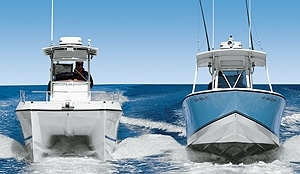
The controversy rages in dockside watering holes, tackle shops, and Internet chat rooms: Which rides better-a catamaran or a V-hull? So far, all the talk has been purely subjective: A cat feels like this, a V-hull feels like that. To us, that’s useless. At Boating Magazine, we need hard numbers, things that we can quantify, then we’ll decide. So we took a Regulator 26, which just might be the best-riding V-hull for its size, and a Glacier Bay 260 Canyon Runner, one of the best-riding cats, and wired them with expensive sensing gear. Rather than a match between two specific boats, it would be a comparison of the finest qualities of each type. We expected the cat to be smoother when the going got rough, but what about the other times? Is it the most comfortable all-around boat? It took us a year-that’s right, one full year-to compile and understand the data, but here, finally, is the answer.
Measured Madness Our first problem was how to quantify a boat’s motion underway. The best tool we came up with is an accelerometer, which records changes and degrees of motion. We also had electronic gear to measure the boats’ angles, WAAS-enabled GPS units, rangefinders to measure distances, four laptops, stopwatches, plumb bobs, measuring tapes, and eventually, a collection of soggy notebooks.
To help us make sense of what we compiled, and back up our conclusions, we enlisted two top naval architects. So we’d like to thank Rick Strand, president of Strand Technologies, a consultant to companies such as Tillotson-Pearson, Boston Whaler, and Brunswick; and John H. Deknatel, president of the legendary design firm C. Raymond Hunt Associates.
With their help, the evidence became clear. What we discovered should silence the know-it-alls and may surprise the enlightened. Without question, we’ve killed the controversy. The boat type with the most comfortable ride is…
Not so fast-to understand our answer, you need to know how we approached the question.
Three Easy Pieces First, we wanted to measure how differently cats and V-hulls turn. To do this, we set up a buoy and had each boat make the tightest 180-degree turn it could at 30 mph. The diameter of each boat’s turn was about the same, although the V-hull averaged 8.4 seconds compared to the cat’s 8.9 seconds. The important difference, however, was how each banked in the turn.
Our electronic angle indicator showed the cat leaning outward by 26 degrees. The unit may have been over-reading due to outward force, but none of the techies from the indicator’s company could confirm this and they therefore stand by its number. By any measure, the cat did lean outward at a steep angle, which can be disconcerting to say the least. Loose gear slides more when a boat leans opposite the turn, and the push that occurs at the apex can make you feel as if you’re going to be thrown out. Of course, with time, you can get used to this. Furthermore, the lean can be minimized by trimming up the outboard engine and trimming down the inboard.
In contrast, the V-hull banked inward by 10 degrees. This not only feels natural, it also has a practical advantage. Centrifugal force pins you and your deck gear into the boat, and you need no special trimming techniques-just turn the wheel.
Both boats are designed for fishing, so our second test was to see how each fared while drifting.
To start, we measured each boat’s roll period-how long it takes to roll all the way to one side and back again. Too short a roll period foretells a jerky motion at sea, too long may mean there’s not enough initial stability. The cat’s period was 2.2 seconds. The V-hull’s was 2.4 seconds, almost 10 percent slower-which in this case is good.
Given our experience with a cat’s less-than-gentle motion at drift, we expected its period to be a lot shorter than the V-hull’s. In hopes of explaining this, we headed out into the ocean.
After the two boats took their natural drift angle in four-foot waves, we looked at the mean G forces each experienced. The cat showed 0.92 Gs, and the V-hull showed 1.18 Gs. So the cat is more comfortable, right?
Not quite. On average, it took the cat 1.15 seconds to reach those Gs, whereas it took the V-hull a little longer at 1.17 seconds. That is, the V-hull accelerated 2 percent slower than the cat. And, as we’ll get into later, slower accelerations equal more comfort.
The results from the accelerometer confirm our roll period tests. The cat, with its greater initial stability, resists rolling. When you stand on its rail at the dock, you notice it hardly leans at all. Most folks think this stability makes for a better boat offshore. But that same resistance to listing at the dock causes a cat to follow the contour of the waves while drifting. The steeper the wave face, the more the cat leans over.
The V-hull has less initial stability, so it gives a bit to your weight at the dock-and to oncoming waves. Its ability to roll easier means it’s not forced to follow the contour of the wave. Instead, as a wave approaches, the boat leans toward it, levels out at the crest, and then leans back into the retreating wave on the way down. In this way, it’s trying to remain level, rather than trying to conform to the angle of the water it’s floating in.
Our third test was to see how smooth each boat ran on a “perfect” boating day, one with a small one-to-two-foot chop on an open bay and a 10-mph breeze. We ran the boats side by side, and the differences shown on the accelerometer were negligible.
So far, after three tests, the V-hull had come out on top in two, and both boats were about equal in one.
We Take It Outside “But what about how they ride when it’s rough?” we hear you ask. “That’s what we really want to know.” And we plan to tell you. But our contention is that there’s more to boating-and enjoying it-than this one element. Unfortunately, and unfairly, bar talk often centers around this, so here we go.
We chose a day when the waves were four to five feet with a six-second period-your typical “rough day.” We ran the boats 100 feet apart at 29 mph directly into the waves. It didn’t matter which boat we were in, it was uncomfortable. Anyone but a masochist would slow down or change course, but we’re here for science.
The graphs on page 86 (see “Graphic Violence”) represent the two boats hitting the same wave. Sharp readers will note that the impacts shown for the two do not exactly coincide. The time each boat hits a wave varies, and a given wave isn’t consistent in shape over its length. Since the boats couldn’t be tied abreast of each other, this is the best anyone can do.
We made numerous runs. For statistical accuracy, we examined seven individual waves for each boat and on each run.
Before giving you the numbers, let’s just say that our accelerometer numbers are dead accurate. But on test day the time between entering a wave, bottoming out, and leaving the wave occurred in less than 0.3 seconds-which is not uncommon. According to Deknatel, “That’s too short a time for your body and brain to process the full effect of the event.” The accelerometer, however, is capable of measuring what we can’t feel.
To accurately compare the ride for a real human, not the machine, you need to look at more than just the peaks of the graph (maximum G force). You need to look at the steepness of the graph’s slope (the time it takes to reach that force), too. A boat that develops more Gs doesn’t necessarily mean it has a harsher ride. It depends on how fast that force is applied. For example, if your 250-pound buddy gently leans on you, what you feel is different than if he were to hit you with a running tackle.
The curve for the cat peaks at 3 Gs; the V-hull, on the other hand, peaks at 4, meaning the cat has 25 percent less gravitational force.
We can also see that the cat consistently decelerated slower when it hit the wave than the V-hull did. It had an average deceleration of 0.287 seconds, compared to the V-hull’s 0.081 seconds-which is 3.5 times faster.
The cat not only landed with less force, it decelerated slower as well. The two combined say it has the more comfortable head-sea ride.
Our test day was rough, so much so that our testers were hard-pressed to say from their gut which rode softer. But, again, the machine is more sensitive than any human, and numbers don’t lie: The cat’s numbers were clearly better.
Later tests also showed the cat delivered lower Gs and slower decelerations while running downsea, in quartering seas, and in the trough. So it’s the most comfortable boat right? Well, not so fast.
Rough Guide We weren’t through testing yet-although some tests were hardly high science.
For example, to see how wet riding each hull was, we taped paper towels to the front of the console. Cats often “sneeze,” or throw a fine mist on certain headings. In this case, and even in the test day’s rough conditions, both sets of towels came back dry.
Then there were issues we couldn’t quantify, such as how a V-hull can dig in its bow going downsea to occasionally make steering difficult, or how in quartering seas a cat’s two hulls catch at different times, requiring constant small steering adjustments.
And there were things that we didn’t have time to test, such as the effect of weight. Typically, a V-hull rides better as it gets loaded down with gear and fuel, which is just the opposite of a cat. Also, our offshore tests were on closely spaced waves. On widely spaced rollers, where boats become airborne, the results would have been different.
In the end, for many boaters, especially those who seem to spend more time in gin mills and chat rooms than on the water, ride quality simply means how softly a boat handles head seas. By that standard, as measured by our accelerometers, and in our test conditions, the cat was the clear winner.
But ask yourself, how often do you go out in weather like that? To make the results of our tests worthwhile for you, ask yourself, “Which boat rides better in the conditions I expect to meet?”
For example, if you have to run far and fast to get to an offshore fishing ground, the cat is a better choice. If you fish close to home, and drift or troll more than flat-out running, the V-hull would be better.
Take all our tests into consideration, and the boat you buy will be the right boat-your Mr. Smoothie.
- More: Boats , express fishing , Fishing Boats , glacier bay catamarans , multipurpose , versus
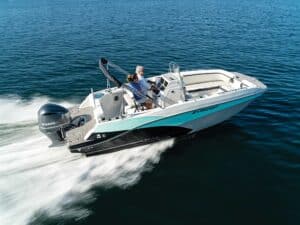
Boat Test: 2024 Starcraft SVX 231 OB CC
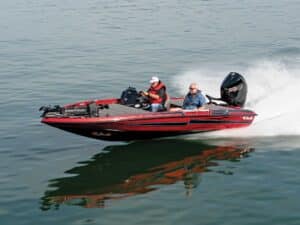
Boat Test: 2024 Bass Cat Caracal STS
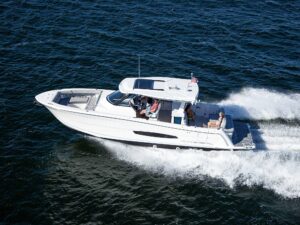
Boat Test: 2024 Regal 38 Surf
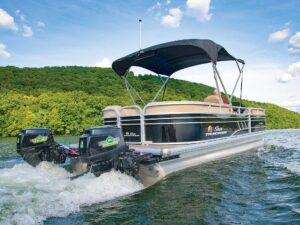
Using Hydrofoils to Improve Boat Performance
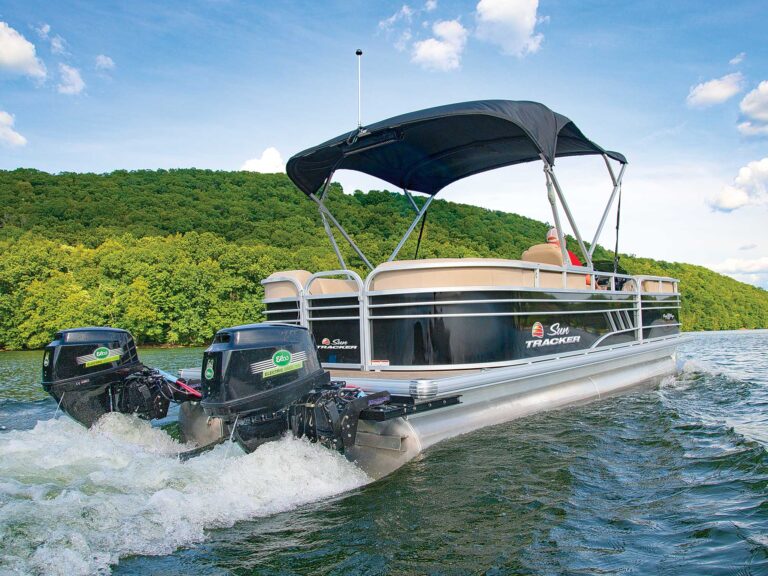
We Test Interlux Trilux 33 Aerosol Antifouling Paint
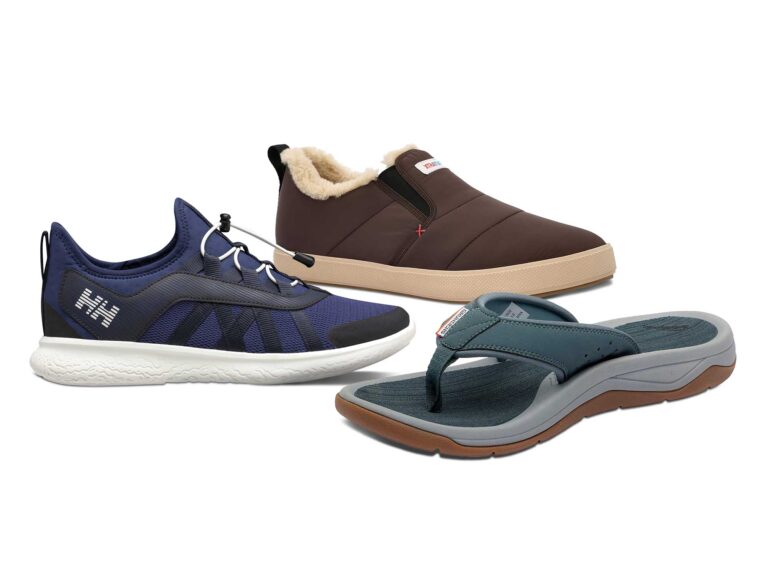
Boating Shoes for Spring and Summer

MasterCraft Celebrates International Women’s Day With Fourth Annual ‘Let Her Rip’ Campaign

- Digital Edition
- Customer Service
- Privacy Policy
- Cruising World
- Sailing World
- Salt Water Sportsman
- Sport Fishing
- Wakeboarding
Many products featured on this site were editorially chosen. Boating may receive financial compensation for products purchased through this site.
Copyright © 2024 Boating Firecrown . All rights reserved. Reproduction in whole or in part without permission is prohibited.

Catamaran Parts Explained: Interactive Guide (For Beginners)
As an Amazon Associate, we earn from qualifying purchases. We may also earn commissions if you purchase products from other retailers after clicking on a link from our site.
Learning a new skill can sometimes be time-consuming, and learning to sail also means learning a new language with tons and tons of new words that, in the beginning, makes no sense at all.
Some of the words you will read about in this article stem from the early days of sailing. Some are only a decade old; in this article, I have tried to compile all the basic terminology that I believe a beginner needs if he or she wants to understand sailing and catamarans.
Feel free to use this article as a resource and come back to it when you want to look something up or just to learn more!
Table of Contents
Main sections on a catamaran
- Hulls; are what separates a cat from other sailboats, a catamaran has two hulls, a trimaran three, and a regular sailboat, aka monohull, has one. The hull is the part of the sailboat which makes it float and to where all other things are attached. The hulls are usually divided into sections, such as usable and non-usable area. An example of a usable area is the engine room.
- Cockpit ; is from where the boat is maneuvered; it is to here that all halyards, sheets, etc. go. The cockpit contains navigation and steering equipment and is from where the sails, rudder, and engine are controlled.
- Deck; is the top part(roof) of a catamaran covering the hulls and bridge deck. The deck is made hard enough to walk on. To the deck, attaches lifelines and other equipment.
- Sugarscoops ; are the aftmost part that gets their name from their scoop-shaped appearance; this is where the deck/cockpit meets that water and usually encompasses a stair or ladder for easy access depending on the size of the boat.
- Cabin; is basically any area on the inside of the boat that is protected from the weather and is made to offer the crew space to rest, eat, and hangout. Inside the cabin, you will find berths (beds), a galley (kitchen), and sometimes specialized areas for repairs or storage.
- Bridgedeck; connects the two hulls; the inside is the cabin, the top part is the deck, and the entire unit is called the bridge deck. Bridge deck clearance, the bridge deck’s height above the water, is an important factor on a catamaran since a too small clearance will create excess noise and vibrations and fatigue not only the crew but also the boat.
Main areas on a catamaran
Bow (front).
Nothing complicated here; the bow is just a nautical term for the foremost part of your boat. This is where the waves and the sea first meet the hull and depending on the type of boat, the bow(s) can be shaped differently.
Center (Middle)
The part between the bow and the stern is rarely called the center part( middle) of a boat; more common is to speak about the specific area situated within the middle part of the vessel, such as the cabin or the mast.
- Cockpit; as mentioned above, here you will (usually) find everything that you need to maneuver and navigate the boat, such as a compass, GPS, sheets, steering wheel, and throttles for the engines. Some boats may not be set up this way and require you to move around the boat to access certain controls.
Cabin (inside of the boat)
The boat’s interior is where you will find everything that is made for the crew’s enjoyment; it is a place to eat, sleep, rest up, and hide away from nasty weather.
- Berths; is a bed; sailors need to sleep too!
- Galley ; is another name for kitchen, usually set up in a very primitive way with a gas stove on a stabilized platform to ensure your food won’t get tossed around.
- Navstation; or navigation station, is a place, usually with a table, chair, and equipment for planning and logging a journey.
Stern (Back)
Stern is the name for the rearmost part of the boat; there is no clear definition as to where the stern stops and other parts begin, so it is something that the crew will have to figure out on their own through good communication.
Communicating directions on a sailboat
Not only will you have to know the different names of different areas on the boat, but it will also be essential to communicate clearly in what direction something is happening, for example, in a situation where you, the captain, want the crew to observe in a specific direction or pick up a piece of gear somewhere on the boat.
Communication on a sailboat is vital when you want to sail safely and efficiently; here, I have listed the words or phrases used to communicate a direction.
- Forward; easy as it sounds, it is the same direction as where the bows are pointing. When giving directions towards or beyond the bow, you will use the word “forward” for example; the fender is located forward of the mast.
- Aft ; is the behind the boat. When you are giving directions towards the stern, you will use the word “aft”; for example, the cockpit is located aft of the mast.
- Port ; this will be your left side. Fun fact, in the good old days, you would always dock with the port on your left side; hence port is the left side. If you ever forget which one is which, “port” has 4 letters and so has the word”left”!
- Starboard ; is your right side!
Types of sails
Sails come in very different shapes and sizes and are a science in itself; in this article, I will focus on the mainsail and three common types of staysail.
- Mainsail; is, per definition, the sail attached to the mast; its sideways movements are controlled by the boom. When the mainsail is triangular in shape, as on most modern sailboats, it is called a Bermuda rig. Most mainsail uses something called battens.
- Staysail; mainly comes in two versions, a staysail that does not overlap the mainsail is called a jib. A staysail that is larger and thus overlaps the mainsail is called a genoa.
- Spinnaker ; is a big balloon-like sail that replaces the jib when sailing downwind.
Parts of a sail
- Luff; the front part of the sail, is connected to the mast through a rail system which makes it possible to hoist or reef.
- Leech; the back part of the sail.
- Foot; the bottom part that reaches from the clew to the tack.
- Clew; back bottom corner.
- Tack; is the front bottom corner (remember “tacking”?).
- Head; is the top triangle of the sail and this is where the mainsail halyard attaches.
- Battens; are pieces of flexible material sewn into the mainsail to increase its aerodynamic shape. Battens can be full length or partial length.
Standing rigging
Everything that keeps the sails and mast upright are parts of the standing rigging; it is comprised of wires, cables, and lightweight metal structures.
- Forestay; usually a metal wire running from the top of the mast to the bow, is sometimes combined with an inner forestay that connects to the mast at a lower point. If the forestay attaches to the top of the mast, the setup is called a masthead rig; if it attaches lower, it is called a fractional rig.
- Backstay ; same as the forestay but attaches to the stern; most catamarans do not employ a backstay system but instead moves the side stays aft.
- Shroud ; much like the forestay but stabilizes the mast sideways and runs from the top to the port or starboard side. Spreaders are used to change the angle of the wire against the mast and better support the mast.
- Sidestay ; connects to the mast below the shrouds and is not pushed outwards with spreaders. On a catamaran, these attach aft of the mast to eliminate the need for a backstay; this makes it possible for a fully battened mainsail with a large roach.
- Jumpers; are used on a fractional rig with diamond shrouds to add structural integrity to the mast without adding excess weight.
- Bowsprit; is a pole amidship at the bow that allows for separation of the tacks (foremost, lower part of the sail) for increasing sail efficiency when using two headsails.
Other stabilizing parts
- Spreaders; act to lessen the angle between the shrouds and the mast; a wider angle will result in forces acting sideways (stabilizing) instead of up and down (bending). This increases stability and decreases the risk of unwanted bending of the mast.
Running rigging
The running rigging on a catamaran is any piece of equipment used to control the shape of the sails, including what is needed to raise them.
- Sheet; are the ropes (or wire, cables, etc.) that connect to the clew of a sail; on a catamaran, it connects to the staysail (genoa or jib, depending on the shape).
- Mainsheet ; is the rope that makes it possible to change the mainsail’s angle; the mainsail can only move in a port to starboard direction(right and left) and not up and down.
- Staysail sheet ; is called after whatever type of sail it is connected to, i.e., jib sheet or genoa sheet. Worth notice is that since the staysail operates on both sides of the catamaran (depending on if your tacking or gybing), it is connected with two ropes, one for the port side and one for the starboard side.
- Halyards ; are the ropes that connect to the top of a sail and make hoisting (or raising) possible. Halyards have different names depending on what sail they are raising, such as Mainsail halyard or jib halyard. Not to be confused with sheets that act upon the sail once they are already hoisted. If the staysail is using a roller furling, then “hosting” is done differently.
- Furling line; is used together with a roller furling and makes it possible to spool up the sail on the forestay instead of raising and lowering. This makes for a faster and easier way to reduce sail area.
- Reefing lines; reefing is when you lower parts of your sail to reduce the sail area and reduce the boat’s power and speed; reefing lines are put through holes in the mainsail and attach to the boom.
- Boom vang; is connected between the boom and deck; it is used to change the mainsail’s shape by pulling downward on the boom. (not very common on Catamarans)
In this category, we will look at the hulls and some of the vital parts that attach to them under the waterline.
- Hulls; differ in their shapes depending on the boat’s purpose, a racing cat would have narrower hulls to reduce drag, and a cruising cat wider hulls to encompass more storage.
- Rudder; is what changes the direction of the boat. When water passes around the rudders(two on a catamaran), it creates a “pushing force” that makes the boat turn. The rudder is connected to a steering wheel or a tiller at the cockpit through chains and linkage.
- Centerboard and daggerboards ; are sorts of keels that can be raised or lowered to attain certain sailing characteristics. When the keel is up, drag is lower, and so is the draft (how deep the boat sticks in the water). A small draft makes it possible to travel in very shallow waters. The difference between a daggerboard and a centerboard is that a centerboard swivels into place, and a daggerboard is pulled straight up.
- Mini-keel; is just what it sounds like; it is a keel but very small (a few inches deep) and has no ballast.
- Crossbeam ; is a multihull-only feature and keeps the two hulls from moving in relation to each other. If the crossbeam is damaged or nonexistent, the bridge deck is the only thing that keeps the hulls in place. This will increase wear and sooner or later lead to cracks, or even worse, separation of hull and bridge deck.
Most catamarans have two engines, one on each hull aft the stern; usually, they are internal with only the propeller in the water. The other option, which is cheaper and most often found on smaller boats, is to have one outboard engine placed amidship (middle).
- Inboard ; engines are situated in a compartment inside the boat at the stern. On an inboard engine, the propeller and the shaft are the only parts outside the hull. Sometimes the prop shaft (propeller shaft) is replaced by a sail drive.
- Outboard ; is a standalone engine usually mounted on the bridge deck amidship(if only one is used) or mounted at the sterns when used in pairs. They are linked together with pushing rods and wires so it can be manipulated from the cockpit.
- Saildrive ; is a type of gearbox that is quieter and vibrates less than a regular propeller and shaft setup.
- Propeller and shaft; are the most common and cheapest way to propel your boat. It is basically just a watertight axel that sticks out of the hull, and at the end of it, you’ll find the propeller.
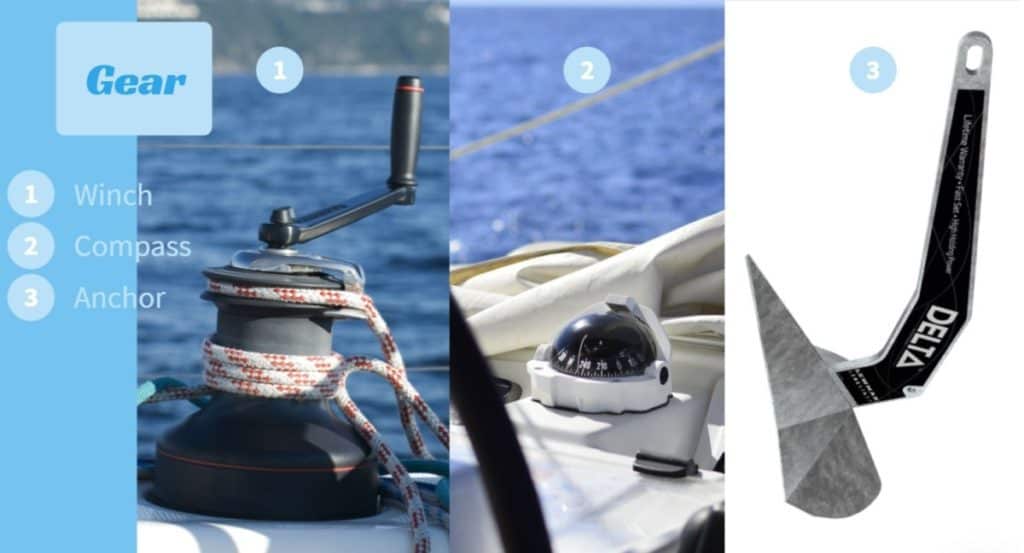
There are so many pieces of gear aboard a catamaran that an all-encompassing article would probably fill up the entire internet. Below I have listed the most common equipment that you will most likely encounter on any sailboat.
- Winches; makes handling lines and ropes much easier. Instead of pulling them with your bare hands, you loop them around your winch and use the handle to crank. Winches come in mechanical style or electrical style.
- Anchors ; is basically just a big hook made to stick to the bottom of the sea. Anchors have different shapes and weights depending not only on the seabed but also on the boat’s weight and size.
- Navigation ; compass, GPS, and maps are all vital pieces of equipment making your trip safe.
- Cleats ; is any equipment that is made to fasten a rope. Cleats come in different configurations; jam, cam, rope clutch, or the most common horn cleat.
- Block ; is a device that can be used in pairs as a pulley (to reduce the force needed to lift something) or on its own to reduce the friction of a rope when the rope can not be drawn in a straight line.
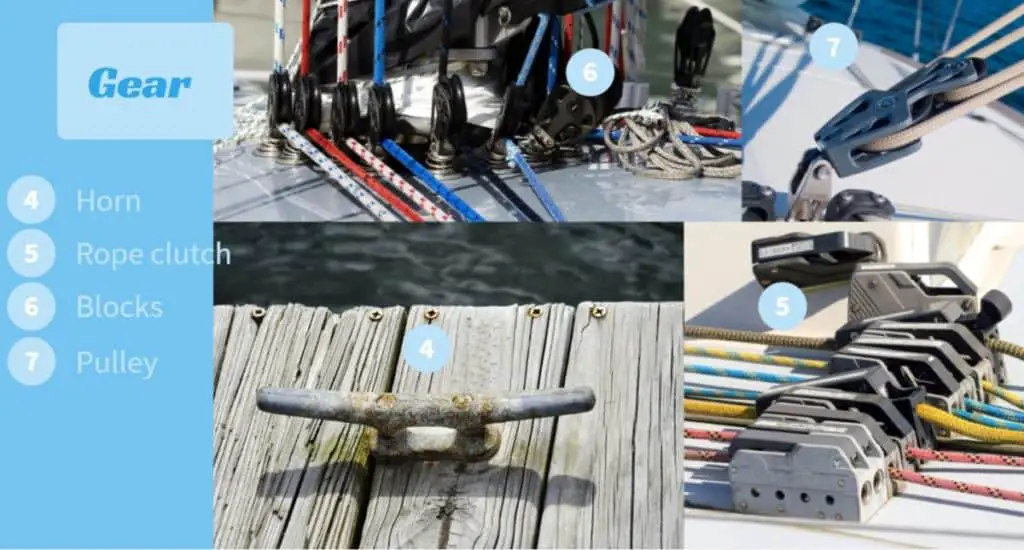
Owner of CatamaranFreedom.com. A minimalist that has lived in a caravan in Sweden, 35ft Monohull in the Bahamas, and right now in his self-built Van. He just started the next adventure, to circumnavigate the world on a Catamaran!
Leave a Reply Cancel reply
Your email address will not be published. Required fields are marked *
Save my name and email in this browser for the next time I comment.
Recent Posts
Must-Have Boat Gear for Catamaran Sailors!
Sailing is probably the most gear-intensive activity I've ever done; there are so many decisions to be made about what gear to buy now, for tomorrow, and what to definitely never buy. The gear on...
6 Best Trailerable Trimarans For Bluewater and Coastal Sailing
Having a boat costs a lot of money, even when you are not using it, marina fees, etc. And once it is in the water most sailors never go very far from their "home marina" and sailing will be somewhat...
Did You Know That We Offer Contract to Closing Services? Click Here to Find Out More.
Need Marine Financing? Apply Here With Our Partner, First Approval Source
- Catamaran Interviews
- Catamaran Reviews
- Buying Advice
- Selling Advice
- Woods Design Advice
- Americat 3014
- Balance 526
- Bali 40 Catspace
- Beneteau Blue II
- Broadblue 346
- Broadblue 38 Prestige
- Broadblue 385
- Broadblue 435
- Broadblue 46
- Catalac 10M
- Catalac 11M
- Catalac 12M
- Catalac 900
- Catana 42 S
- Chris White 48 Voyager
- Chris White 55
- Corsair F28 R
- De Villiers
- Dolphin 460
- Endeavour 30
- Endeavour 35 Victory
- Endeavour 36
- Endeavour 44
- Endeavour 44 TrawlerCat
- Fortuna 36 Island Spirit
- Fortuna 401 Island Spirit
- FP 32 Maldives
- FP 35 Tobago
- FP 37 Antigua
- FP 38 Athena
- FP 39 Fidji
- FP 40 Lavezzi
- FP 40 Lucia
- FP 40 Summerland MY
- FP 41 Lipari
- FP 42 Astrea
- FP 42 Venezia
- FP 43 Belize
- FP 44 Helia
- FP 44 Orana
- FP 46 Bahia
- FP 46 Casamance
- FP 48 Salina
- FP 56 Marquises
- FP 57 Sanya
- FP 60 Eleuthera
- FP Saona 47
- Gemini 3000
- Gemini 3200
- Gemini 3400
- Grainger 420 Mystery Cove
- Hirondelle 7M
- Lagoon 37 TPI
- Lagoon 42 TPI
- Lagoon 43 PC
- Leopard 39 PowerCat
- Leopard 45 Classic
- Leopard 47 PowerCat
- Leopard 51 PowerCat
- Leopard 53 PowerCat
- Maine Cat 30
- Maine Cat 41
- Matrix 450 Vision
- Matrix 760 Silhouette
- Maverick 400
- Maverick 420
- Maverick 440
- Nautitech 40
- Nautitech 442
- Nautitech 46 Open
- Nautitech 47
- Outremer 40
- Outremer 45
- Outremer 50 Standard
- Outremer 55
- Privilege 37
- Privilege 39
- Privilege 42
- Privilege 43
- Privilege 435
- Privilege 45
- Privilege 465
- Privilege 48 Transcat
- Privilege 482
- Privilege Serie 5
- Prout 31 Quest
- Prout 33 Quest
- Prout 34 Event
- Prout 35 Snowgoose
- Prout 37 Snowgoose
- Prout 37 Snowgoose Elite
- Prout 38 Manta
- Prout 39 Escale
- Royal Cape 45
- Royal Cape 530 Majestic
- Royal Cape Majestic 500
- Sailcraft 30 Iroquois
- Sailcraft 32 Comanche
- Sailcraft 35 Cherokee
- Sailcraft 41 Apache
- Sailcraft 44 Apache
- Wildcat 350
- Seawind 1000
- Seawind 1160
- Seawind 1200
- Seawind 1260
- Seawind 1600
- Solaris 36 Sunrise
- Solaris 36 Sunstar
- St Francis 44
- St Francis 48
- St Francis 50
- Stealth 11.8
- Heavenly Twins 26
- Ocean Twins 38
- Voyage 380 Maxim
- Voyage 400 Norseman
- Voyage 430 Norseman
- Voyage 450 Cabriolet
- Voyage 47 Mayotte
- Wharram 38 Tiki
- AMI 320 Renaissance
- Woods 22 Wizard
- Woods 35 Banshee
- Woods 35 Flica
- Woods 36 Scylla
- Woods 36 Vardo
- Woods 38 Transit
- Woods 40 Meander
- Xquisite X5
- Xquisite X5+
What are the parts of a catamaran called?
- Post author By Richard
- Post date September 28, 2020
- No Comments on What are the parts of a catamaran called?

This article is a dictionary of sorts of common terms used whether slang or professional among catamaran sailors.
balsa cored (adj.) – description of a type of building technique common on catamaran used for weight saving purposes. End grain balsa is sandwiched between two layers of fiberglass to stiffen, lighten, and insulate the hull and deck of many catamarans. Usually balsa coring is discussed in terms of concerns about water logged or “wet” coring material which is a significant expensive as well as a common issue especially as catamarans get older.
beach platform (n.) – a type of platform at the back of catamaran in particular the Voyage 440. The platform runs the whole back width between the swim platforms and function as a place behind the cockpit combing to layout, fish, and dangle your feet.
beachable (adj.) – describing a class of catamaran which can safely be run aground and mooring on a sandy bottom often a beach. The hull is constructed so that the design can stay upright and support its own weight when the tide goes out.

breakaway skeg (n.) – an underwater appendage of some catamarans including some Leopard and Outremer models which protects the rudders and breaks away in the case of an impact whether in a grounding situation or underwater debris.
bridge clearance (n.) – also known as air draft. The height from the water level to the tip of the mast. Should include the height all the way to the tip most antenna. Heights provided by manufacturers often underestimate because of the antenna. A key number is 65 feet which in the United States is the limiting clearance for fixed bridges on the Intracoastal waterway. Some owners cut down their masts to get under this limit. Many manufacturers specifically design around the 65 foot limit although with catamarans this is difficult as they tend to have taller masts than other sailboats and smaller headsails for the same waterline length.
bridgedeck clearance (n.) – distance between the center section of catamaran where salon is aka the bridgedeck and the water. Common focus is if the catamaran “slaps” which means in rough seas waves come up and pound against the bottom of the hull. Higher bridgedeck clearance is preferred and considered a bluewater characteristic while low bridgedeck clearance is a common concern. A good way to measure is by extending a measuring tape from behind the cockpit to the waterline and a normal rule of thumb number is two feet.
charter version (adj.) – catamaran built for the charter trade usually Moorings or Dream Yacht Charters which has additional cabins and heads. Usually this means four cabins and four heads. This layout is ideal for charter but often private owners prefer a more luxurious master hull giving them a three cabin and two head layout.
companionway (n.) – the main opening to access the interior of the catamaran. This may be a single hatch like door for example on Mantas or large sliding doors which fold up above the cockpit like on Seawind catamarans. A key design interest for builders and owners is the connection and flow between the cockpit where the most time is spent while onboard and the galley and salon areas.
condomaran (n.) – derogative term towards space focused, performance challenged catamarans such as a Lagoon, Leopard, or Fountaine Pajot.
cored above waterline (adj.) – a description of a common build technique where to lessen water intrusion into balsa coring, that sandwich is not carried below the water line. The term is a bit deceptive as usually the coring does go farther than what most owners would think and often below the waterline although not all the way to the bottom of the hull.
crew quarters (n.) – a pretty minimal and harsh accommodations area on catamarans forward in a bow where the captain and crew are supposed to sleep and live when a catamaran is captain chartered. Often on used catamarans becomes an excellent storage area. An unlivable marvel of a cabin that is suggestive of suffering.
cross beam (n.) – beam usually metal that is forward most and the headsail attaches to. Keeps the two hulls structurally joined at the bow.
cutter (adj.) – a rare type of sailboat where there are two headsails and the mast is well aft. Easily confused with a cutter rigged sloop. See definition for sloop cutter.
daggerboards (n.) – boards used to help windward performance and common on performance catamarans like Catanas while not used on charter catamarans like Lagoons and Leopards. Helps the catamaran head further upwind and make less leeway.

davits (n.) – a critical item on a catamaran which holds and supports the dinghy behind the cockpit. Many different arrangements are common. The davits are operated using a line or multiple lines to lower the dinghy into and raise out of the water for security from getting stolen at anchor or for safety offshore. A common concern of the ocean going sailor is monitoring and making sure if rough seas that the dinghy is tight and secure.
emergency hatch (n.) – a hatch at the bottom of the boat usually under the salon or steps downward into one of the hulls which becomes an emergency escape hatch if the catamaran flips and goes turtle. Required safety feature that hopefully no sailor needs to use. Also can be used to fish from in calm water. Can be a source of leaks or come dangerously loose and cause drama offshore.
family version (n.) – a charter layout of a used catamaran that is preferable for families that usually want at least four cabins to accommodate three or more children. The best type of catamaran!
flat top sail (n.) – a high tech fancy sail with a flat top. Expensive and not as common although becoming more common. Maximizes sail area.
flybridge (n.) – helm above the cockpit common on some popular charter catamarans like the Lagoon 440 or Lagoon 50. Design allows great visibility from aloft but also roughly exposes the captain and can uncomfortably separate the owner-captain from his friends and family.
flying ahull (n.) – when one hull lifts off the water and a catamaran sails only with one hull in the water. Not a good sign for almost any catamaran even performance catamaran. Likely followed by flipping and mayday on cruising catamarans.
four heads (n.) – number of heads on many catamaran layouts preferred for charter. Each guest has a cabin and head, so that no one must share heads during their week together. Usually a negative for private ownership even for families that prefer four cabins as more heads means more problems and less space for other accommodations.
french built (adj.) – denotes the catamaran was built in France. Suggests a more performance focus like Catana or lighter production built like Lagoon. Definitely an aesthetic focus on fast striking lines.
forward cockpit (adj.) – a cockpit in front of the salon area usually accessed by a forward facing companionway door. Made famous by the Leopard 44. Some sailors question usefulness or durability in heavy seas of a large opening on the front side of a catamaran.

galley down (adj.) – kitchen area down in one of the hulls. Associated with older designs or designs seeking weight advantage of lower center of gravity such as Antares 44. Uncommon in more recent catamarans and unheard of for charter catamarans as galley down is inconvenient for four guests for sleeping an food access.
galley up (adj.) – Common for most modern catamarans. Improves flow from cockpit and helm to kitchen as well as separation of shared living areas from private cabin areas.
hard top (adj.) – solid glass top to protect guests in cockpit from sun exposure as well as give a platform above for sail handling or diving from into water. Also a sunbathing area or area for solar panels.
ICW friendly (adj.) – catamaran with rig height below 65 feet to go under fixed bridges along United States eastern seaboard.
IO drive (n.) – a rare engine and drive combination as seen on Gemini 105 MC catamarans where a single diesel engine is centerline and there is an outdrive mounted on a hinged support.
ketch (adj.) – very unusual rig configuration on a catamaran with two masts and the second mast aka mizzen mast being shorter than the main forward mast.
outboard (n.) – gas engine that mounts to a stern or inside a swim platform and includes both the motor and drive. Less expensive and easier to replace yet less durable and less safe offshore. Common on smaller catamarans under 40 feet. Can come in twin configurations or a single centerline configuration. Also a separate small horsepower outboard is usually the power for the dinghy.
owner version (adj.) – usually less common version of a production catamaran where the layout is optimized for private use not charter. These models were usually never chartered and command a premium price on the used market both because of the lower wear from private ownership and the more comfortable layout. Typically in the 40 foot range which consists of the majortiy of catamarans, this means three cabins and two heads with one hull using the missing cabin and head space for a larger head and cabin and maybe an office or lounge area.
performance catamaran (n.) – catamaran with daggerboards which is geared towards more minimal accommodations and faster, lighter performance with a more athletic crew. Rarely chartered.
production catamaran (n.) – charter type catamarans with a focus on space and cabins and low prices. Large numbers built and send to Caribbean to be bareboated for 5 years.
raked mast (n.) – a mast tilted backwards common on catamarans as compromise between performance and accommodations. Dean catamarans are a common brand known for noticeable rake.

saildrive (n.) – a type of drive common on most newer catamarans which helps maximize space and minimize drag as well as being cheaper to build. The engines are in lockers in the swim platforms instead of under the aft berths. There are maintenance issues such as increased difficulty in changing oil and underwater seals which commonly deteriorate and let raw water into and emulsify the oil.
salon (n.) – area inside the catamaran above the bridgedeck which is usually common area of inside helm, large lounge and settee, galley on galley up designs.
sloop (n.) – the most common sail arrangement which consists of a large mainsail and single headsail. The mast is well forward at the front of the salon.
sloop cutter (n.) – a less common sail arrangement of a sloop with the mast forward but two headsails.
snubber (n.) – a rope tied between the two hulls at the bow which hangs downward and has a shackle which is hooked into the anchor chain to take the load of the anchor off the windlass when deployed.
solid foredeck (n.) – a type of design where instead of tramplolines the deck is composed of solid glass. Weight is a concern and this arrangement is less common normally seen on Privileges. Allows for a more solid lounge area and additional storage on deck.
solid glass (n.) – referring to a type of catamarans usually older which does not have coring material in either the hull or deck or both. Weight is an issue and this type of catamaran is slower but the solid glass makes it also impenetrable to water intrusion a common and expensive problem on most catamarans. Examples include Catalac or PDQ catamarans.
south african built (adj.) describing a catamaran built in the second most common exporting country. These catamarans are tended to be though of as stronger and more bluewater capable than French built catamarans. Most common example is Robertson & Caine’s Leopard line of catamarans which are sold mostly to Moorings for charter.
stem (n.) – leading tips of the hulls. Often get banged up from running into things and have gelcoat and paint repairs.
tiller (n.) – a type of steering system where a long piece of wood or carbon fiber is attached directly to the rudder. Outremer is an example of a catamarans with tillers. Typically these are performance oriented catamarans and the tiller allows the helmsperson better feel of the sailing performance. The helm positioning also exposes the driver more to the elements.
trampolines (n.) – nets that are used to finish out the bow area and conserve weight on most catamarans. These are important to keep in good condition for safety reasons. Make a great lounge area and in rough seas a fun spray pad.
two heads (n.) – catamaran that either is a three or four cabin version. Some charter built versions still maintain two heads and guests in each hull must share the head.
vertical windows (n.) – windows made famous by Lagoon catamarans. These are windows around the salon that make it very light and airy and allow a higher cabin top with more headroom. The downside is more windage which affects maneuverability when in close quarters and general sailing performance.
- Tags Buying Advice
Leave a Reply Cancel reply
Your email address will not be published. Required fields are marked *
Save my name, email, and website in this browser for the next time I comment.

What Is A Catamaran Sailboat? (And What It Looks Like)

Last Updated by
Daniel Wade
August 30, 2022
Catamarans are increasingly popular for sailing and commercial use, but what sets them apart from monohulls and other multihulls?
A catamaran is a twin-hull boat with two equally-sized hulls placed side by side. They’re powered by engines, sails, or both—and they’re known for efficiency and speed. Catamarans are the most common kind of multihull boat.
In this article, we’ll go over the characteristics of catamarans and how to differentiate them from other types of boats. Additionally, we’ll cover the advantages and disadvantages of catamarans and compare them to trimarans and monohulls. We’ll also go over the most common types of catamarans and their uses.
We sourced the information in this article from marine design guides, boat identification resources, and the online boating community.
Table of contents
How to Spot a Catamaran
Spotting a catamaran is easy. Simply look at the hulls and count them. Catamarans have two hulls side by side and a relatively large gap between them where you can see light on the other end. Catamarans are distinct from trimarans, which have an additional hull between the two outer hulls.
How do Catamarans Work?
The principle behind the catamaran is simple. You can think of catamarans like cars and monohulls like motorcycles. Catamarans distribute their weight between hulls on either side, whereas monohulls utilize only one hull.
Evidently, cars are much more difficult to tip over and can hold much more weight. Additionally, cars are wider, as they have much more contact with the road. Catamarans work in a similar way, as they have a wide stance and contact with the surface on both sides.
Obviously, that isn’t the most precise comparison. But the basic principle is the same, and catamarans have a few notable benefits over monohulls.
Catamaran Vs Monohull
Catamarans are easy to distinguish from monohulls. A monohull is just a regular old boat with a single hull. The vast majority of boats and ships are monohulls. Catamarans have two hulls, which are usually sleek and narrow.
Here are some comparisons of catamarans and monohulls, along with the advantages twin-hull designs have over most single hull types.
Benefits of Catamarans
Catamarans have numerous benefits. The first is speed. Catamarans produce less drag than monohulls and thus can achieve excessive speeds both under sail and power. They don’t need to plane like monohulls to achieve these high speeds, and they use less fuel.
Catamarans are also much more stable than monohulls. They have a wide stance and shallow draft, and many waves and swells can travel between the hulls instead of below them. This effectively reduces an entire axis of movement and prevents catamarans from rolling excessively.
Drawbacks of Catamarans
Catamarans aren’t advantageous in every way, or else we wouldn’t bother building monohulls. The disadvantages of catamarans limit their use to niche commercial applications and high-end yachts. But what are the drawbacks of a twin-hull design?
Sailing catamarans don’t follow many of the traditional boat handling rules and characteristics that sailors pass down for generations. Some, such as hull speed limitations, are good to do away with—while others, such as responsiveness, are not.
Catamarans aren’t as quick to the helm or responsive as monohulls. There are some exceptions to this rule, but for the most part, you’ll get a lot more feedback from a single-hull vessel. Additionally, the large section of deck between the hulls of a catamaran is prone to pounding in rough seas, which is loud and uncomfortable.
Catamarans can sometimes be twice the width of an equivalent monohull sailboat, which can increase mooring fees and limit docking options.
The final major drawback of catamarans is a consequence of their stability. Traditional full-keel monohull sailboats have a very low center of gravity, which makes them roll in heavy seas but ensures a recovery.
Catamarans have a higher center of gravity, and they can’t right themselves after a knockdown. And though catamarans are less likely to roll, a severe list on a multihull is a much more serious concern than on a ballasted monohull.
Catamaran Vs Trimaran
Catamarans and trimarans are often lumped together, but they have very different design and performance specifications. Trimarans have three hulls, whereas catamarans have two.
Trimarans look a lot like catamarans from the side, but a quick glance at the bow or stern can set them apart. Trimarans are faster than catamarans, as they distribute their weight across three hulls instead of two. This helps them stay centered and reduces interference from pitching and rolling.
Catamarans are fast, but they lose out to trimarans when going head to head. However, catamarans are much less expensive to build and maintain and often have roomier cabins due to their larger hulls.
Types of Catamarans
There are numerous types of catamarans, and their uses vary widely. The catamaran is one of the oldest and most useful hull types, and some variants have been used for thousands of years. Here are the most common kinds of catamaran boats and their uses.
Sailing Catamaran
Sailing catamarans are probably what you think of when you hear the name. Sailing catamarans are sailboats with two identical hulls connected by a center deck. The largest sailing catamarans are spacious and stable vessels that are capable of serious offshore sailing.
Sailing catamarans have a number of notable advantages over monohulls. Monohulls, which are traditional sailboats with a single hull, are limited by a simple concept called hull speed. As the bow and stern wave of a monohull intersect, they cause drag which limits the top speed of the boat.
Catamarans are not bound by hull speed limitations, as they have two hulls. Catamarans can go twice or even three times as fast as similar monohulls and achieve excellent travel times.
Catamarans are also more stable than monohulls, as their wide stance and shallow draft reduce the effect of rough water. They don’t heel, as the force of the wind is counteracted by the double hulls. Additionally, modern sailing catamarans can ‘wave pierce’ by cutting through swells instead of riding over them.
Sailing catamarans come in many shapes and sizes. Small sailing catamarans, such as those used in races and regattas, are known for their speed and relative stability compared to light racing monohulls. Sometimes, they feature a smaller second hull for stability—these are called outriggers.
Sailing catamarans have spacious interiors thanks to the large cockpit between the hulls. This cockpit usually contains cooking and eating spaces, a place to sit, and a hallway between the hulls. The hulls usually contain living quarters and often mirror each other.
Power Catamarans
Power catamarans have an even greater variety than sailing catamarans. These vessels are used for everything from party platforms to ferries and patrol boats.
Power catamarans are a recent development, as engineers and marine architects now realize they have numerous hydrodynamic advantages over other hull types.
Catamarans are much more efficient than other hull types, as they have less drag relative to their size. Additionally, you can build a much larger catamaran with less material. This makes them popular for car and rail ferries, as builders can construct a very wide vessel with two small hulls rather than a narrower vessel with a large single hull.
Military and Commercial Catamarans
Even the military has found a use for the catamaran hull shape. The Spearhead class EPF is an expeditionary fast transport vessel designed for carrying capacity and speed. It has two sharp hulls and a huge cargo capacity.
The Spearhead class EPF is 337 feet long, which is about the same length as a WW2 escort destroyer. Yet despite having a similar length and displacement, these catamarans can travel more than twice as fast—43 knots, or nearly 50 miles per hour. Their great speed is a direct consequence of their catamaran hull type.
Power catamarans are also used as patrol and utility boats on a much smaller scale, with either outboard or inboard motors. The State of Texas uses catamarans to patrol shallow rivers and lakes. Texas Game Wardens utilize state-of-the-art aluminum catamaran patrol boats, which are fast enough to outrun most fishing boats.
There’s another form of power catamaran that you may not have considered. Pontoon boats are technically catamarans, and they’re enormously popular on lakes and rivers throughout the country. Pontoon boats aren’t known for speed, but they’re a great platform for a fun and comfortable outing.
Catamaran Houseboats
The final common type of power catamaran is the two-hulled houseboat. Houseboats don’t always use the catamaran hull type, but it’s common enough that most major manufacturers offer it as an option.
Catamaran houseboats have a few notable advantages over monohull designs. For one, they’re easier to build—especially when pontoons are chosen. Additionally, they’re better suited for navigating shallow water. These vessels can support more weight across their two hulls, offer increased stability, and they’re also efficient.
Why Aren’t Catamarans More Common?
With all the advantages listed in this article to consider, it may seem strange that the use of catamarans is still somewhat limited. At the end of the day, it comes down to economics—as monohull boats and ships are simply cheaper to build.
Additionally, catamarans have some distinct limitations. Monohulls have lots of storage space in their hulls and can carry thousands of tons of cargo safely in all weather conditions. Catamarans lack this space and low center of gravity, so they’re not ideal for transporting cargo past a certain point.
Additionally, monohulls work, and many people are reluctant to experiment with new designs when old designs work just fine. This rule applies to both large and small boats.
A large monohull sailboat can be constructed at low cost from stock plans and reliably sail almost anywhere. Very little complex structural engineering is involved, and looser tolerances reduce cost and maintenance requirements.
Related Articles
I've personally had thousands of questions about sailing and sailboats over the years. As I learn and experience sailing, and the community, I share the answers that work and make sense to me, here on Life of Sailing.
by this author
Learn About Sailboats
Most Recent

What Does "Sailing By The Lee" Mean?
October 3, 2023

The Best Sailing Schools And Programs: Reviews & Ratings
September 26, 2023
Important Legal Info
Lifeofsailing.com is a participant in the Amazon Services LLC Associates Program, an affiliate advertising program designed to provide a means for sites to earn advertising fees by advertising and linking to Amazon. This site also participates in other affiliate programs and is compensated for referring traffic and business to these companies.
Similar Posts

Affordable Sailboats You Can Build at Home
September 13, 2023

Best Small Sailboat Ornaments
September 12, 2023

Discover the Magic of Hydrofoil Sailboats
December 11, 2023
Popular Posts

Best Liveaboard Catamaran Sailboats
December 28, 2023

Can a Novice Sail Around the World?
Elizabeth O'Malley
June 15, 2022

4 Best Electric Outboard Motors

How Long Did It Take The Vikings To Sail To England?

10 Best Sailboat Brands (And Why)
December 20, 2023

7 Best Places To Liveaboard A Sailboat
Get the best sailing content.
Top Rated Posts
Lifeofsailing.com is a participant in the Amazon Services LLC Associates Program, an affiliate advertising program designed to provide a means for sites to earn advertising fees by advertising and linking to Amazon. This site also participates in other affiliate programs and is compensated for referring traffic and business to these companies. (866) 342-SAIL
© 2024 Life of Sailing Email: [email protected] Address: 11816 Inwood Rd #3024 Dallas, TX 75244 Disclaimer Privacy Policy
We're seeing Whales - Click to Learn More!

About Our Fleet
Learn about our legendary sailing catamaran "seasmoke", our well-appointed power catamaran "alala", and our fun glass bottom boat.

Join us aboard our legendary sailing catamaran Seasmoke , or our newly-updated power catamaran Alala for a Snorkel Adventure Cruise, Sunset Cruise, Whale Watch Cruise or a Private Cruise along the Kohala Coast! We also operate the only Glass Bottom Boat north of Kona.
Our flagship "seasmoke".
Commissioned by James Arness, from TV’s “Gunsmoke”, Seasmoke was designed to win races…and she did! Launched in 1967, Seasmoke held numerous sailing records including a first place finish in the prestigious TransPac Race. Ocean Sports has redesigned her for guest comfort and convenience, and she’s now the perfect choice for Coastal Sailing, Snorkeling and Whale Watch Adventures.
Vessel Specifications Length: 58’ Width: 23’ Twin Hulls Provide Extra Ocean Stability Passenger Capacity: USCG Certified for 49 Passengers Sail Configuration: Main Sail, Jib, Stay Sail Twin Yanmar Inboard Diesel Engines All Safety Gear per US Coast Guard
Vessel Amenities Ample Deck Seating with Twin Forward Trampolines and Twin Aft Benches to Accommodate Maximum Passenger Capacity Shaded Cabin with Built in Bar and Buffet Area (Limited Seating) Single Marine Bathroom (Accessed thru the Cabin down 3 stairs) Fresh-Water Cold Shower Forward Staircase-type Ladder with Full Size Steps and Twin Handrails Snorkel Gear and Multiple Styles of Floatation Devices Stereo (with Micro USB Port) PA System (and Hydrophone during Whale Watch Season)
Departure Location Seasmoke departs from Anaeho’omalu Bay, ocean side of the Waikoloa Beach Marriott Hotel (Kawaihae Dock departures available – relocation fee applies) Tendering to and from the Catamaran is provided by our 19 Passenger Glass Bottom Boat

Our Power Catamaran "Alala"
Our well-appointed power catamaran Alala was built in 1995 to carry passengers between Long Beach California and Catalina Island. Ocean Sports acquired her in 2000, and has refurbished her from bow to stern. With table seating for 8 in her large interior cabin, plus window bar seating for an additional 19, two huge bow trampolines and ample deck space fore and aft, the Alala is the ideal choice for groups up to 76 passengers looking for superior Coastal Cruising, Snorkeling and Whale Watch Adventures.
Vessel Specifications Length: 65’ Width: 30’ Twin Hulls Provide Extra Ocean Stability Passenger Capacity: USCG Certified for 76 Passengers Twin Styre Inboard Diesel Engines All Safety Gear per US Coast Guard
Vessel Amenities Ample Deck Seating with Twin Forward Trampolines, Forward Benches, Aft Benches and Couches to Accommodate Maximum Passenger Capacity Shaded Cabin with Built in Bar and Buffet Area Inside table seating for 8 and bench seating for an additional 19, Floor to ceiling windows Twin Marine Bathrooms (Accessed at Deck level in the Cabin) Fresh-Water Cold Shower Aft Staircase-type Ladder with Full Size Steps and Twin Handrails Snorkel Gear and Multiple Styles of Floatation Devices Stereo (with Micro USB Port) PA System (and Hydrophone during Whale Watch Season)
Departure Location Alala departs from the dock at the Port of Kawaihae (Anaeho’omalu Bay departures available – relocation fee applies)
Our Glass Bottom Boat
Our fun Glass Bottom Boat provides the perfect way to explore the reef without ever getting your head wet. Relax under the shaded canopy and view Green Sea Turtles grazing, hundreds of species of colorful tropical fish, and unique Hawaiian coral through 6 full size windows. 30 minute tours in the protected waters of Anaeho’omalu Bay are fully narrated by our friendly on-board marine naturalists and Captain. The Glass Bottom Boat also serves as our tender to our Catamarans for cruises departing and/or returning to Anaeho’omalu Bay.
Vessel Specifications Length: 26’ Width: 12’ Passenger Capacity: USCG Certified for 19 Passengers Twin Honda 50 HP Outboard Engines All Safety Gear per US Coast Guard
Vessel Amenities Bench Seating Surrounding 6 Full-Size Viewing Windows Fully Shaded Cabin Marine ID Cards Board via Shoreline Ramp Departure Location The GBB departs from the Shoreline at Anaeho’omalu Bay
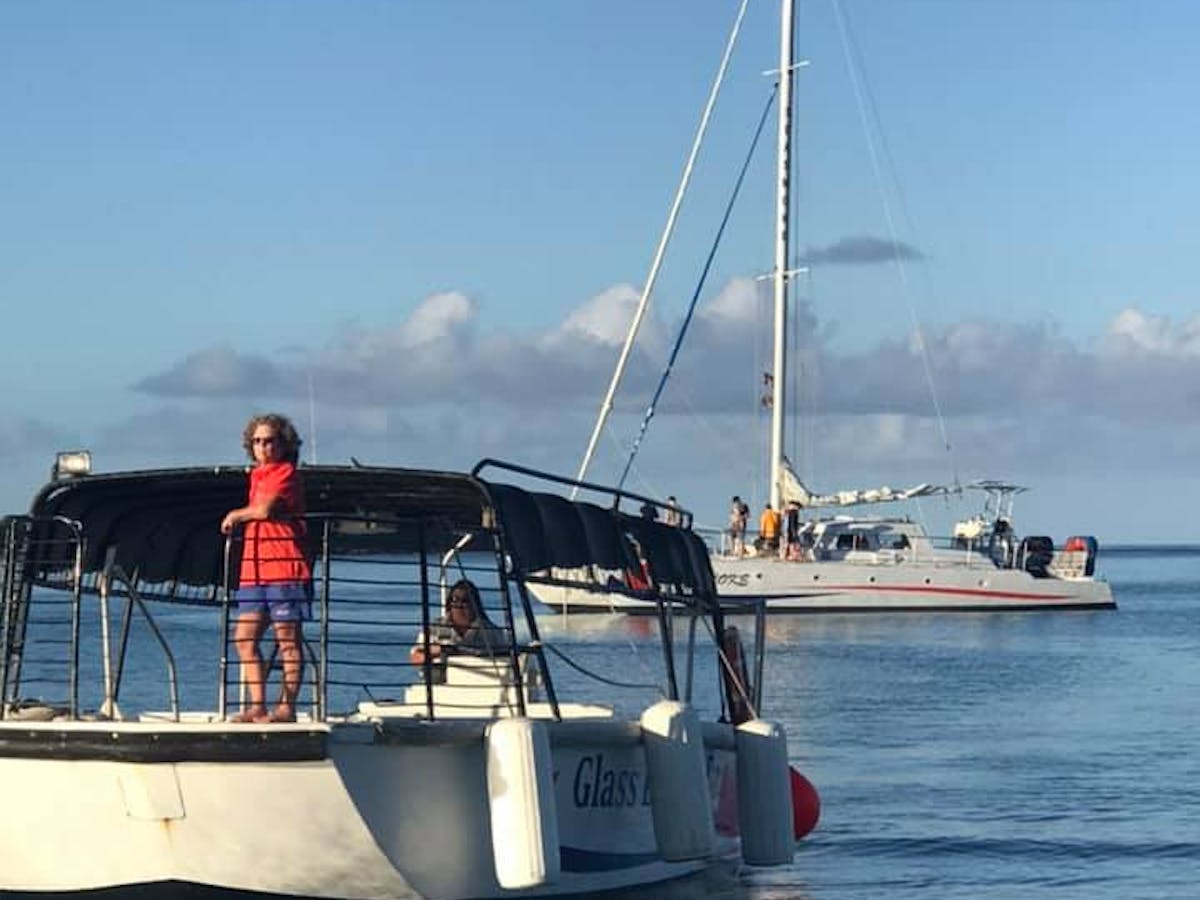
Winner Best Watersports 10 Years Running. Enjoy Xtra Savings Up to $20*
Easter Ultimate Adventure H2.0 >> View Trip
- DEPARTURE POINT DIRECTIONS
- SPECIAL TRIPS & EVENTS
- SPECIAL OFFERS
- JOB OPPORTUNITIES
- MEDIA TICKET REQUEST
- PRIVATE CHARTER INQUIRIES
- WEDDING CHARTER INQUIRIES
- ENVIROMENTAL COMMITTMENT
- MAKE A WISH FOUNDATION
- MEET THE CAPTAINS
- BIKE RENTALS
- PRIVATE CHARTERS
- GOLF CART RENTALS
- THINGS TO DO IN KEY WEST
- VISIT KEY WEST
- KEY WEST ADVENTURE GUIDE
- BEST KEY WEST BARS
- PLACES TO WATCH THE SUNSET
- KEY WEST PARASAILING
KEY WEST SNORKELING
- KEY WEST WATERSPORTS
- KEY WEST SANDBAR TRIPS
- KEY WEST WEDDINGS
- FOR CRUISE GUESTS
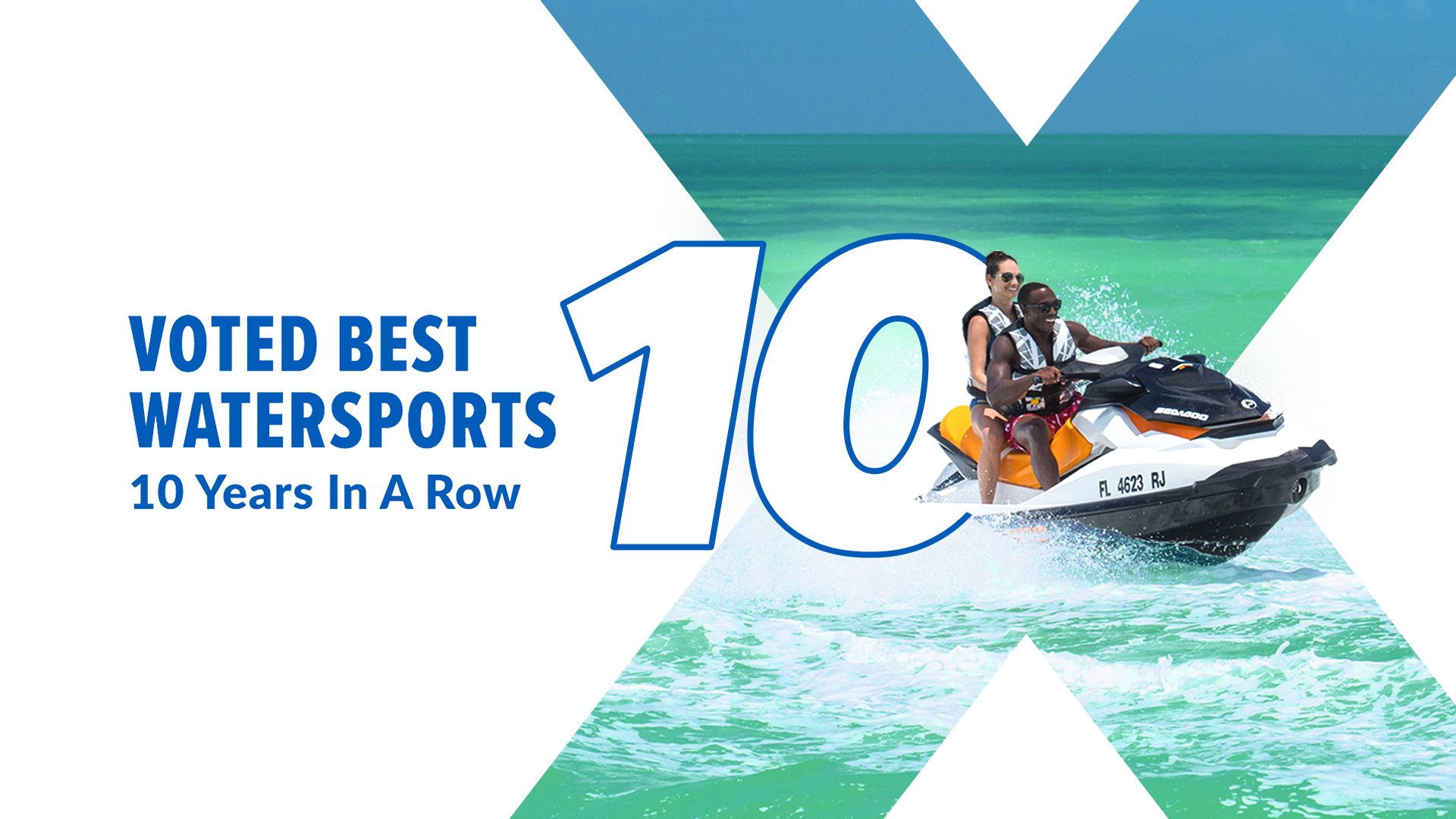
- walk up sales locations
Your phone number will not be shared with a third party, nor will it be sold or used for purposes other than providing you with directions to the selected destination.
YOUR KEY WEST STORY STARTS HERE
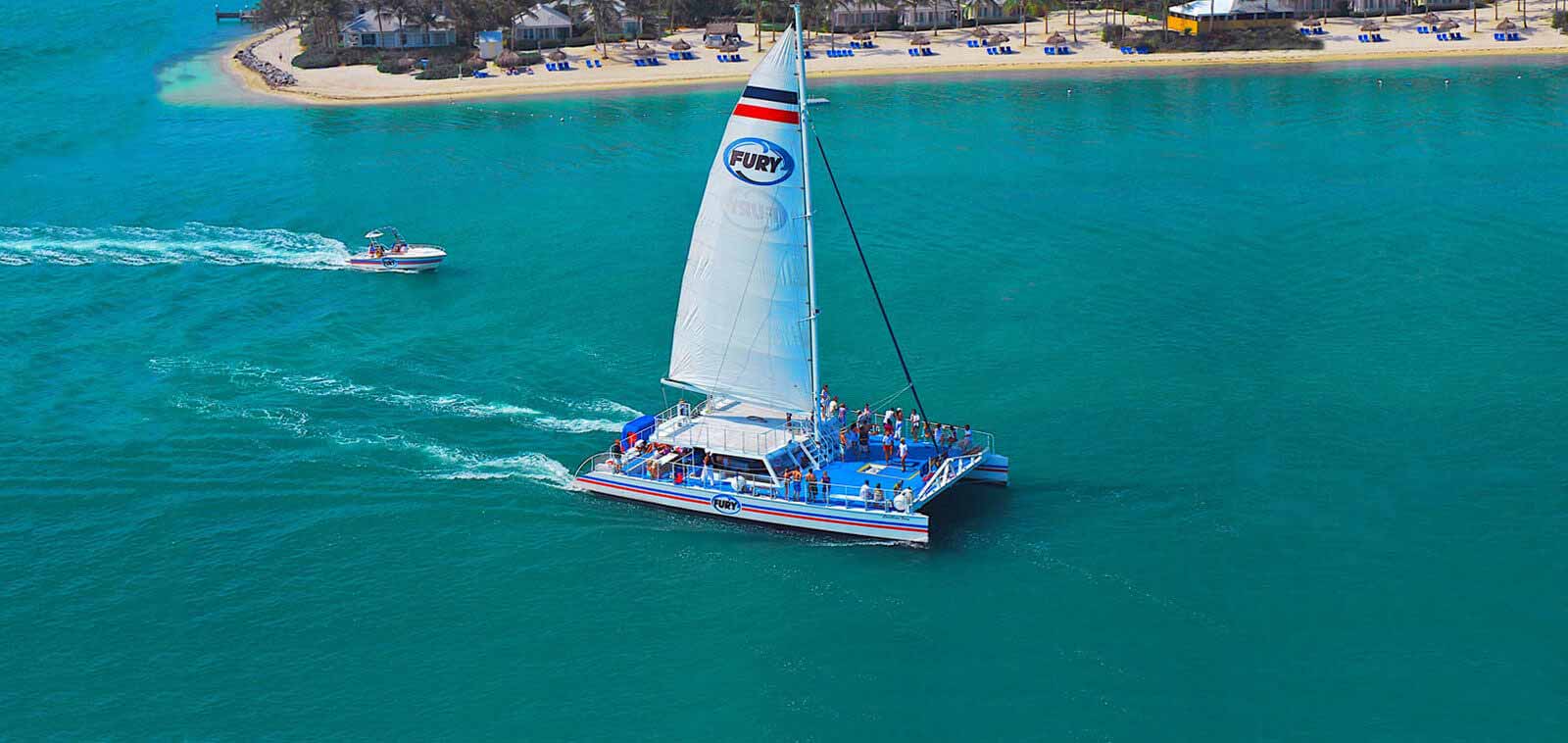
section gallery slider
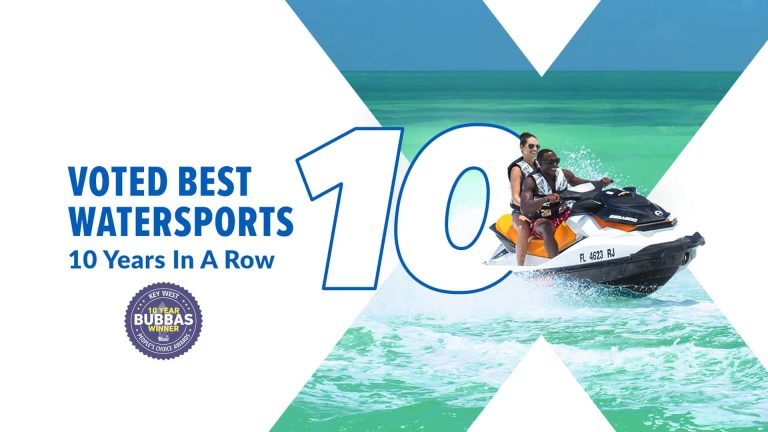
- Save up to $20* with promo code 10X
Voted Key West’s Best Watersports Company 10 years in a row, Fury is your passport to 10X the thrills! Dive into the best vacation ever, where each bucket-list moment is amplified to deliver 10X the adventure and 10X the fun. • $20 Off Jet Ski Tours • $16 Off Ultimate Adventure • 10% Off All Other Tours
10x the Fun
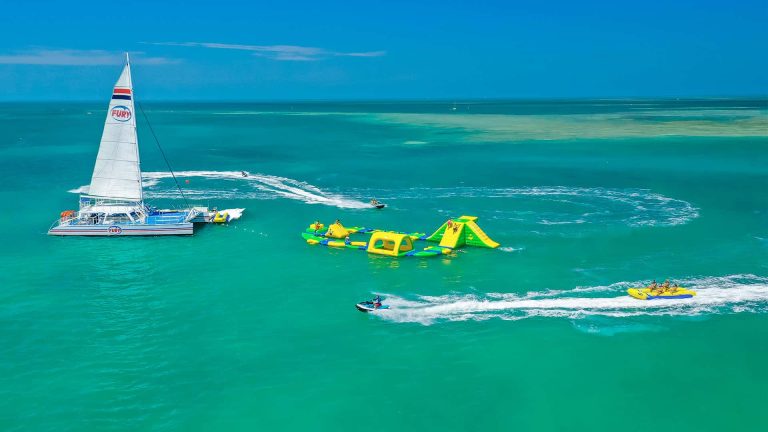
Key West's Largest & Only State Certified Ocean Waterpark
- Check-in, 8:30am & 11:30am
- Food & Beverages
Leave all the work to the Easter Bunny while you enjoy the ultimate holiday adventure with Fury! Choose morning or afternoon departures and tailor this exhilarating all-inclusive 3.5 hours of Easter Fun to fit your style.
New! Key West Easter Ultimate Adventure H2.0
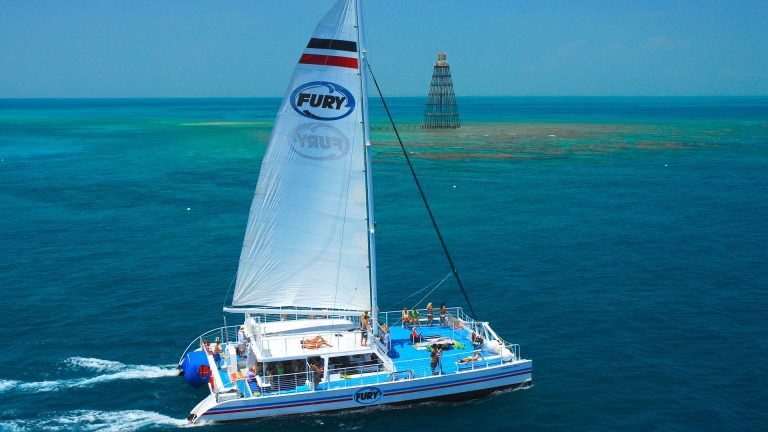
This year, take your Cinco de Mayo celebrations to the next level aboard Fury Water Adventures. We'll be spicing things up with plenty of margaritas on select trips. The real Fiesta is at sea with Fury.
Key West Cinco de Mayo
Popular Trips
- Check-in, 9:00am & 12:00pm
By popular demand, we've packed the ultimate Key West adventure into 3.5 hours! Made so you can maximize every hour during your island getaway. Choose morning or afternoon departures and tailor this exhilarating all-inclusive journey to fit your style.
New! Ultimate Adventure H2.0
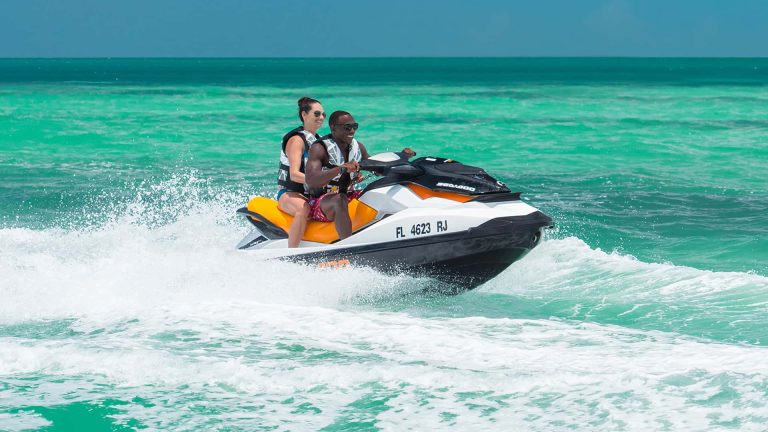
Brand New SeaDoo Jet Skis
- Check-in, 60 Minutes Prior
Full speed ahead! Fury’s Jet Ski tour is a Key West must-do for the high energy thrill-seekers in your group. Feel the wind in your hair as you explore the island aboard one of our top-of-the-line jet skis. View varying points of interest from the sea while enjoying this scenic trek through the waters of Key West. You may even spot dolphins, sea turtles or tropical birds along the way!
Key West Jet Ski Tours
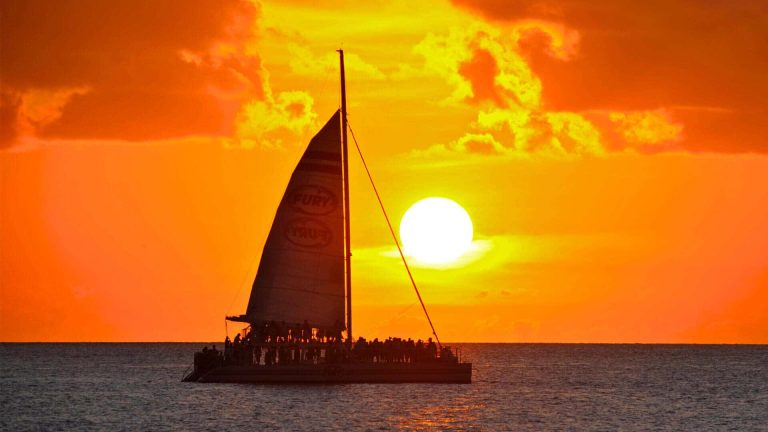
Key West’s Original Live Music Sunset Sail
- Check-in, 5:30pm
Come sail along on an ocean breeze and enjoy some of Key West’s best musicians performing live to the backdrop of the setting sun. You’ll eat, drink and party the night away on Key West’s original live music sunset sail. So, grab someone’s hand and let the music move you as we chase down the world famous Key West sunset.
Commotion On The Ocean Sunset Sail
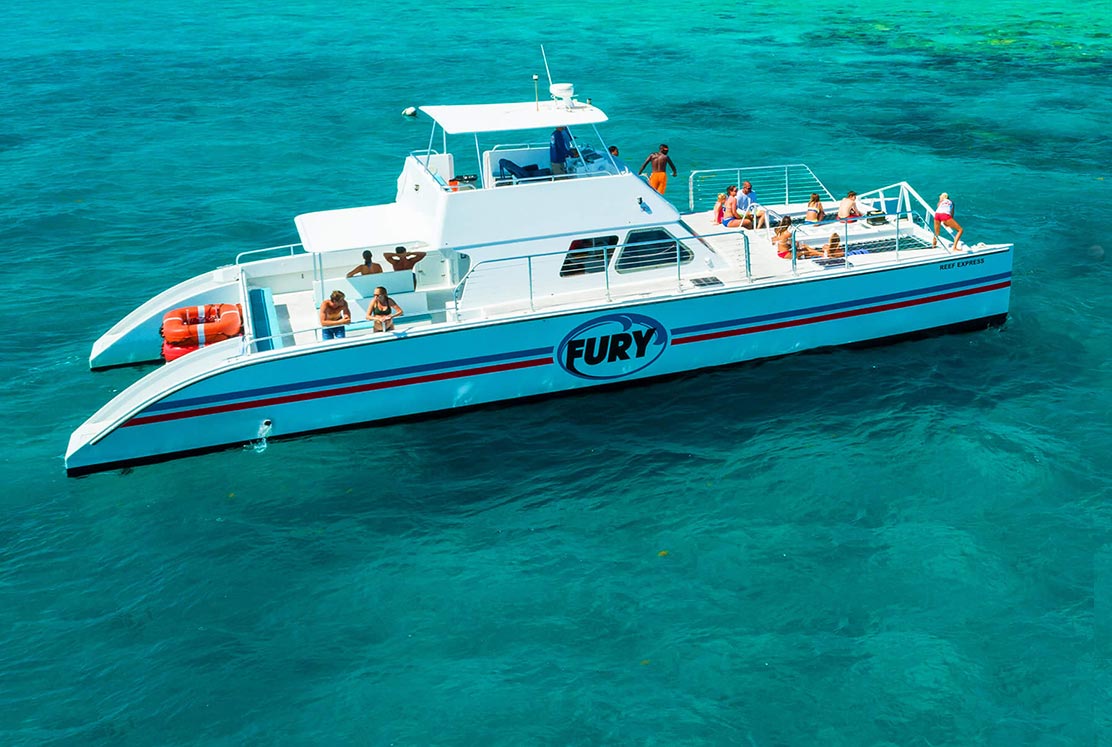
IT TAKES 14 MONTHS TO BUILD A STATE-OF-THE-ART FURY CATAMARAN
Experience Key West Snorkeling aboard a spacious Fury Catamaran
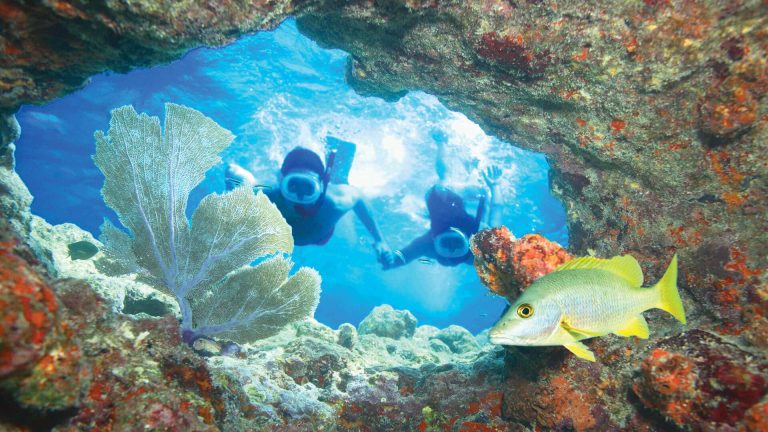
Start Your Day Aboard Key West’s Most Spacious Catamaran
- Check-in, 9:00am
Set sail on our spacious catamaran and be one of the first guests of the day to arrive at North America’s only living coral reef. With instructions from our professional crew, you’ll descend Fury’s stairway to the sea to encounter the coral reef and a multitude of sea life.
Key West Snorkeling
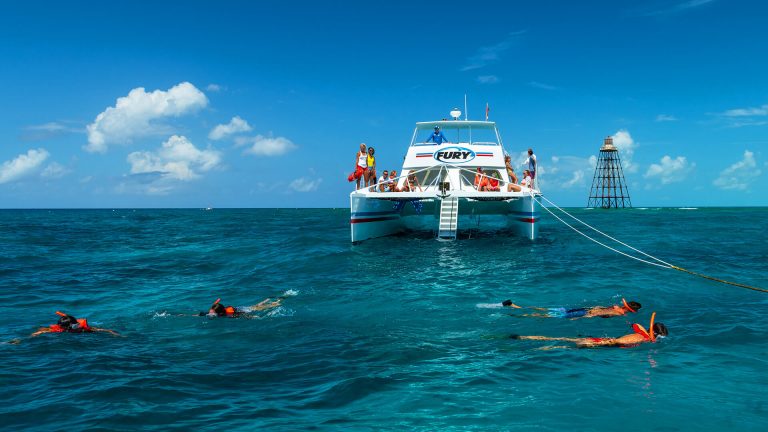
Visit Two Living Coral Reef Locations
- Check-in, 8:30am, 12:00pm & 4:30pm
If you want twice the snorkeling, then Double Dip’s the trip for you. Enjoy the underwater marvels of two tropical reef locations. Built for speed and comfort, Fury’s high-speed state-of-the-art catamaran means less time traveling so that you have the ability to explore double the Key West reef locations in one day.
Double Dip Snorkel Trip
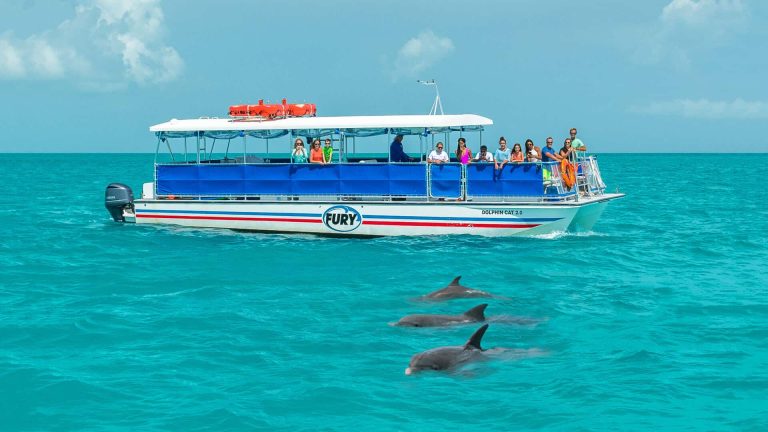

Founding member of NOAA Dolphin Smart Program
Witness bottlenose dolphins frolicking in their natural habitat, then cruise to the backcountry for some snorkeling fun of your own! It’s a trip of a lifetime for nature enthusiasts, combining some of Key West’s best water experiences. With the only Dolphin SMART designation in the Keys, Fury ensures responsible dolphin observation.
Dolphin Watch Eco Tour
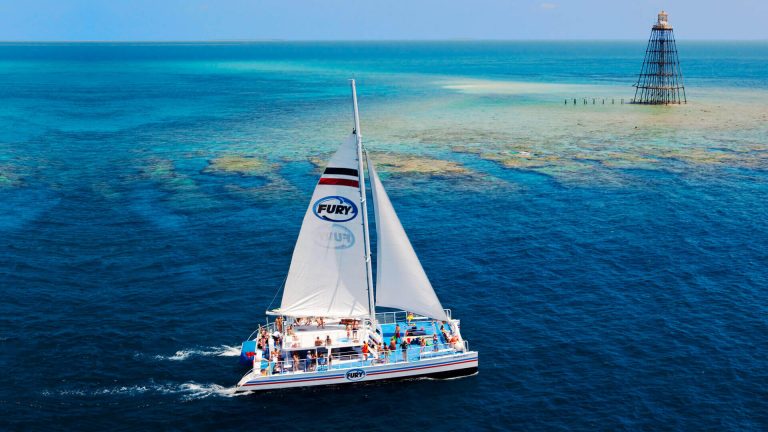
Afternoon Adventure Aboard Key West’s Most Spacious Catamaran
- Check-in, 12:30pm
You don’t have to get up early to enjoy North America’s only living coral reef on Fury’s famous afternoon snorkeling trip. Experience the warm afternoon sun as our spacious Fury catamaran takes you on a journey to North America’s only living coral reef. With the help of the Fury crew, you will embark on an undersea snorkeling adventure that includes coral reefs and tropical fish.
Reef & Ritas Snorkeling Trip
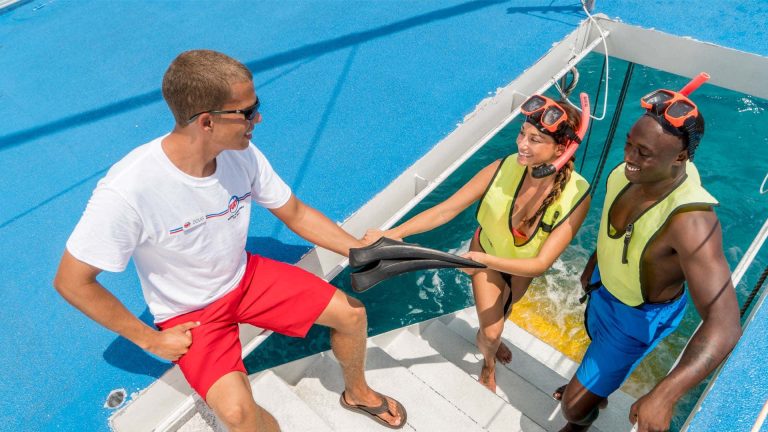
Reef Adventure by Day, Sunset Magic by Night
- Check-in, 4:30pm
This Caribbean-themed trip offers two bucket list items that Key West is famous for - our tropical coral reef and amazing sunsets. Rum punch and a vibrant tropical island reef habitat await adventurers on this thrilling Fury Key West snorkel and sunset sail.
Rum & Reggae Snorkel Sunset Combo
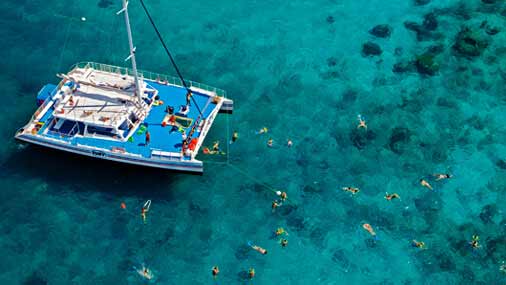
THE FLORIDA KEYS HAS THE LARGEST LIVING CORAL REEF IN NORTH AMERICA
SUNSET SAILS & CRUISES
The best way to see Key West’s Famous Sunset
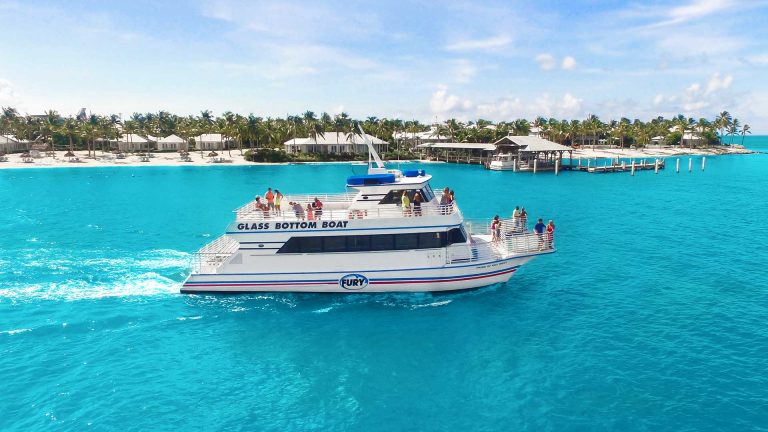
Taking Visitors To Key West’s Reefs For Over 70 Years
- Check-in, 11:30am, 1:30pm & 5:30pm
- Approx. 2 hrs
Key West’s only window to the sea! Join us aboard our Glass Bottom Boat and experience Key West’s vibrant underwater paradise without ever having to get wet! Through the glass panels of our spacious catamaran, you’ll get to see all kinds of marine life- and who knows, you might even spot a sea turtle or a stingray!
Glass Bottom Boat & Sunset Cruise
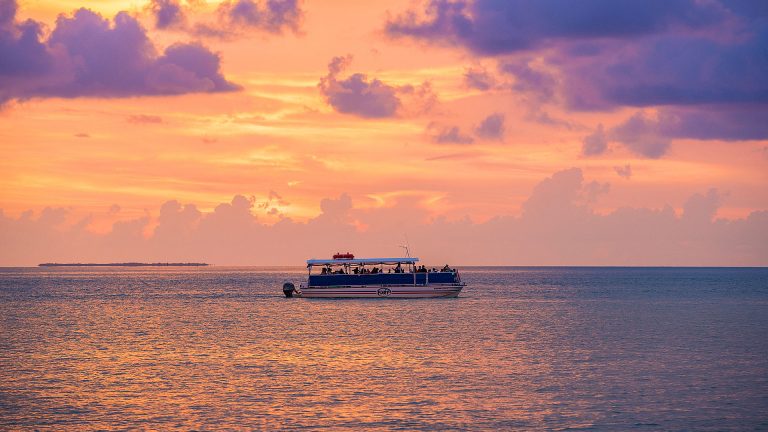
Tranquil Ocean Setting
- Check-in, 6:15pm
Fury’s Champagne Sunset Cruise aboard our spacious 45ft power catamaran offers guests a tranquil ocean setting in which to experience Key West’s world famous sunset.
Key West Sunset Cruise
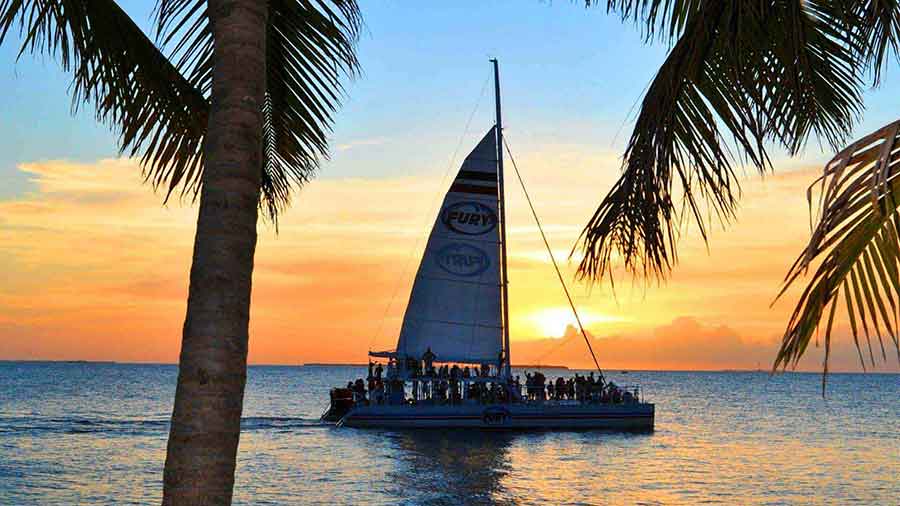
With several combinations to choose from, there’s something for everyone to enjoy on Fury’s Sunset Combo Trip packages. Experience the peaceful, pristine Florida Keys backcountry, snorkel the tropical reef, witness groups of playful dolphins or enjoy a captivating glass-bottom eco-tour before settling in for the main event – the world famous Key West sunset.
Sunset Combo Trips
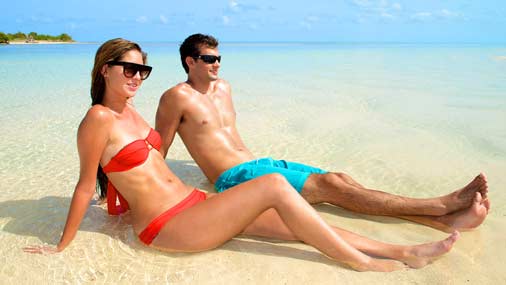
THE LIGHT YOU SEE WHEN THE SUN SETS TOOK 8.4 MINUTES TO TRAVEL TO EARTH
Explore the natural side of Key West
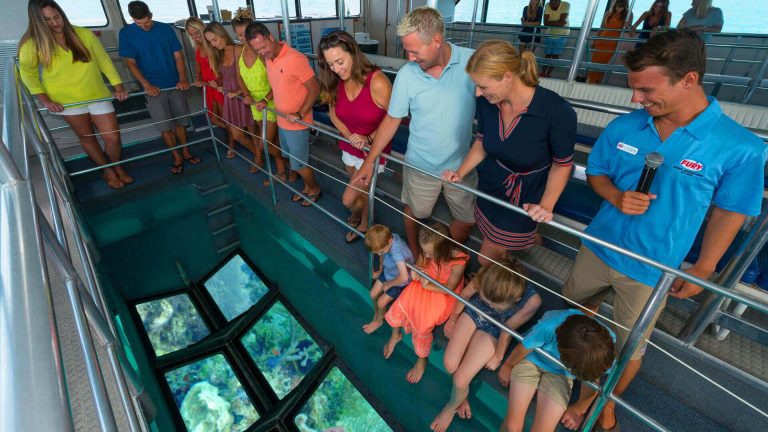
Key West’s only window to the sea! Stay cool and dry as you view a stunning array of tropical marine life in air-conditioned comfort aboard Fury’s Glass Bottom Boat. Through our windows to the sea, guests can witness the wonder of North America’s only living coral reef. You may even observe sea turtles, rays and fish of all kinds gliding through the crystal waters they call home.
Glass Bottom Boat
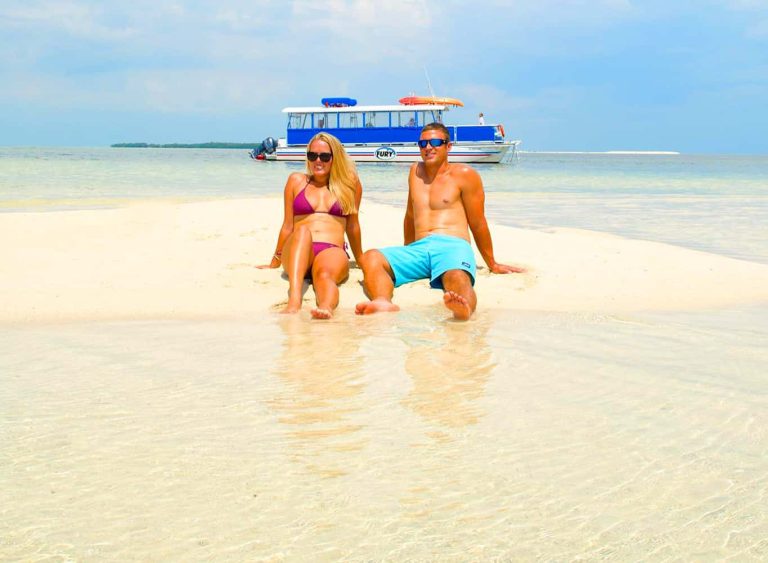
Remote Sanctuary Reserved For Locals
- Check-in, 9:30am & 3:00pm
Discover a different side of Key West as you explore a secluded paradise in the Florida Keys backcountry on Fury's Island Adventure. Tucked away between mangrove islands, shallow sandbars and clear, calm turquoise waters, we’ll transport you to a remote sanctuary normally reserved for Key West locals.
Fury’s Island Adventure Eco Tour
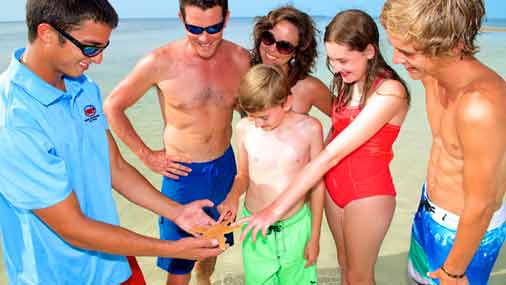
THERE ARE ABOUT 300 DOLPHINS IN THE SURROUNDING KEY WEST WATERS
PARASAILING
Featuring breathtaking bird's eye views of Key West
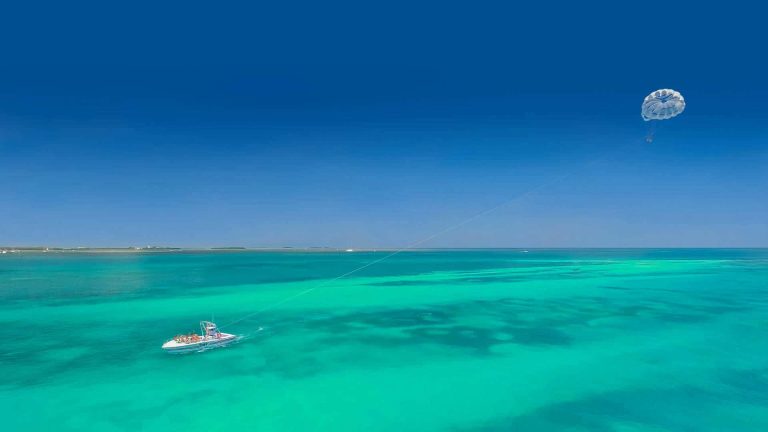
Tandem + Triple Rides Largest Parasailing Fleet in Key West
- Check-in, 30 Minutes Prior
Parasail high above the sparkling waters of Key West while enjoying breathtaking panoramic views of this island paradise. From your secure spot in the sky, you’ll float along on a warm, tropical ocean breeze. While parasailing, you may even catch a glimpse of dolphins playing in the surf. An exhilarating yet safe trip for the adventurer in all of us!
Key West Parasailing
Our most popular day on the water just got even more exciting! Check off all your vacation bucket list goals on this action packed trip. The Ultimate Adventure H2.0 has everything you can do on the water such as reef snorkeling, parasailing, jet skiing, a banana boat ride and Key West’s largest ocean water park! Breakfast, lunch and unlimited refreshments are included to make this full-day excursion a once in a lifetime experience.
Fury’s Ultimate Adventure H2.0
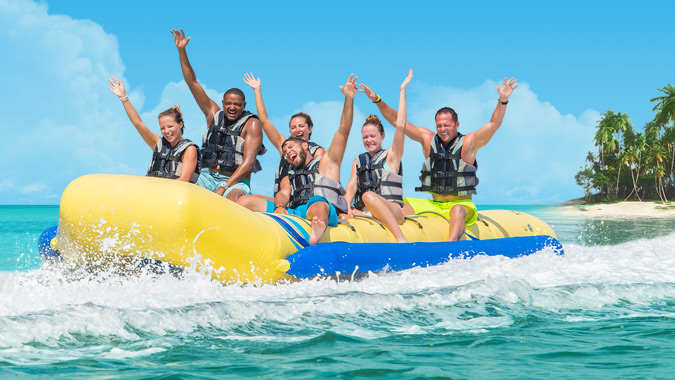
PARASAILING PROVIDES VISIBILITY OF UP TO 14 MILES ON A CLEAR DAY
JET SKI TRIPS
Be the captain of your own adventure on our jet skis
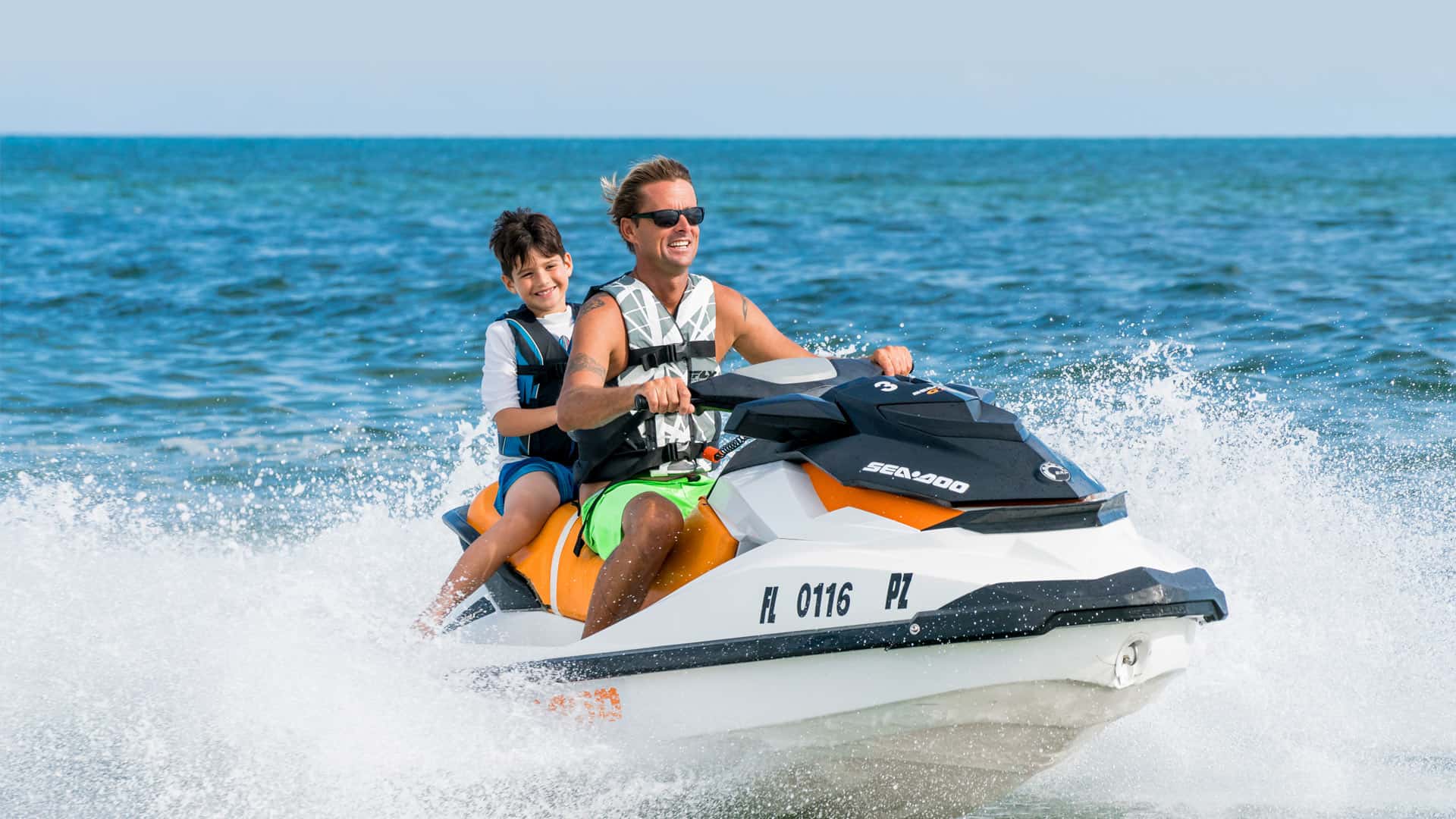
FURY WATER ADVENTURES WAS ESTABLISHED IN 1994
KEY WEST RENTALS
Selection of land & water rentals including private charters
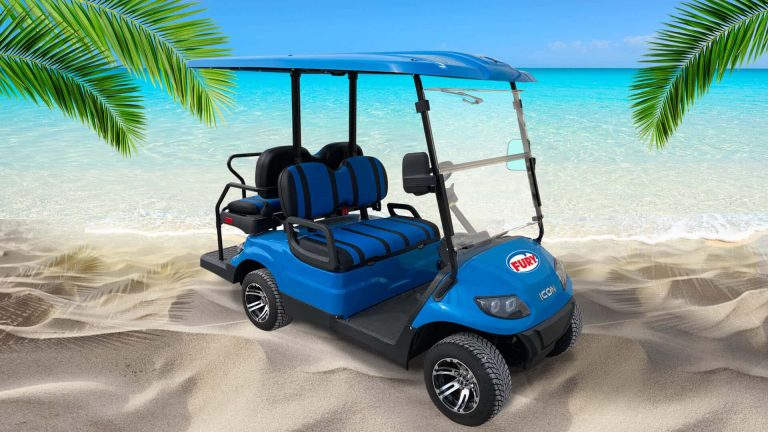
- Key West Most Trusted Brand
Enjoy the open-air and refreshing sea breeze of Key West with our highly popular Golf Cart rentals. Wind through the tight streets of Old Town with ease as our nimble and roadworthy rentals offer the perfect way to explore paradise, island-style. Our electric and gas-powered golf carts provide a smooth and safe ride for all!
Key West Golf Cart Rentals
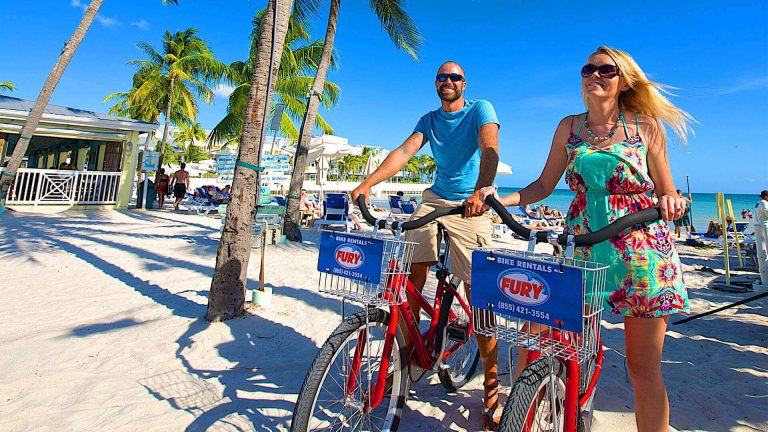
- Local’s Mode of Transportation
Kick your vacation into two-wheel drive as you pedal your way through paradise on a rental bike from Fury. Explore Key West’s historic landmarks, unique architecture and picturesque ocean vistas while cruising through town using the locals’ preferred mode of transportation.
Key West Bike Rentals
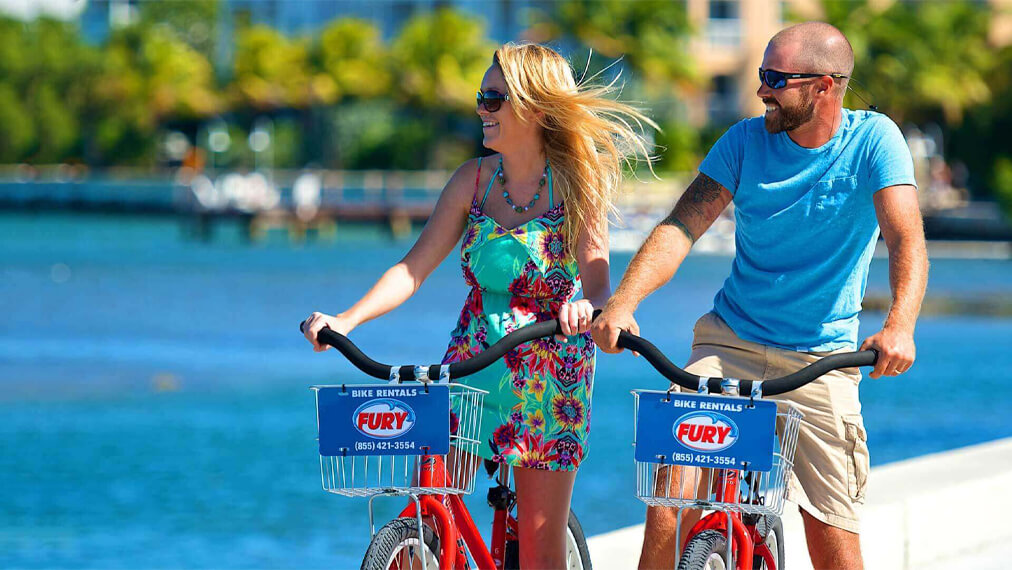
MANY REEF FISH BEGIN LIFE AS A FEMALE UNTIL THEY REACH A SUITABLE SIZE
Make It Signature
Turning Celebrations into Signature Moments
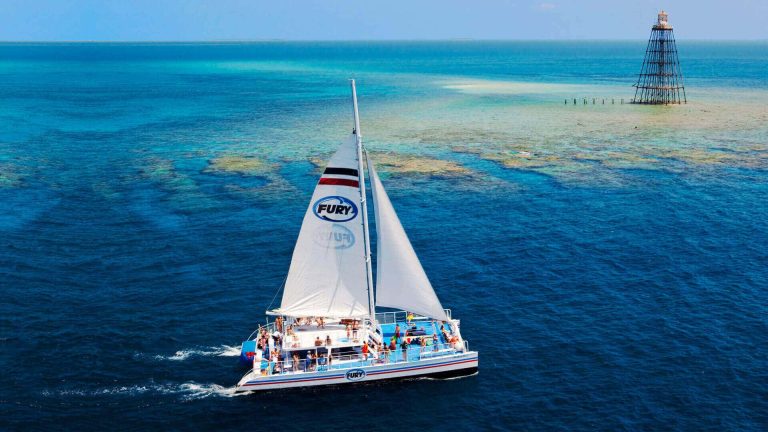
Completely Customizable
Elevate your event with Fury Signature Charters, where every detail is uniquely yours. We understand that your event is special, and our dedicated event planning team is here to ensure everything is executed to perfection. You can craft a custom private charter itinerary with us, blending various Fury excursions, delicious cuisine, and beverages. And because Fury has the largest fleet with the most deck space in Key West, you’ll get the variety of options you need to make your event Signature!
Key West Private Charters
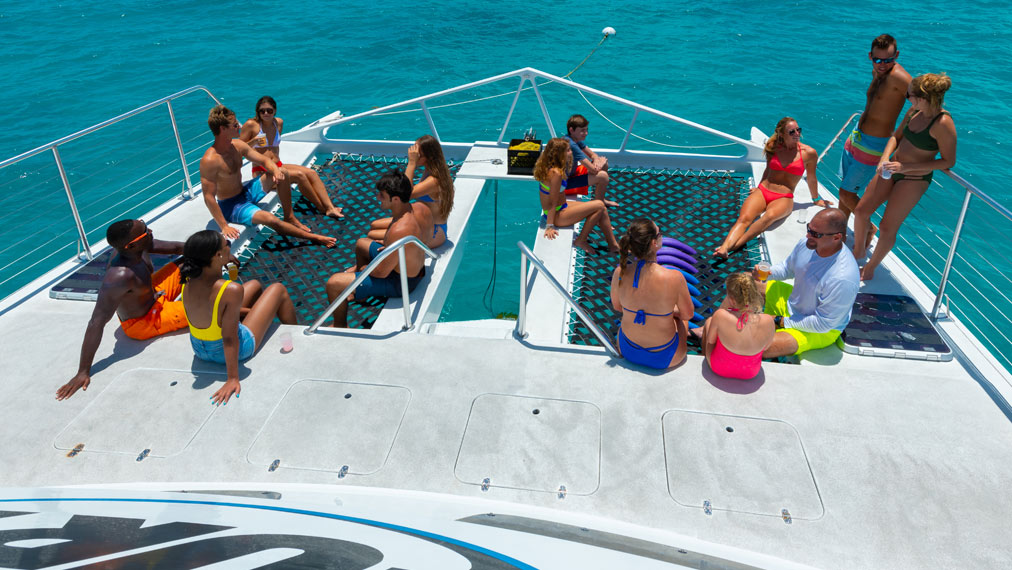
FURY HAS THE LARGEST FLEET WITH THE MOST OPTIONS IN KEY WEST
LET'S TURN UP THE HEAT ON SAVINGS!
Sign up to receive an email with a one time offer code to use on select trips.
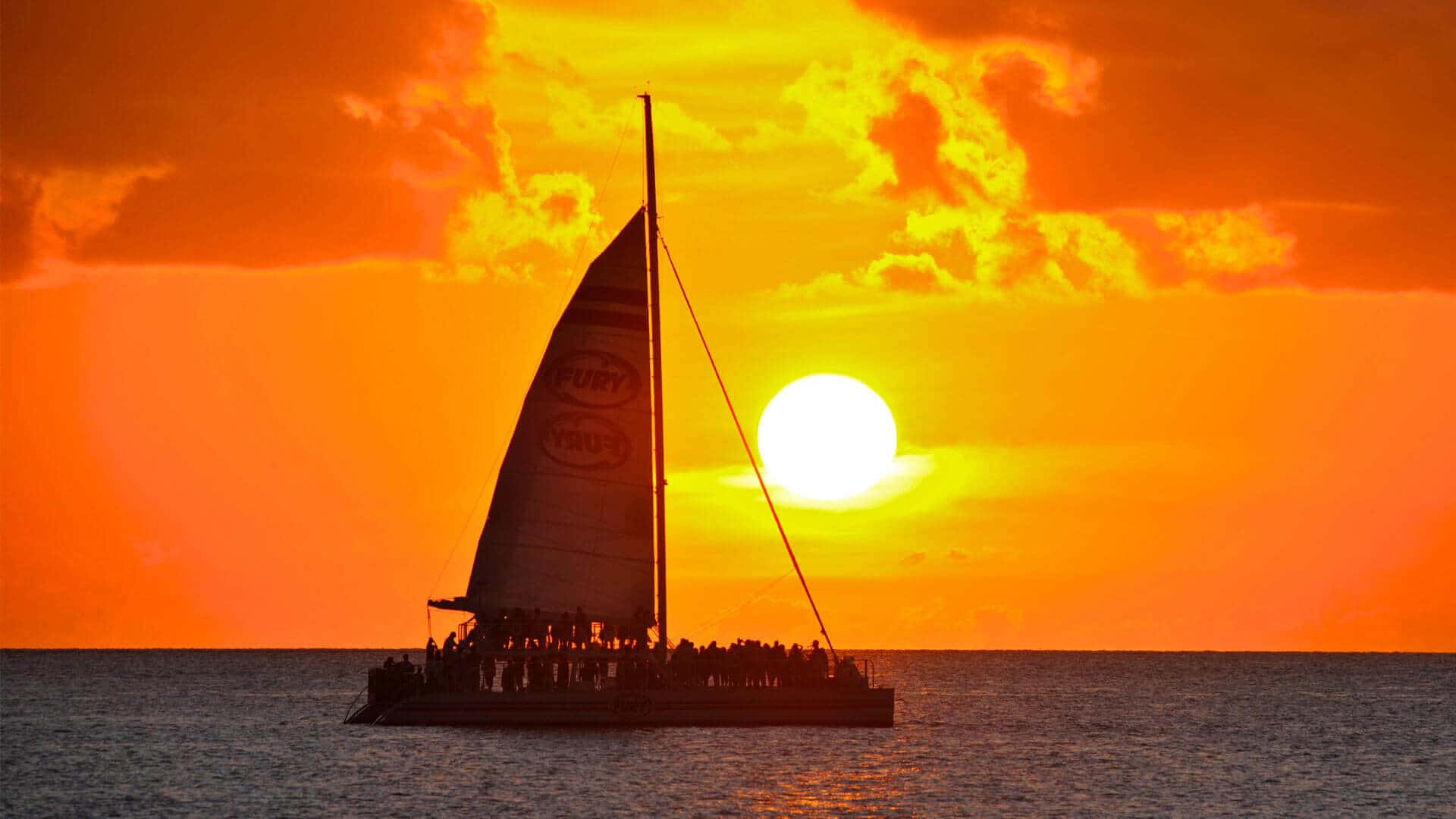
- Departs 6:00pm
Save up to $8*
TRIP DETAILS
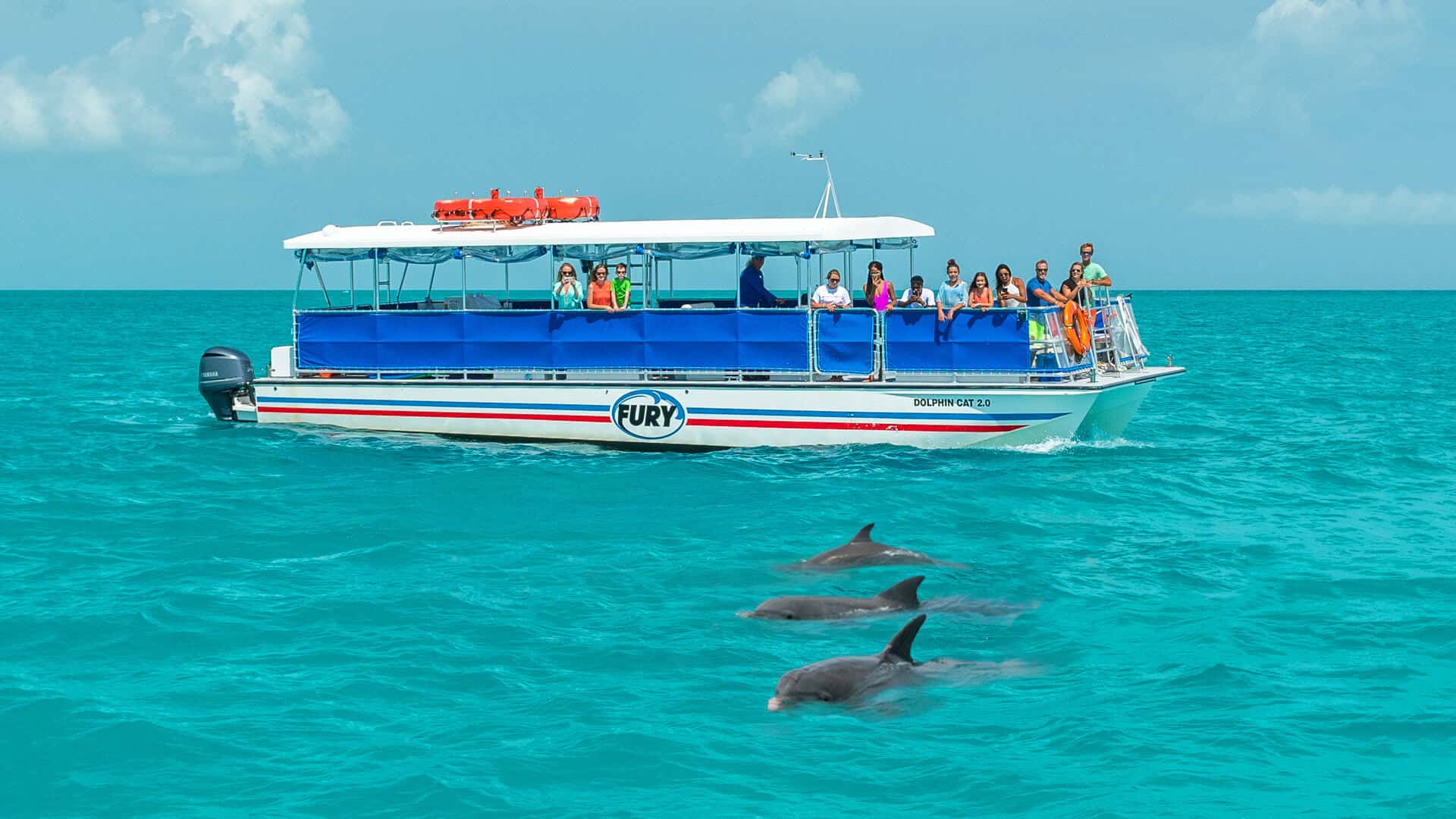
- Departs 9:00am, 12:30pm & 5:00pm
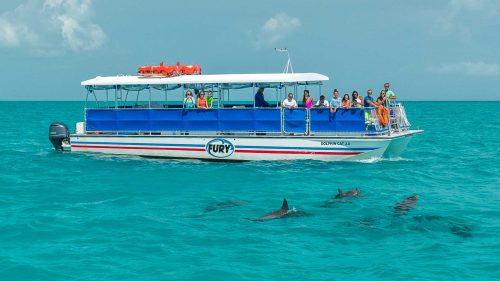
Dolphin Watch Sunset Cruise Combo
Eco Tour • Backcountry Snorkel • Sunset (Available Seasonally)
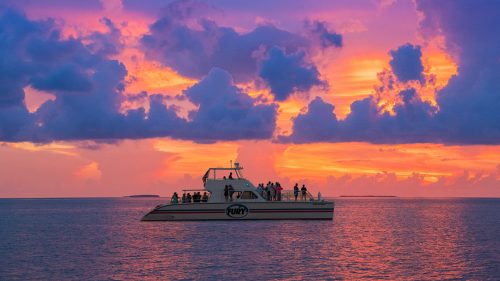
Double Dip Snorkel Sunset Combo
Snorkel 2 Reef Locations • Sunset (Available Seasonally)
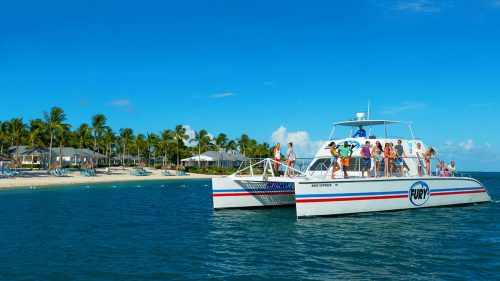
- Departs 10:00am & 3:30pm
Save up to $13*
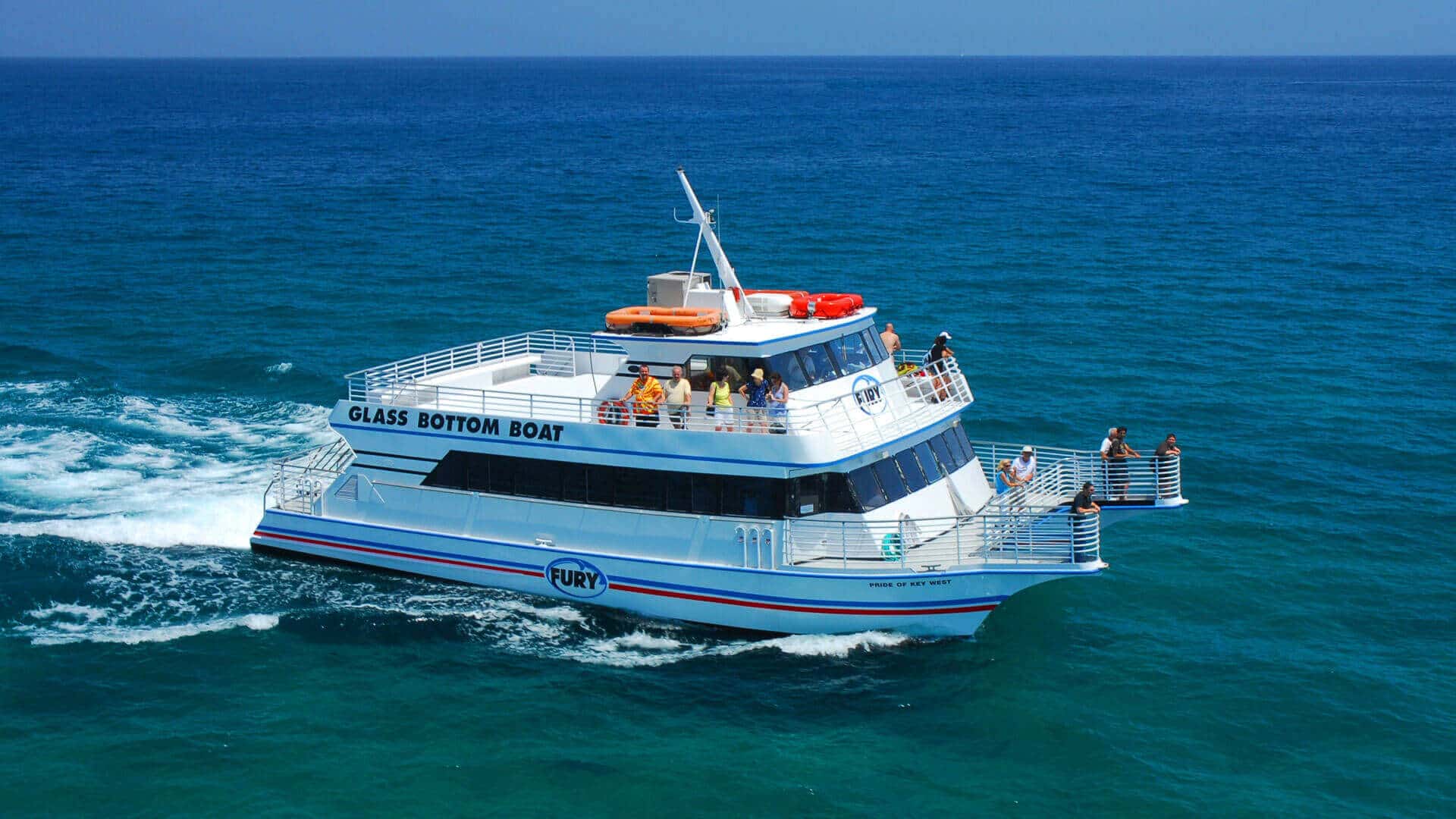
- Departs 12:00pm, 2:00pm & 6:00pm
Save up to $6*
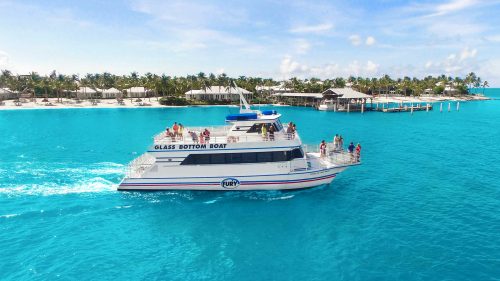
Island Adventure & Sunset Cruise Combo
Eco Tour • Snorkel • Kayak • Paddleboard • Sunset Combo Option
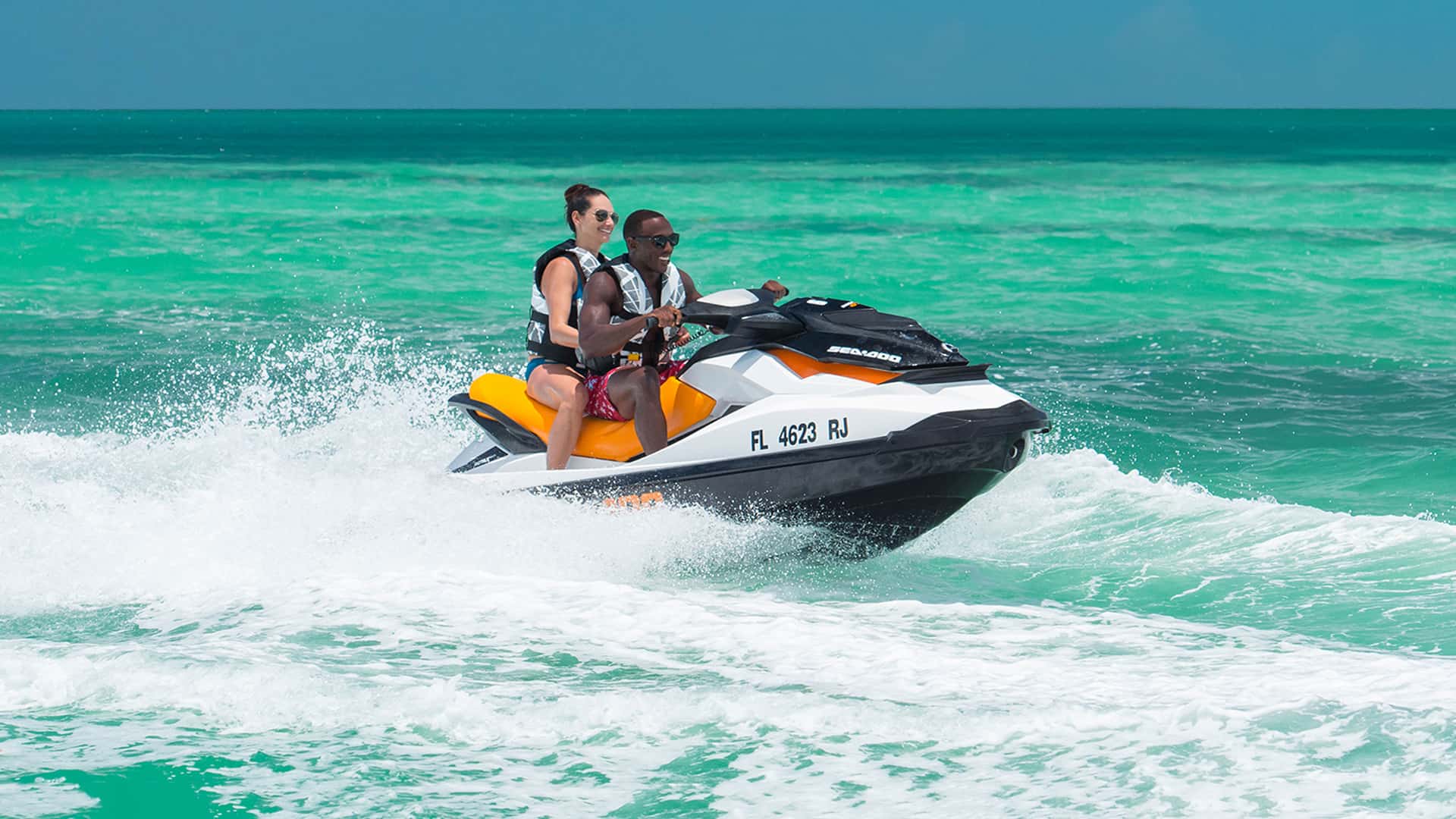
- Departs 8:30am-5:30pm
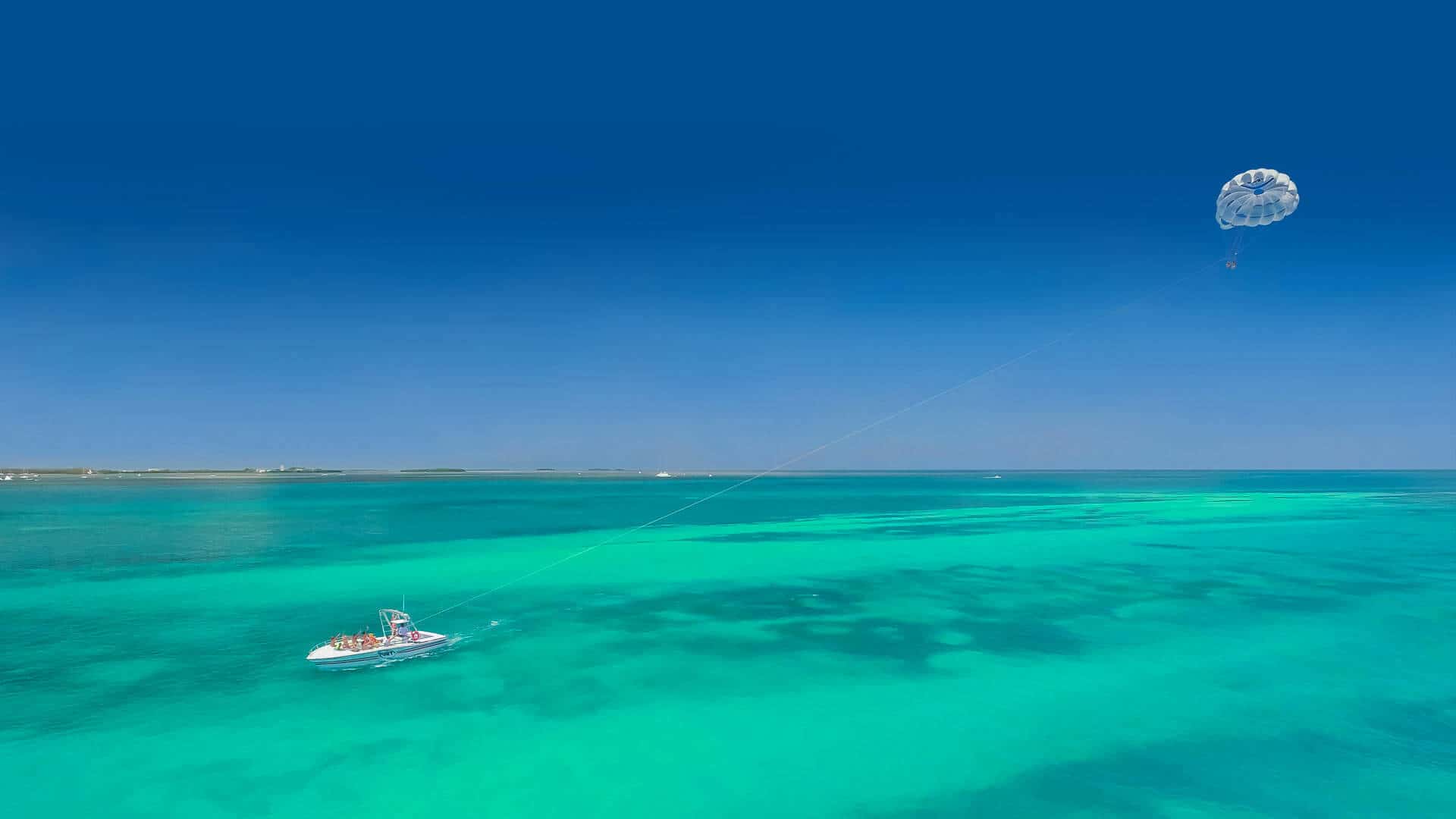
- Departs 9:00am-3:00pm, 4:15pm, 5:15pm & 6:15pm
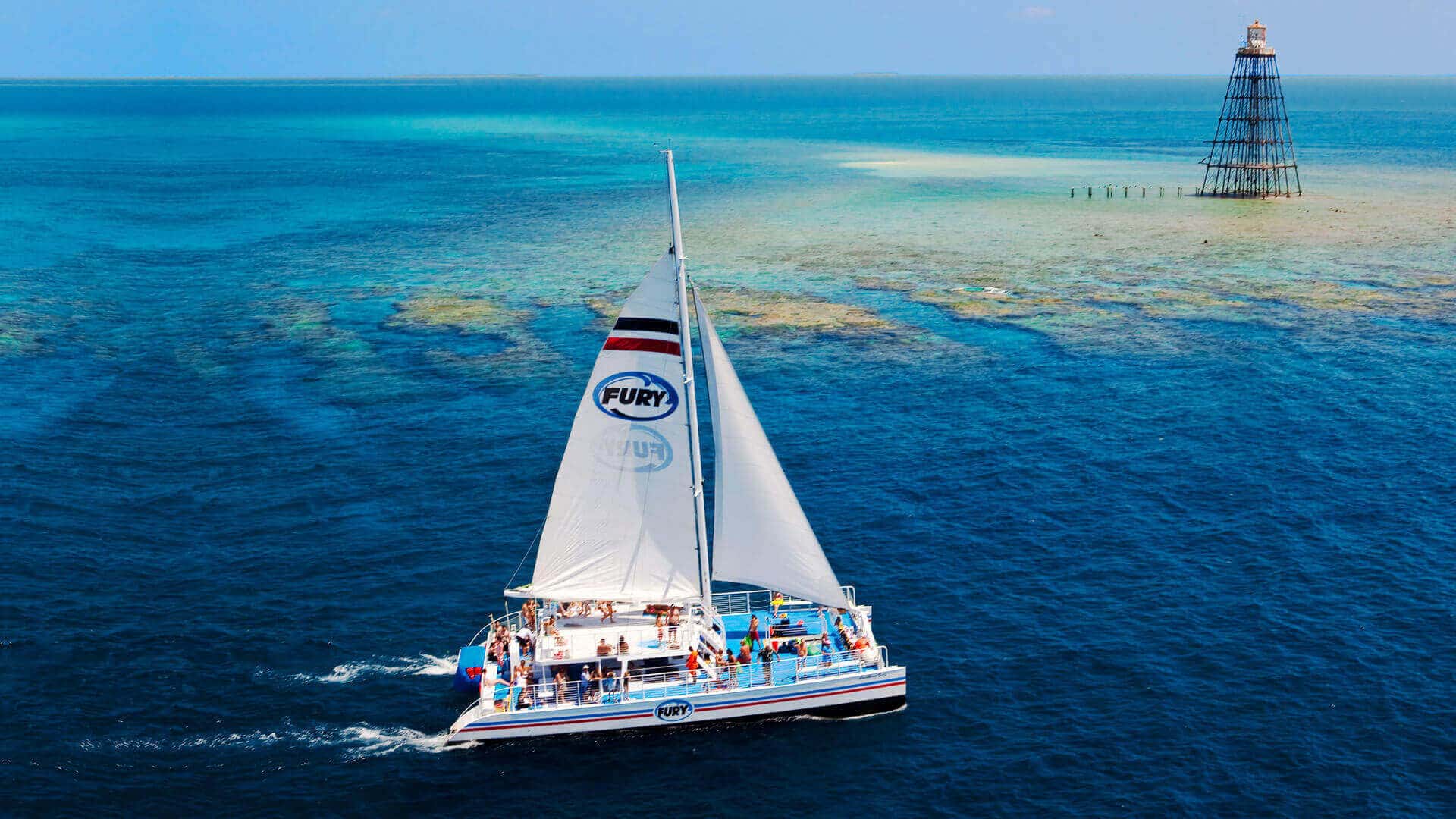
- Departs 9:30am
Save up to $5*
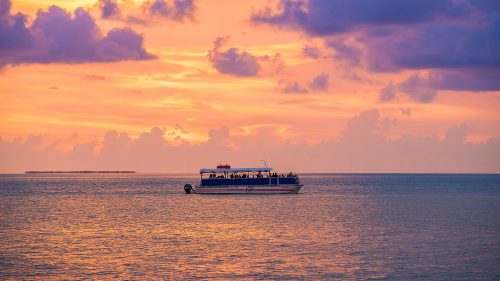
- Departs 6:45pm
- Departs 10:00am & 1:00pm
Save up to $16*
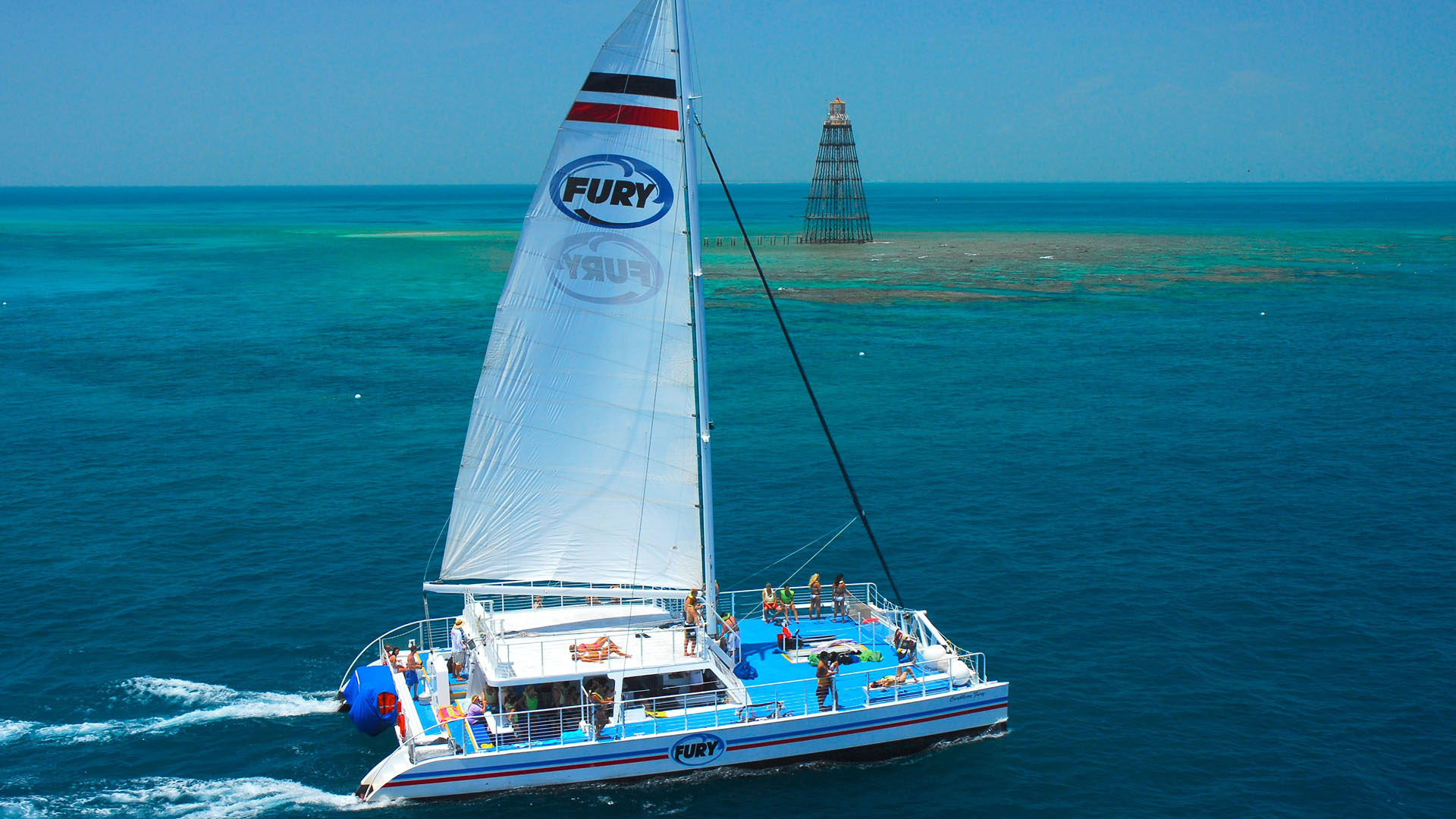
- Departs 1:00pm
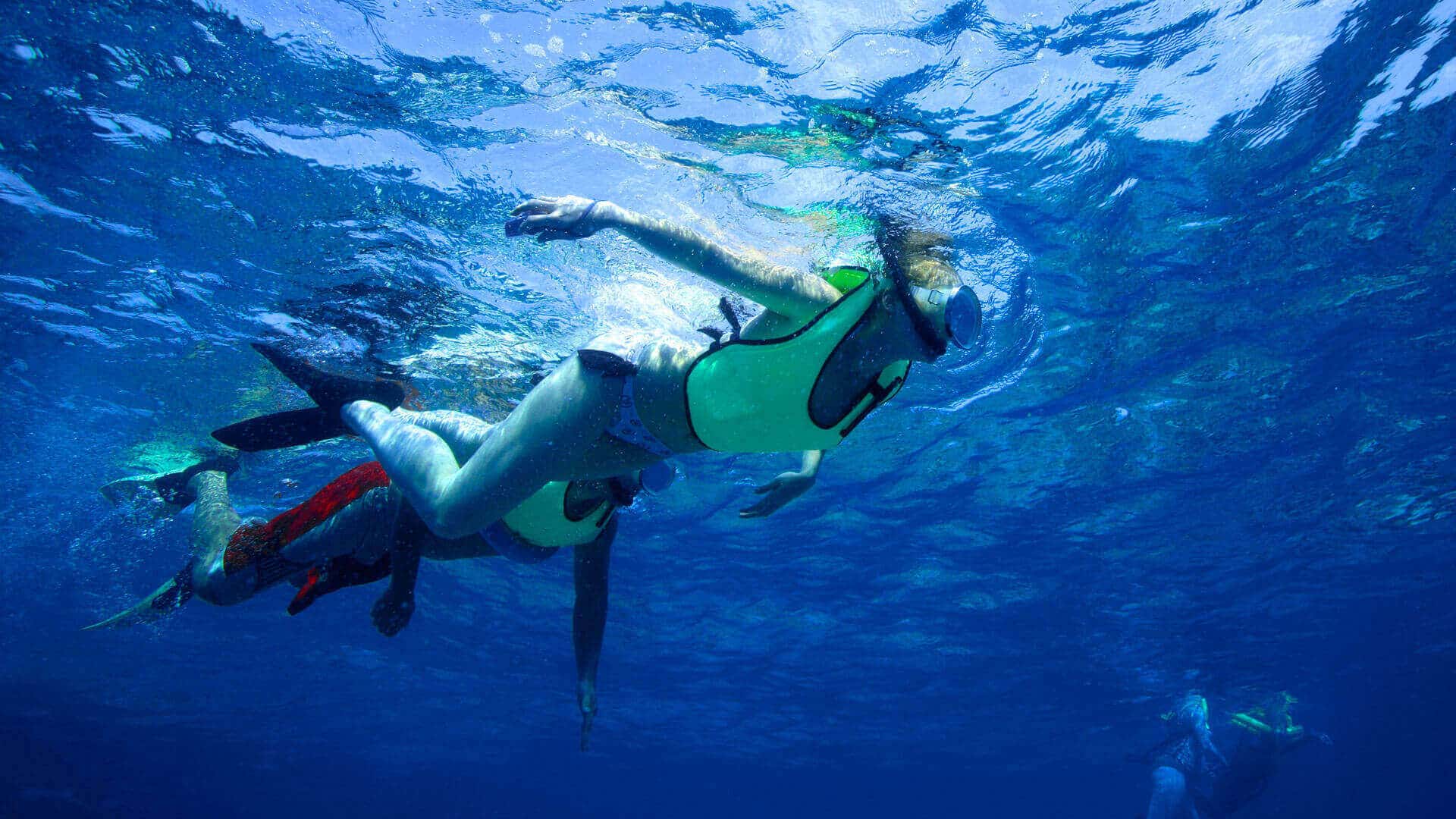
- Departs 5:00pm
Parts of Catamaran: A Comprehensive Guide to Understanding the Components
by Emma Sullivan | Aug 2, 2023 | Sailboat Racing

Short answer: The key parts of a catamaran include the hulls, bridgedeck, mast(s), rigging, sails, rudders, and daggerboards. These components work together to provide stability, propulsion, and control for this type of multi-hulled watercraft.
Exploring the Essential Parts of a Catamaran: A Comprehensive Guide
From cruising the open seas to enjoying lazy afternoons by the shore, catamarans have become a popular choice for water enthusiasts. With their unique design and exceptional stability, these vessels offer an unmatched sailing experience . But have you ever wondered what makes up a catamaran and how each part contributes to its overall functionality? In this comprehensive guide, we will take you through the essential parts of a catamaran, uncovering their purpose and shedding light on why they are instrumental in making these boats such fantastic options for adventure seekers.
1. Hulls: The hulls are the twin structures that form the main body of a catamaran. These structures play a pivotal role in providing stability and buoyancy while at sea. Catamarans boast wider hulls compared to traditional monohull sailboats, resulting in increased surface area and enhanced stability. The design allows for smoother sailing even in rough waters, as each hull slices through waves independently.
2. Keels: Unlike monohull sailboats that rely solely on a single keel positioned beneath the waterline for both lift and resistance against sideways drift (known as leeway), catamarans often feature two separate skegs or keels attached to each hull. These auxiliary structures enhance directional control and offer excellent stability while reducing drag.
3. Deck: The deck is where all the action takes place! It serves as the primary horizontal surface on which passengers can relax, sunbathe or engage in various activities while aboard the vessel. Catamaran decks usually come with ample space due to their wider design compared to monohull sailboats .
4. Trampoline: One of the standout features of a catamaran is its trampoline – a mesh-like netting stretched between the two hulls just above sea level. While it may seem like an unconventional addition, trampolines provide multiple benefits including giving passengers an exhilarating sensation as they sit or lay above the water. This ample recreational area additionally offers an unobstructed view of the sea, making it an ideal spot for stargazing or simply enjoying the soothing sound of the waves.
5. Cockpit: The catamaran’s cockpit is strategically positioned closer to the waterline, ensuring a thrilling and immersive sailing experience. It acts as the primary control center where the helm is located, allowing sailors to expertly navigate their vessel through various seascapes. Additionally, some catamarans offer spacious cockpits that provide sufficient seating capacity for socializing with fellow passengers or hosting intimate gatherings while at anchor.
6. Rigging: The rigging refers to all lines, cables, and hardware necessary for controlling and adjusting the sails . Catamarans typically employ a simple yet effective rigging system that ensures easy maneuverability and efficient sailing performance. By skillfully managing these components, sailors can harness wind power optimally and maintain smooth cruising speeds in any weather conditions.
7. Sails: Sails are central to a catamaran’s propulsion system, enabling it to move gracefully across bodies of water without relying on fuel-based engines alone. Modern catamarans often embrace a sail plan consisting of multiple sails designed to maximize efficiency and adapt seamlessly to varying wind strengths and directions. With innovative designs such as fully battened mainsails and lightweight genoas, these boats have become incredibly agile even when faced with challenging wind patterns.
8. Engines: While a catamaran’s sails provide a significant portion of its power source, auxiliary engines are still crucial for many aspects of sailing life – be it docking in tight spaces or maneuvering during low-wind situations. These engines are usually mounted within each hull beneath deck level as part of an integrated propulsion system comprising shafts, propellers, and operational controls.
9. Navigation Instruments: In today’s era of advanced technological aids, catamarans make use of a range of navigation instruments to enhance safety and efficiency. From GPS systems providing precise positional information to depth sounders measuring water depth, these sophisticated tools are essential for ensuring smooth journeys and avoiding potential hazards.
So there you have it – a detailed glimpse into the essential parts of a catamaran. Wherever your sailing adventures take you, now you can fully appreciate how each component contributes to the incredible performance and unrivaled experience offered by these magnificent vessels. So hop aboard a catamaran and embark on your next nautical journey with confidence!
How to Identify and Understand the Various Components of a Catamaran
Catamarans are fascinating vessels known for their unique design and exceptional performance on the water. Whether you are a seasoned sailor or just interested in learning more about these incredible boats, understanding their various components is essential . In this blog post, we will take a detailed, professional, witty, and clever dive into the world of catamarans and shed light on how to identify and understand their different parts .
1. Hulls: At the core of any catamaran are its hulls – the main supportive structures that keep the boat afloat. Unlike traditional single-hulled vessels, catamarans have two parallel hulls connected by a deck. These hulls play a vital role in providing stability and minimizing drag while sailing. Think of them as the sturdy legs that help the catamaran gracefully glide through the water .
2. Deck: The deck serves both as a platform for enjoying your time onboard and as an important structural element that connects various parts of the catamaran. It consists of multiple areas such as the helm station (where you control the boat), seating areas, dining spaces, trampoline nets for lounging, and storage compartments. Sunbathing or hosting friends for a sunset gathering? The deck has got you covered!
3. Rigging: If you’ve ever looked up at a sailboat’s mast with admiration, then you’ll love discovering how rigging contributes to a catamaran’s overall performance and elegance. The rigging includes all the supporting wires and ropes that hold up the mast(s) on your catamaran and control its position relative to wind direction (known as “trimming”). Understanding how to properly trim your sails can greatly enhance your sailing experience – from capturing optimal wind power to achieving picture-worthy maneuvers.
4. Sails: What could be more mesmerizing than watching billowing sails against an azure sky? Catamarans utilize various types of sails based on their purpose – mainsails, jibs, genoas, spinnakers – each designed to maximize performance under specific wind conditions. Learning about the different sails and their characteristics will help you navigate efficiently and make the most of your sailing adventures. Plus, understanding the art of sail trim is sure to impress your fellow sailors!
5. Rudders: Just as a captain relies on his or her compass for navigation, catamarans depend on rudders to steer through the water with precision. Mounted at the stern (rear) of each hull, these ingenious components allow you to control your course by diverting the flow of water passing beneath them. Rudders are essential for maintaining stability and maneuverability when tacking, jibing, or navigating challenging waters.
6. Engines: Catamarans aren’t solely reliant on wind power; they often incorporate engines as auxiliary means of propulsion. These mechanical marvels provide added security and flexibility during low-wind situations or when maneuvering in confined spaces like marinas or crowded anchorages. Understanding how to handle your catamaran’s engines confidently will ensure smooth sailing even when Mother Nature plays hard-to-get.
By expanding your knowledge about these various catamaran components – hulls, deck, rigging, sails, rudders, and engines – you’ll unlock a whole new level of appreciation for these magnificent vessels and gain confidence in navigating them.
Lastly, remember that wit and cleverness go hand-in-hand with professionalism when exploring any topic. So have fun while unraveling the mysteries of catamaran anatomy! Perhaps envision yourself as an expert sailor who can distinguish port from starboard blindfolded or sharpen your comedic skills by jokingly referring to hulls as “feline foundation” (though cats might not appreciate sharing their name with boats!).
Happy sailing!
Step-by-Step Breakdown: Unraveling the Mysteries behind Catamaran Anatomy
Catamarans have become increasingly popular in recent years, mainly due to their unmatched stability and impressive speed capabilities. But have you ever wondered what lies beneath the sleek exterior of these remarkable vessels? In this blog post, we will delve into the intricate details of catamaran anatomy, providing you with a comprehensive understanding of how these boats are constructed and why they excel on the water.
1. The Hulls: The Foundation of Stability At the core of every catamaran lies its hulls – two parallel structures that run alongside each other. Unlike traditional monohull boats that feature a single hull, catamarans distribute their buoyancy across two hulls, offering superior stability even in rough waters. These hulls are typically made from fiberglass or aluminum and are designed to cut through waves effortlessly, minimizing resistance and maximizing speed.
2. Bridging the Gap: The Trampoline One striking feature present in many catamarans is the trampoline located between the two hulls. This sturdy mesh-like material serves various purposes. Firstly, it provides an additional platform for sunbathing or relaxing while underway. Secondly, it acts as a safety net by preventing crew members or passengers from falling into the ocean should any unexpected jolts occur during navigation .
3. Connecting Hulls: The Crossbeams In order to maintain structural integrity and connect both hulls securely, catamarans utilize crossbeams that stretch between them. These crossbeams play a vital role in sharing weight distribution evenly across both sides, ensuring stability and balance at all times.
4. Above Deck: Central Cockpit and Living Space Moving upwards onto the deck area, you’ll discover a central cockpit where most controls and steering mechanisms are located. This strategic placement allows for optimum visibility and easy maneuverability while sailing. Additionally, catamarans often feature large living spaces, including saloons and cabins that provide ample room for socializing, dining, and sleeping. Their spaciousness is a significant factor contributing to their growing popularity among cruising enthusiasts.
5. The Power of Sails: Rigging and Sail Plan Catamarans rely on sails for propulsion, utilizing a complex system of rigging to hoist and control them effectively. A unique feature of catamarans is the absence of a single mast; instead, they employ multiple masts strategically positioned between the hulls. This configuration optimizes sail area while reducing heeling (when a boat tips sideways due to windy conditions), resulting in smoother sailing experiences even during stronger winds.
6. Additional Features: Daggerboards or Foils To enhance performance further, some catamarans are equipped with daggerboards or foils – retractable appendages located beneath each hull. These boards reduce lateral slippage by providing lift, improving upwind capability and enhancing overall speed. As technology advances, advanced hydrofoil systems have also been introduced in certain catamaran models, allowing these boats to glide above the water ‘s surface entirely.
By unraveling the mysteries behind catamaran anatomy step-by-step, it becomes evident why these vessels are highly sought after by both leisure sailors and competitive racers alike. From their stable hull design to innovative features such as trampolines and foils – every element plays its part in creating an exceptional sailing experience that combines comfort, speed, and versatility. Perhaps now you can fully appreciate these engineering marvels whenever you set sight on one gliding gracefully through the waves!
Frequently Asked Questions about the Different Parts of a Catamaran Answered
Have you ever looked at a catamaran and wondered what all those different parts are called? Or maybe you’re thinking about buying or renting a catamaran and want to be familiar with its components . Well, look no further! We’ve compiled a list of frequently asked questions about the different parts of a catamaran and will provide detailed, professional, witty, and clever explanations just for you.
1. What is a Catamaran? A catamaran is a type of boat that consists of two parallel hulls connected by a deck. It offers increased stability compared to traditional monohull boats due to the wider beam. This unique design allows for smoother sailing experiences and more spacious interiors.
2. Hulls – What Are They? The hulls are the main structure of a catamaran, providing buoyancy and supporting the entire vessel. Typically made from fiberglass or aluminum, they have curved shapes that help reduce resistance in the water while providing stability. Think of them as the legs of the feline-inspired boat!
3. Trampoline – Isn’t That for Jumping? While it may sound similar to the equipment used for bouncing around at your local playground, in the world of catamarans, trampoline refers to an open area between the hulls where passengers can relax or even stretch their sea legs! Made from durable materials like nylon mesh or PVC canvas, trampolines provide excellent circulation and an unobstructed view below deck.
4. Rigging – Is it Related to Sailing Techniques? Indeed! Rigging refers to all the elements involved in controlling sails on a catamaran . This includes mast(s), boom(s), standing rigging (shrouds & stays), running rigging (halyards & sheets), winches, cleats – basically everything needed to manipulate wind power efficiently and safely navigate through various conditions.
5. The Mast – How Tall Should It Be? The mast, often made of aluminum or carbon fiber composite, is the tall vertical pole that holds up the sails. Its height depends on several factors, such as boat size, intended use, and the desired sail area. Think of it as the catamaran’s lighthouse – guiding you along your aquatic adventures with grace.
6. Boom – Not Just a Sound Effect! Nope, not just an imitation of an explosion! The boom is a horizontal spar attached to the bottom of the mast, helping support and control the lower edge (foot) of the mainsail. It swings back and forth with changes in wind direction – think of it as a catamaran’s wagging tail!
7. Daggerboards – Are They Catamaran Ninja Weapons? While they may sound dangerous and ninja-worthy, daggerboards are actually retractable foils that extend from each hull into the water. Their purpose? Providing lateral resistance against sideways motion caused by wind force while improving upwind performance by reducing leeway – no martial arts skills required!
8. Rudders – Steering Like a Pro Like most boats, catamarans have rudders for steering purposes. These underwater blades at the stern help control direction by redirecting water flow around them when turned. Whether you’re tacking or gybing through waves or researching rudder-related puns like this one—we’ve got you covered.
So there you have it – frequently asked questions about the different parts of a catamaran answered in detail! Now you can impress your fellow sailors with your newfound knowledge or confidently embark on your next seafaring adventure aboard one of these sleek double-hulled vessels ! Remember to keep exploring and enjoy every nautical mile!
The Key Elements That Make up a Catamaran: Everything You Need to Know
Title: The Key Elements That Make up a Catamaran: Everything You Need to Know
Introduction: Catamarans have long fascinated sailing enthusiasts with their unique design, efficient performance, and spacious interiors. Whether you are a seasoned sailor or a curious novice, understanding the key elements that make up a catamaran is essential. In this enlightening article, we will delve into the intricate details of these remarkable vessels, uncovering the secrets behind their success on the open seas .
1. Hull Design: Stability Meets Speed At the heart of every catamaran lies its dual-hull structure. Unlike traditional monohulls, catamarans feature two separate hulls connected by a spacious deck. This design offers enhanced stability and reduced heeling, making them less prone to capsizing compared to their single-hulled counterparts. The inherent buoyancy allows for faster speeds and smoother sailing experiences—enabling both exhilarating adventures and relaxed cruising.
2. Beam: Embracing Extra Space One of the most significant advantages of a catamaran is its beam—the width between its two hulls—which can be quite impressive. The ample beam creates an exceptionally generous living area that sets catamarans apart from other sailboats . More space means greater comfort for passengers and crew alike; accommodating larger groups, luxurious amenities, and even personalized additions such as Jacuzzis or sunbathing decks.
3. Stability & Balance: A Steady Journey In addition to their unique structural design, catamarans offer exceptional stability through weight distribution and physics principles. With twin hulls spread apart at a considerable distance, it becomes significantly easier to maintain balance during sailing motions—a significant advantage for those susceptible to seasickness or seeking effortless navigation under challenging conditions.
4. Sailor-Friendly Handling: Ease-of-Use at Sea Catamarans excel in terms of maneuverability due to several factors working harmoniously together. Their shallow drafts allow for exploration in shallower waters, and docking becomes a breeze with the ability to navigate narrower marinas. Furthermore, their twin engines operate independently, offering excellent control even in tight spots or challenging wind conditions—a maneuverability dream for sailors of all skill levels.
5. Sailing Performance: Effortless Speed When it comes to performance on the water, catamarans stand tall once again. The efficiency gained from their two hulls reduces drag and enables quicker acceleration, resulting in higher average speeds than traditional monohulls. Even when faced with light winds, their ample deck space allows for customized rigging options—such as efficient sails or high-tech foiling capabilities—that can unlock extraordinary speed potential.
6. Comfortable Living Spaces: An Unprecedented Haven Catamarans redefine on-board living by providing both ample space and superior comfort. The expansive interior saloon offers panoramic views of the surroundings while being versatile enough to cater to various activities—from hosting lively social gatherings to peacefully reading a book by the window. Additionally, private cabins are often located in each hull, creating secluded sanctuaries for relaxation and tranquility amidst enchanting seascapes.
Conclusion: As we conclude our exploration into the key elements that make up a catamaran, it becomes evident why these vessels have become revered in the sailing world . The revolutionary dual-hull design ensures stability and faster speeds while offering unparalleled comfort and spaciousness aboard. Whether you seek adventure or serenity on the seas, understanding these elements will help you appreciate catamarans’ remarkable qualities truly—an embodiment of innovation and maritime excellence brought together harmoniously by human ingenuity.
Mastering the Parts of a Catamaran: A Beginner’s Guide for Sailing Enthusiasts
Are you a sailing enthusiast who is fascinated by the sleek and efficient design of catamarans? If so, then you’ve come to the right place! In this comprehensive beginner’s guide, we will delve into the key components of a catamaran and unlock the secrets to mastering its various parts. So grab your sailor’s hat and get ready to embark on an exciting journey through the intricate world of catamaran sailing!
The first component that sets a catamaran apart from other sailboats is its dual-hulled structure. Unlike traditional monohull sailboats, which have only one hull, catamarans feature two parallel hulls connected by a deck or bridge. This unique design grants them exceptional stability, speed, and even more interior space for amenities such as cabins and lounging areas.
Now let’s move onto a crucial part of any sailboat – the rigging . The rigging system on a catamaran consists of numerous elements that work harmoniously to control and manipulate the sails . Firstly, there are the masts: tall vertical structures that support the sails. Catamarans typically have two masts placed towards each end of the boat , allowing for efficient distribution of power.
Attached to these masts are various types of sails, including mainsails, jibs or genoas (fore-sails), and spinnakers (used for downwind sailing). The main sail is the largest sail on a catamaran and is hoisted up the mast using halyards – ropes specifically designed for this purpose. Jibs or genoas assist in maneuverability by generating additional power when sailing upwind.
For those seeking exhilarating downwind adventures, spinnakers add an extra element of thrill to your journey! These expansive triangular or bulbous-shaped sails catch wind from behind and propel your catamaran with remarkable swiftness. Learning how to handle these different types of sails will be crucial to seamlessly controlling the boat and maximizing performance on the water.
Next in line are the helm and steering system, responsible for guiding your catamaran ‘s path as it gracefully glides through the waves. The helm, often referred to as the steering wheel , is used to control the rudders located at each hull’s stern. One unique characteristic of catamarans is their tilting tendency caused by wind pressure acting upon the exposed surface area of their broad decks. Therefore, mastering steering techniques, including adjusting sail configurations and keel positions, will help you navigate with finesse and maintain balance.
One particularly innovative feature found in some catamarans is a daggerboard or a centerboard system. Located between the two hulls beneath the waterline, these retractable fins can be individually raised or lowered to vary their depth while sailing. By adjusting these boards according to wind conditions and point of sail , you can minimize resistance, optimize speed, and even prevent lateral drift.
We cannot overlook catamarans’ anchoring systems when discussing their components . Anchors are vital for keeping your vessel secure when moored or stopping for a leisurely swim in crystal-clear waters. Most modern catamarans employ bow rollers integrated at the front end that facilitate effortless anchor deployment and retrieval. With an array of anchor types available — from plows to flukes — it’s essential to understand each one’s characteristics in various seabed environments.
Lastly, let’s not forget about safety equipment onboard! While mastering catamaran parts allows for glorious adventures on calm seas, unforeseen challenges may arise during your sailing odysseys. It’s important always to have safety essentials like life jackets, fire extinguishers, first-aid kits, emergency flares, and navigational tools like GPS systems.
So there you have it – a comprehensive overview of key components necessary for mastering the art of sailing a catamaran! Understanding how each piece of the puzzle fits together and harmonizes uniquely will set you on a path to becoming a skilled catamaran sailor . Whether you’re gliding across tranquil bays or tackling exhilarating rough seas, this guide will equip you with the knowledge and confidence to embark on unforgettable nautical journeys!
Recent Posts
- Approaching a Mooring Buoy: Essential Tips for Safe Navigation
- Best Tiller Autopilot: Enhance Your Sailing Experience
- Nautical Navigator: Essential Tools and Techniques for Seamanship
- Sail Making Material: A Comprehensive Guide
- 2 Person Dinghy: The Ultimate Guide to Choosing the Perfect Boat
- Sailboat Gear and Equipment
- Sailboat Lifestyle
- Sailboat Maintenance
- Sailboat Racing
- Sailboat Tips and Tricks
- Sailboat Types
- Sailing Adventures
- Sailing Destinations
- Sailing Safety
- Sailing Techniques
- 2024 BOAT BUYERS GUIDE
- MIAMI BOAT SHOW
- Email Newsletters
- Fishing Boat Reviews
- Fly Fishing
- Marine Electronics
- Fishing Tackle
- Best Marine Electronics & Technology
- Fishing Destinations
- The Bahamas Fishing Guide
- Boating Safety

2023 Boat Buyers Guide: Catamarans
- By Karl Anderson
- December 27, 2022
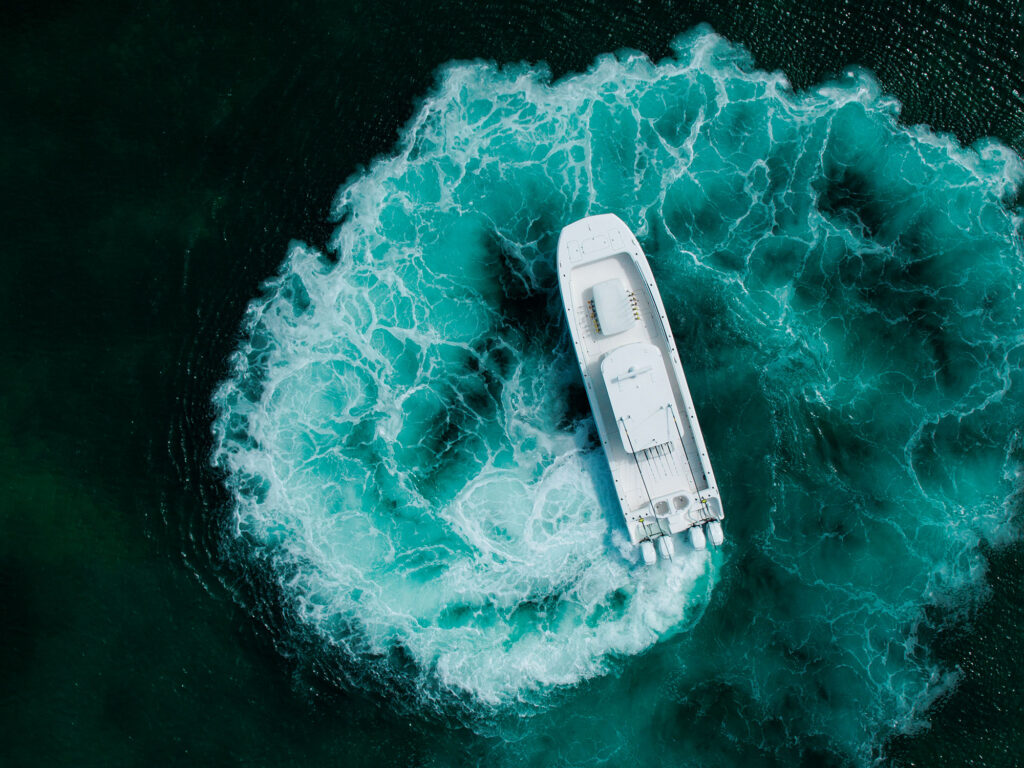
The popularity of the multihull (aka catamaran or cat) fishing boats has never been greater, as more and more boatbuilders enter this growing segment of the market. The inherent stability of the catamaran design rolls less with the seas, making fishing offshore less tiresome and more comfortable. Available from 20 to 48 feet, catamarans typically offer a large fishing platform with generous storage and fishing amenities. They are available in a wide variety of deck layouts, including center-consoles, dual-consoles, and even pilothouse and express variants.
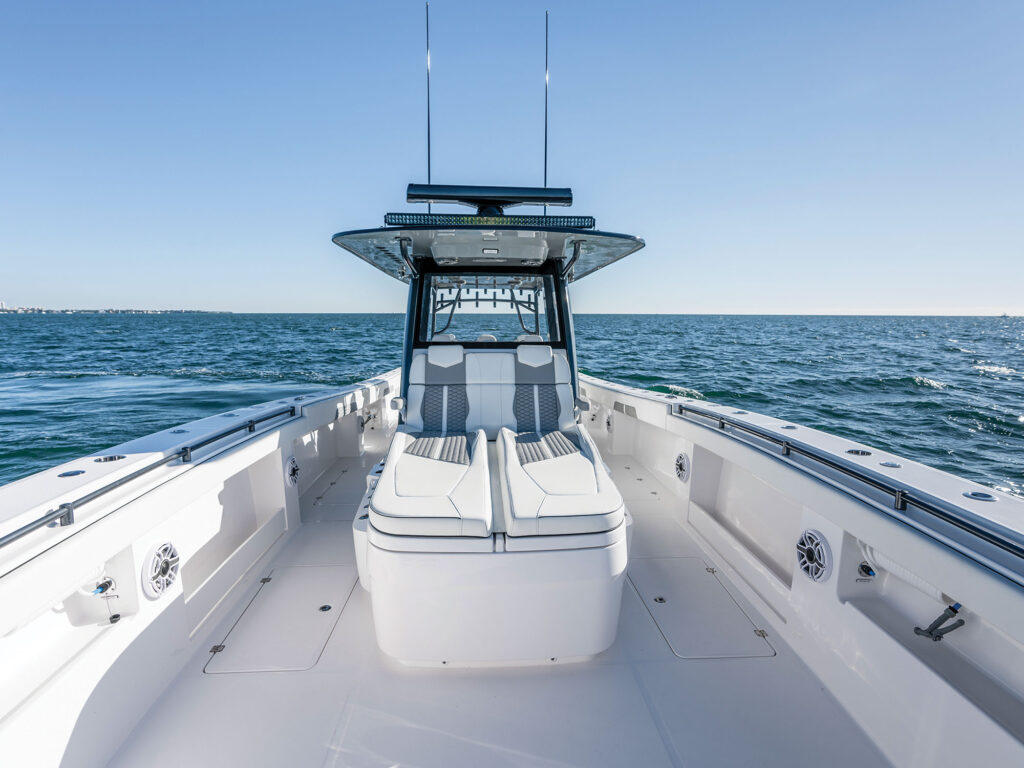
Big Picture
The large deck area of a catamaran enables many large underdeck storage lockers and insulated fish boxes in the sponsons. This gives anglers ample room for gear and the day’s catch. The catamaran’s stability, fishability, and smooth ride in rough seas make it attractive to anglers as well as day-cruisers. A center-console version adds 360 degrees of angler access to the rail. With the dual-console design, generous seating behind a beam-to-beam windshield makes for a great family fishing-friendly setup.
Live bait is one of the most popular types of fishing in virtually every coastal zone. To do it successfully requires optimal water capacity and proper flow. The minimum size of the outflow water plumbing should be twice the size of the inflow. The plumbing should have a drain at the bottom to shed scales at the end of the day, as well as a drain at the top of the well to adjust capacity and allow overflow. Above-deck transom-mounted wells should fully flood to the lids when running to keep baits from getting beat up.
Tip: A sump box with multiple pumps in case a pump fails is the best setup for first-rate livewells. Conveniently located inflow and outflow valves make it easy to optimize the flow without tiring your bait from swimming too much in the well.
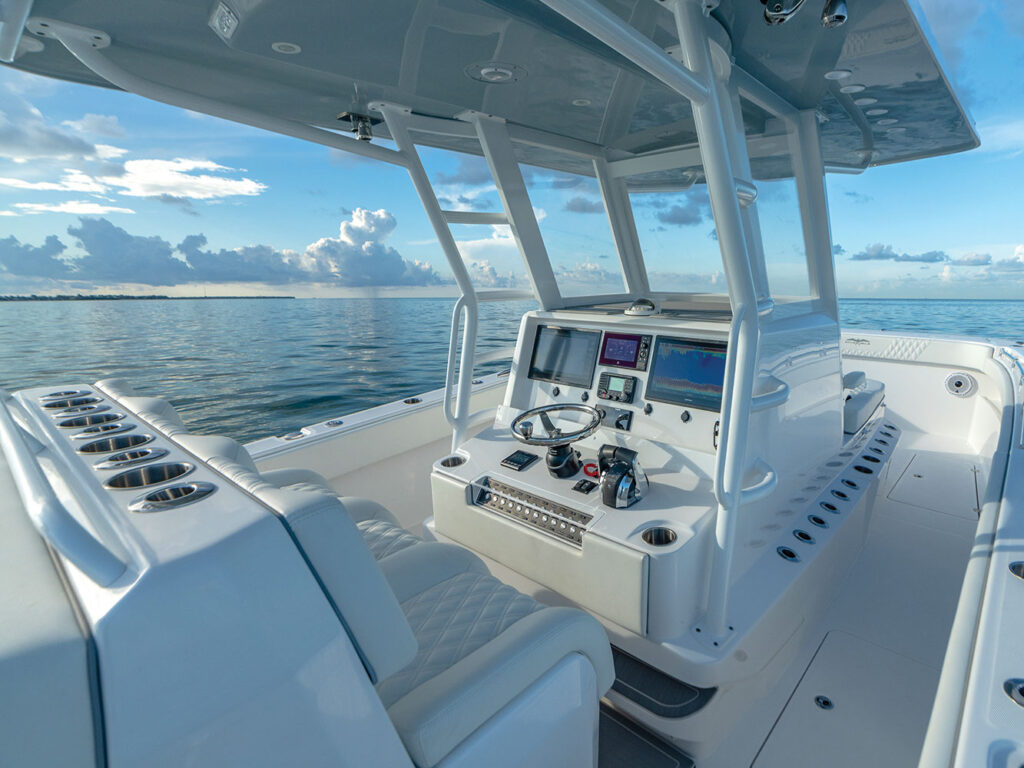
Rod Storage
Having enough rod holders is essential to be successful for opportunity fishing. Look for vertical rod storage along the console and across the back of the T-top. Many models also have rod holders along the outboard transom wall. Having plenty of gunwale rod holders for drift- and kite-fishing is helpful.
Tip: Placing adjustable swivel rod holders by Gemlux makes deep-dropping, lure-fishing and drifting even easier because they allow your rods to face the direction the baits are fishing, yet they can be swiveled back to keep rods from sticking out of the boat while running and docking.
Manufacturers often offer multiple choices for horsepower, but whatever the choice, the engines must come in pairs. For example, you might order twin outboards (one for each sponson) or four outboards (two for each sponson), but single- or triple-outboard configurations are not common on a cat. Optimal selection should be made based on user load, weight of the boat, ride comfort , performance desires, and best case for resale. It’s a rare day when you can run wide open, but having more horsepower gives better torque at slower speeds and thus better control. Running larger engines slower gives better fuel efficiency too.
Tip: When possible, choose the highest horsepower offered because it typically leads to a better resale value with a shorter sales cycle.
Power steering from engine manufacturer Optimus or SeaStar is essential with the higher horsepower required for larger boats, and it makes installing and operating the upper station in a tower far more practical and comfortable.
With the power demands of electronics, livewell pumps, stereo amps and more, it is wise to have at least two house batteries, and for larger boats, a third or fourth with a multibank charger for dockside. Each engine should have its own dedicated battery as well.
Electronics
Typically choosing the largest screen or multiple screens that will fit on the console is best-case scenario for ease of use, ergonomics, and visibility. VHF radios, stereo controller, and equipment switches for lighting, pumps, and accessories should all be integrated with greatest visibility and ease of operator reach.
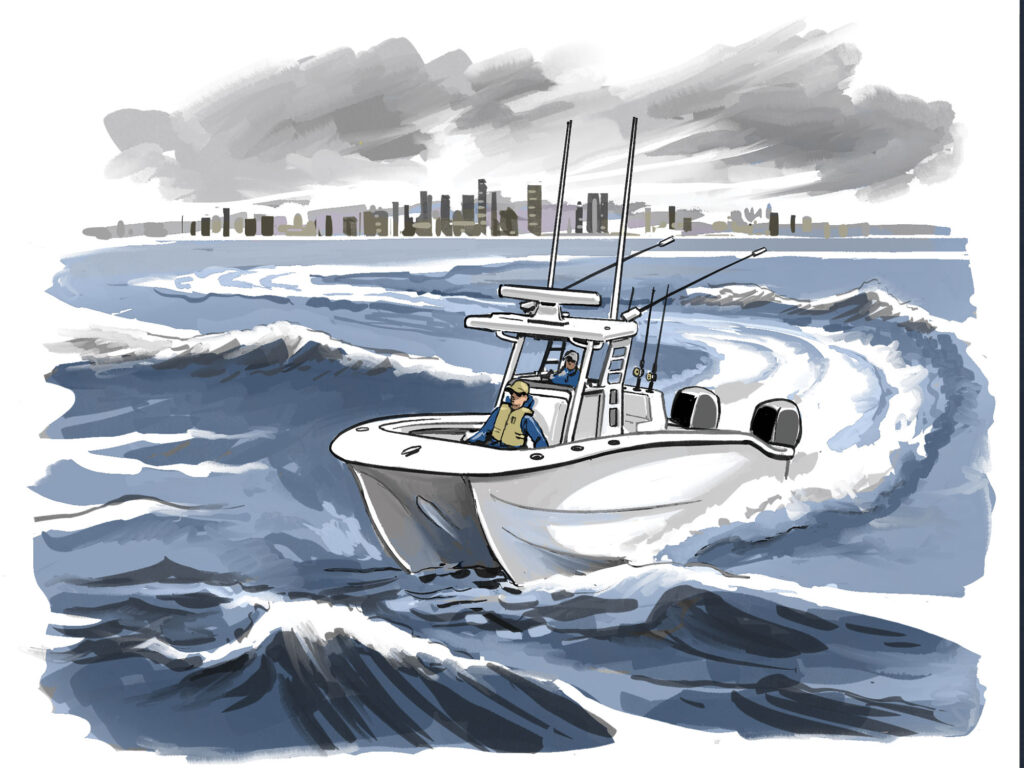
A Tale of Two Hulls
A catamaran rides on pair of hulls, or sponsons, each thinner and sharper than that of a similarly sized monohull boat. The narrow sponsons of the cat tend to slice easily through water to deliver a smooth ride, even in rough seas. At the same time, with the sponsons positioned out to the sides of the boat, cats tend to roll less, thus providing great stability to enhance crew comfort, security and safety. However, cats tend to corner more flatly than a monohull, and some hulls (but not all) tend to lean outward versus inward during a turn.
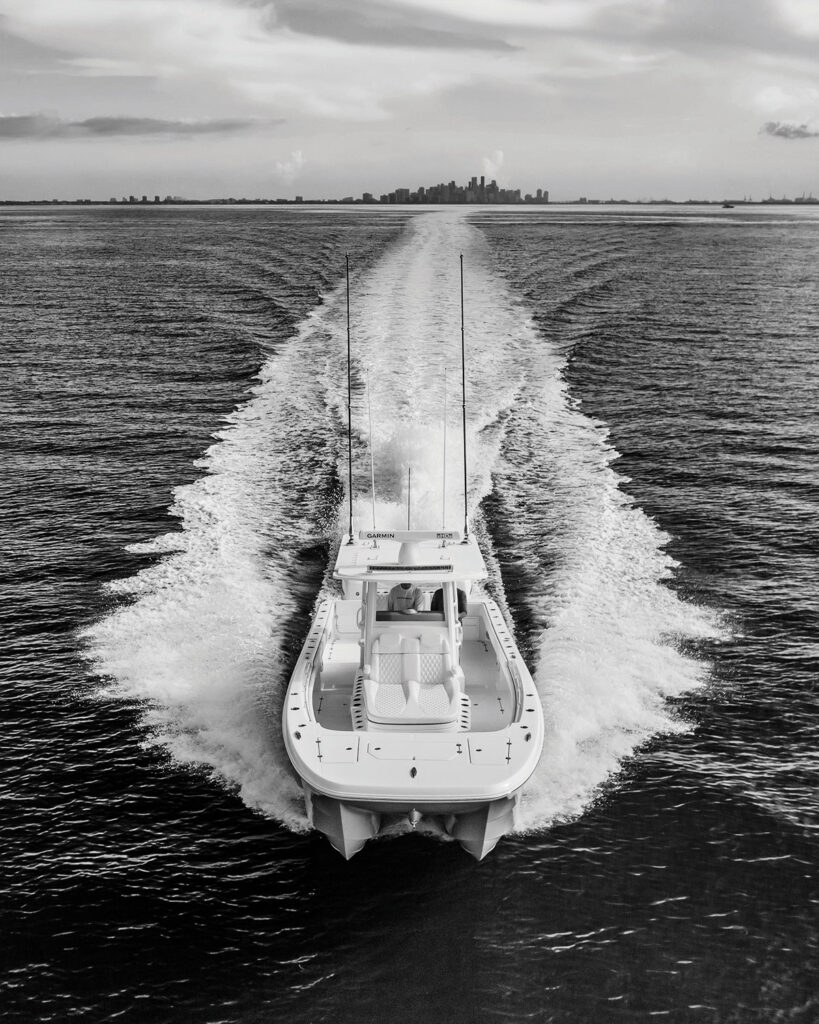
Experts Say
Newer designs such as Invincible’s Morelli and Melvin-designed semi-asymmetrical sponsons eliminate some of the negatives of the cat design, such as “sneezing,” where water sprays out the front of the boat when hitting a wave. They’ve also controlled the uncomfortable “outboard lean” sensation common in older designs when in a turn. Once transitioned to a catamaran, many become true believers and preach the benefits of the design.
Editor Says: Saltwater fishing cats not only offer superb stability and smooth ride, but some also display exceptional speed and range. I recall one trip out of Key West, Florida, aboard an Invincible 40 Cat with four 350 hp outboards to the Dry Tortugas. It was a 60-mile run, and we made it there in 70 minutes. We caught more fish than our arms could bear, and then dashed back to Key West, arriving in time for cocktail hour on the same day. -Jim Hendricks, Staff Editor, Boating and Fishing Group
- More: 2023 Boat Buyers Guide: More Resources , Boats
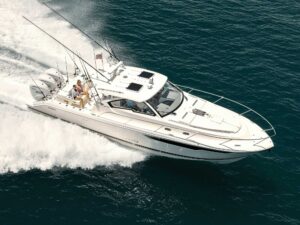
Pursuit OS 405 Offshore
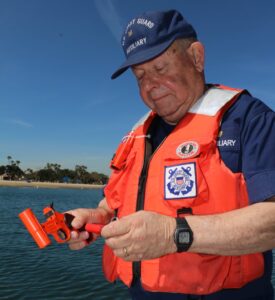
Prepare for Launch: The Springtime Vessel Safety Checklist
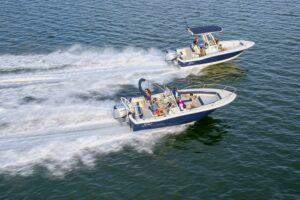
Honda Outboards and Scout Boats Create New Boat Line
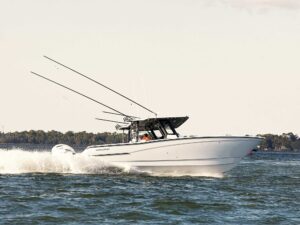
World Cat 400CC-X
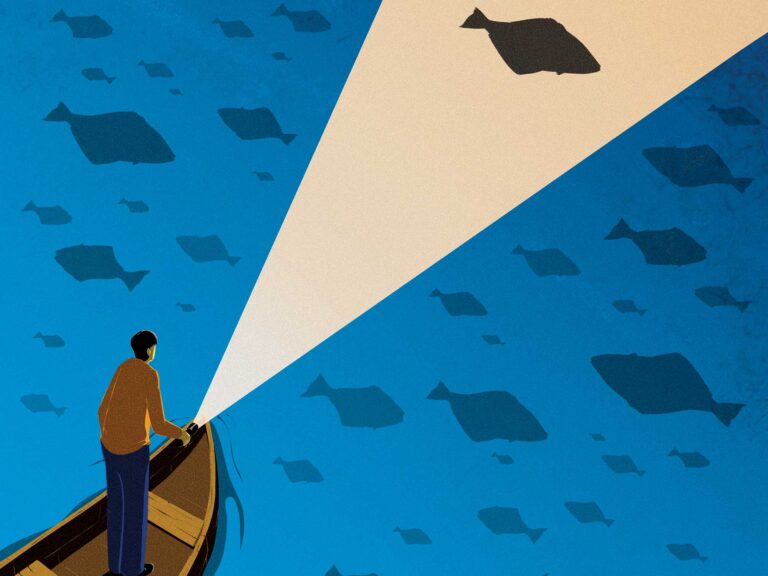
Where’s the Data for Making Changes to California’s Halibut Regulations?
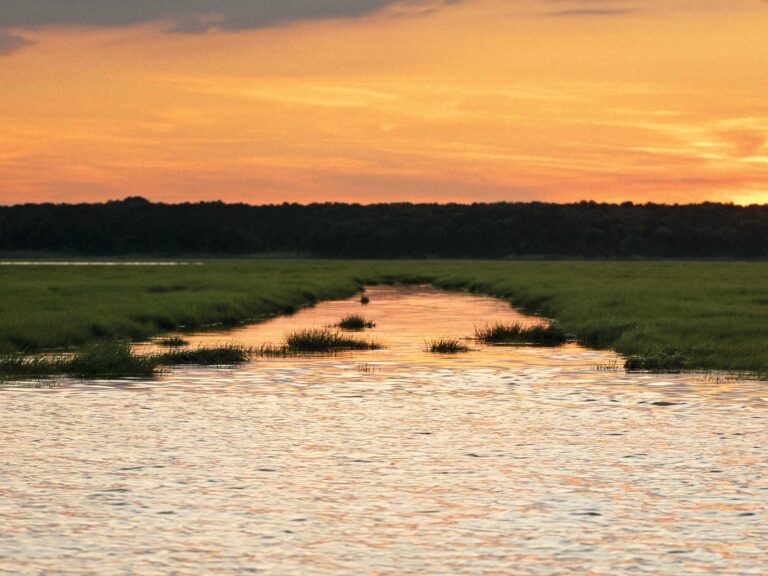
Chasing Striped Bass Through New Jersey Marshes
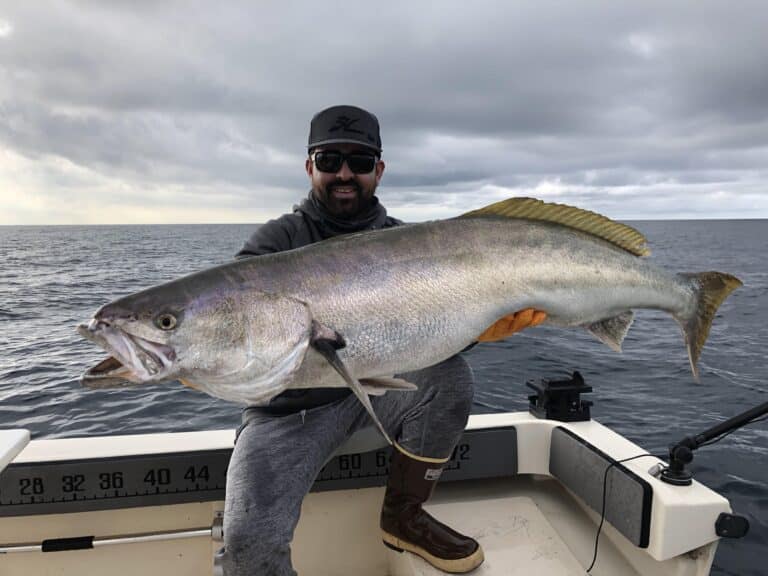
Where to Find the Best Fishing in March
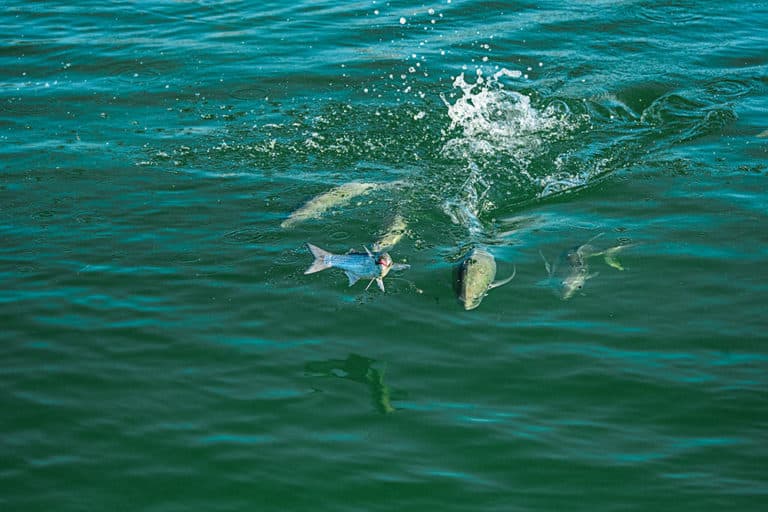
Kick Off Spring With the Southeast Mullet Run

- Digital Edition
- Customer Service
- Privacy Policy
- Cruising World
- Sailing World
- Salt Water Sportsman
- Sport Fishing
- Wakeboarding

Live unforgettable moments
Our experiences, dolphin watching, fun seeker rent a boat, a unique experience.
Look at the dolphins swimming and playing. During the watch, we can see dolphins swimming in the sea and jumping about.
Cruise 3 hours along the Mallorca’s Eastern Coast.
Depending on the time we spent with the dolphins, we will stop for a swim to enjoy throwing ourselves down the slide.
Pictures and videos can be taken while dolphins are swimming and playing.
Seeing dolphins is not guaranteed, as it is not totally manageable, and it is a natural process.
Looking forward to the future
Gathering the long years of experience of our crews with our latest generation catamaran-type boats with Eye-to-Eye Underwater Viewing Pods , Starfish glass bottom boats offers you the best boat trips on the Majorcan Southeast Coast since 2001. From Portocolom to Cala Figuera, we visit the coves and beaches to make you enjoy the wonderful landscapes of the Majorcan coast. Besides to visits to the picturesque ports of Portocolom and Cala Figuera or Cala Mondragó and its natural park, stops for swimming from the boat and sliding down our fantastic slides to the sea are included in some of our trips
Any doubts or suggestions?
Whenever you had any question or suggestions, please feel free to mail us.
Thank you for helping us to improve Starfish Boat.
Phone number
I expressly accept the privacy policy of this website. I here by expressly accept the sending of email from the entity.
- Things to Do Guide
- Places to See Guide
- Eating out Guide
- Shopping Guide
- Nightlife Guide
- Holiday Resorts Guide
- Top 10 Attractions
- Best Beaches
- Palma de Mallorca
- Water Parks
- Theme Parks
- Wildlife Parks & Zoos
- Cathedral de Mallorca Tour
- Top 10 Sights
- Best Routes
- Soller (Port de Soller)
- Historical Sites
- Best Museums
- Alcudia Old Town
- Best Restaurants
- Best Beach Clubs
- Best Nightclubs
- Outdoor Sports
- Water Sports
- Alcudia (Port d’Alcudia)
- Cala d’Or
- Cala Millor
- Cala Ratjada
- El Arenal (S’Arenal)
- Pollensa (Puerto Pollensa)
- Santa Ponsa
- About Majorca
- Top Holiday Resorts
- Travelling to Majorca
- Palma Airport (PMI)
- Car Rentals
- Luggage Storage
- Climate & Weather
- Useful Numbers
- Majorca Map
Majorca Glass-Bottom Catamaran Boat Trip: Tickets Cruises Advice
Are you ready to embark on a mesmerizing adventure in Majorca? Join us on a Majorca Glass-Bottom Catamaran Boat Trip and experience the beauty of the Mediterranean like never before. This unique excursion is perfect for nature lovers, water enthusiasts, and those seeking a truly immersive experience in this stunning island paradise. It is also one of the most popular boat trips in Majorca . Get ready to set sail, witness the vibrant marine life, and create unforgettable memories. Let’s dive in!
Table of Contents
Unveiling the Wonders of the Mediterranean
Step aboard our state-of-the-art glass-bottom catamaran and get ready for a journey that will take you beneath the surface of the Mediterranean. This innovative boat is equipped with large glass panels on the bottom, offering a window to the underwater world below. As we sail through the turquoise waters, you’ll have a front-row seat to the fascinating marine life and the captivating underwater landscapes.
Highlights of the Majorca Glass-Bottom Catamaran Boat Trip
1. panoramic views and relaxation.

As the boat sets sail, find a comfortable spot on the spacious deck and take in the panoramic views of Majorca’s stunning coastline. Breathe in the fresh sea air, feel the gentle breeze against your skin, and let the tranquility of the sea surround you. It’s the perfect setting for relaxation, reflection, and connection with nature.
2. Discover the Underwater World
The highlight of the Majorca Glass-Bottom Catamaran Boat Trip is, of course, the opportunity to explore the underwater world without getting wet. Look through the glass panels and marvel at the kaleidoscope of colors and life beneath the surface. From vibrant coral reefs to schools of colorful fish, you’ll witness the magic and diversity of the Mediterranean’s marine ecosystem. Keep an eye out for turtles, dolphins, and other marine creatures that might make an appearance during our journey.
3. Expert Guided Commentary
To enhance your understanding and appreciation of the marine environment, our knowledgeable guides will provide expert commentary throughout the trip. Learn about the different species of fish, the delicate balance of the ecosystem, and the importance of conservation efforts. Gain valuable insights into the fascinating underwater world and deepen your connection to nature.
4. Snorkeling Adventure
For those who want to get even closer to the marine life, we offer a snorkeling adventure during the Majorca Glass-Bottom Catamaran Boat Trip. Dive into the crystal-clear waters, don your snorkeling gear, and explore the underwater world firsthand. Swim among the fish, observe the vibrant coral formations, and experience the sensation of being part of this thriving ecosystem. It’s a unique opportunity to connect with nature and create unforgettable memories.
No Regrets Booking Advice
5. refreshments and onboard amenities.
To ensure your comfort and enjoyment throughout the trip, we provide refreshments and onboard amenities. Indulge in a selection of snacks and drinks as you soak up the sun and take in the beauty of Majorca’s coastline. Sit back, relax, and let the soothing ambiance of the catamaran enhance your overall experience.
Insider Tips for the Ultimate Majorca Glass-Bottom Catamaran Boat Trip

To make the most of your Majorca Glass-Bottom Catamaran Boat Trip, here are some insider tips and advice:
- Book in Advance : The Majorca Glass-Bottom Catamaran Boat Trip is a popular attraction, so it’s recommended to book your tickets in advance. This ensures you secure your spot and guarantees an unforgettable adventure.
- Bring Sun Protection : Don’t forget to bring sun protection essentials such as sunscreen, a hat, and sunglasses. The Mediterranean sun can be intense, and you’ll want to stay protected while enjoying the breathtaking views and the open deck of the catamaran.
- Pack Snorkeling Gear : If you’re interested in the snorkeling adventure, don’t forget to bring your own snorkeling gear. While some equipment may be available on the boat, having your own gear ensures a comfortable and personalized experience.
- Dress Comfortably : Opt for lightweight and comfortable clothing that is suitable for the warm weather and easy movement on the boat. Consider wearing a swimsuit or bringing a change of clothes if you plan to snorkel.
- Arrive Early : Arriving early at the departure point ensures a smooth check-in process and allows you to secure a favorable spot on the catamaran. You’ll have more options to choose from, whether you prefer a shaded area or a prime spot near the glass-bottom panels.
- Follow Safety Instructions : Your safety is our top priority. Listen attentively to the safety instructions provided by the crew before the trip and follow their guidelines throughout the journey. This ensures a safe and enjoyable experience for everyone on board.
- Bring a Camera : Capture the beauty of the underwater world and the stunning coastal scenery by bringing a waterproof camera or a camera with a waterproof casing. You’ll want to preserve these memories and share them with friends and family.
- Respect the Marine Environment : As you explore the underwater world, remember to respect the marine environment. Avoid touching or damaging coral reefs and refrain from feeding or disturbing the marine life. Let’s all play a part in preserving this fragile ecosystem for future generations to enjoy.
- Share Your Experience : After the Majorca Glass-Bottom Catamaran Boat Trip, share your experience with others. Write a review, post photos on social media, and recommend it to friends and fellow travelers. By spreading the word, you contribute to promoting responsible tourism and supporting local businesses.
Book Your Majorca Glass-Bottom Catamaran Boat Trip Today!
Are you ready to embark on an extraordinary adventure in Majorca? Book your Majorca Glass-Bottom Catamaran Boat Trip today and immerse yourself in the wonders of the Mediterranean. Explore the vibrant underwater world, enjoy panoramic views of the coastline, and create memories that will last a lifetime. Don’t miss this opportunity to experience the beauty and tranquility of Majorca from a unique perspective. Join us on this unforgettable journey and let the magic of the sea captivate your senses. See you on board!
Book Your Tickets Online
Related reading, best theme parks in magaluf (what to expect tickets advice), mallorca zoo natura parc: best tickets & tours + advice, katmandu adventure park magaluf: best tickets & tours + advice, scuba diving in majorca: best tours, diving locations + advice.
© 2016-2024 Travel Guide & Holidays to Majorca - Mallorca, Balearics, Spain
- Privacy Policy

(866) 999-DOCK (3625)
Catamaran & Flat Bottom Boat Docks
A Full Range Of Drive On Boat Lift Solutions
Gulf Stream Docks offers a full range of drive on boat lifts for catamaran and flat bottom boats up to 26 feet or 5,000 pounds wet weight. Our drive on boat lifts can accommodate a wide variety of catamarans and skiffs including both power and sailboats. And, just like all of our other boat lifts, you can add a floating walkway or platform or one of our kayak launch dock systems to accommodate all of your waterfront needs. We love to find solutions for all other types of boats and watercraft. Contact us to discuss your specific needs.
Gulf Stream Docks systems offer features and benefits like none other including:
- Our modular dock system has been designed to be extremely user friendly for both do-it-yourself and pro installations
- The assembly process is fast and easy. Most of our dock systems can be assembled in just a few hours and some cases in as little as 30 minutes
- Our float modules are twice the size of other offerings and feature a clean and subtle non-skid tread pattern that is safe and easy to walk on and looks great in any application
- We equipe our docks for catamaran and flat bottom boats with a contoured center channel so that if you switch out to a boat with a center keel the dock will be fully functional.
- Our floats have six robust connection points that keeps the dock stable from side to side yet provides flex from front to back for easy drive on docking
- With a .25 inch wall thickness and ultra-high UV protection Gulf Stream Docks’ floats will provide years of rugged and trouble free use
- Gulf Stream Docks have a series of internal channels in between each row of floats that can be used to secure support beams to form a skeletal structure right inside the dock or extra stability and buoyancy when needed
- Gulf Stream Docks connecting pins are injection molded out of super tough nylon that provides excellent strength and ease of installation
- The connecting pins are designed to be used as attachment points for handrails, storage racks and more
- Gulf Stream Docks offers a variety of attachment options and accessories that will make your drive on boat lift extremely functional and enjoyable
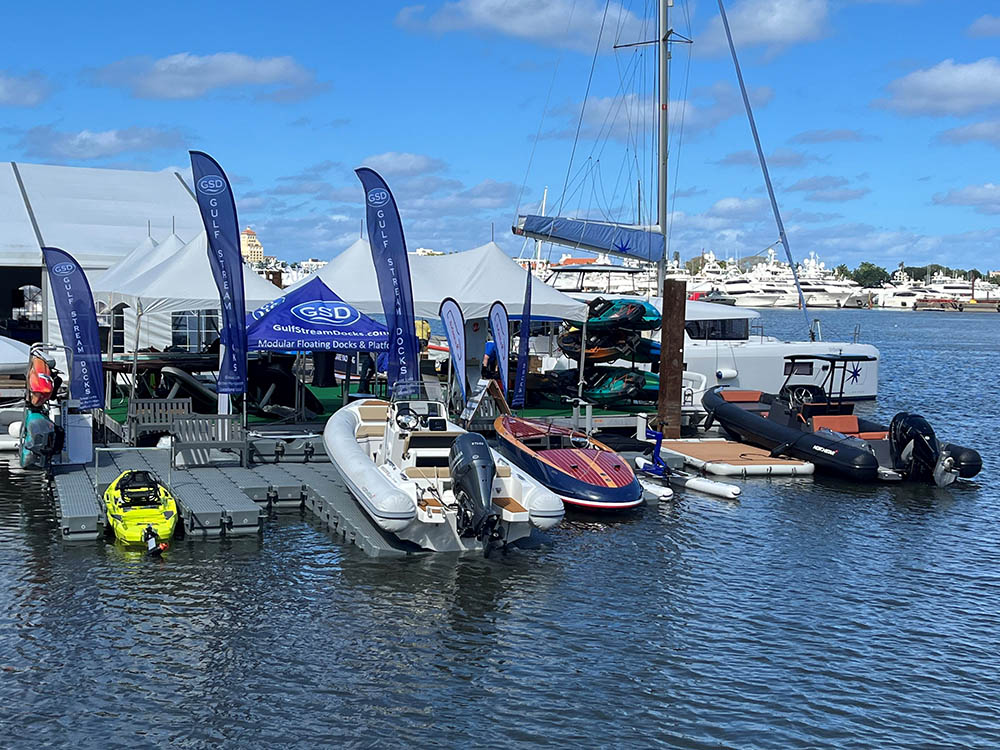
Questions About Your Floating Dock Needs?
Need help selecting the floating dock system that’s right for you? Contact our office today to speak with a member of our staff about your needs. We welcome the opportunity to educate you of your options and earn your business!
Moscow Boat Tour
- Page active

Description
See all the gems of historical and cultural center of the capital in short time and without traffic jams or tiresome walking.
Depending on the itinerary and duration of the Moscow River boat trip, the tour can be 3 or 5 hours.
Highlights of the tour
- St Basil’s Cathedral;
- Stalin skyscraper on Kotelnicheskaya (Tinkers) embankment;
- The Kremlin;
- “House on the Embankment” Stalin skyscraper;
- Monument to Peter I;
- The Central House of Artists;
- Christ the Savior Cathedral;
- Gorky Park;
- Moscow State University;
- Russian Academy of Sciences;
- Luzhniki stadium;
- Novodevichy Monastery;
- Kiev railway station;
- Europe Square;
- Moscow City Hall;
- Government House;
- Expocentre Exhibition Complex;
- and other famous sights.
You will learn about the different epochs of the city from the foundation in 1147 till Soviet times of 20 th century.
Moscow River
Moskva river has the form of a snake and is the main waterway of Moscow, consisting of a cascade of reservoirs. Within the city, Moskva river is 80 km long, 120 m - 200 m wide and up to 14 m deep. The narrowest part of the river is the Kremlin area in the city center, and the most extensive is around the Luzhniki Stadium in the south.
Bridges in Moscow
Undoubtedly, bridges and embankments are among the most scenic spots and main attractions of Moscow. Plus, they are so romantic.
- Bolshoy Kamenny Bridge – Great Stone Bridge – is the main bridge of Moscow . The first stone bridge was constructed here in the 17th century.
- Patriarshy Bridge is one of the youngest pedestrian bridges, built in 2004. The bridge connects the iconic Christ the Saviour Cathedral with funky Bersenevskaya embankment, extremely popular place among locals for its trendy art galleries, cafes and panoramic views. Patriarshy Bridge used to be a shooting location for ex-Russian President Dmitry Medvedev's New Year speech to the nation.
- Borodinsky Bridge, erected in honor of the 100th anniversary of the glorious victory in the Battle of Borodino (which every Russian kid knows about), a fierce legendary battle during the Russo-French war of 1812.
- Bagration Bridge one of the pedestrian bridges with most picturesque views of the Moskva River with its numerous upper-level observation platforms. The bridge was erected to celebrate the 850th anniversary of Moscow city in 1997.
- Krymsky Bridge used to be in Top 5 Europe’s longest bridges some 100 years ago. The bridge got its name after the ancient Krymsky ford which Crimean Tartars used to invade Moscow in the 16 th century.
Embankments of Moscow
Moscow river boats 37 embankments, the most popular being Kremlevskaya, Sofiyskaya, Pushkinskaya, Vorobyovskaya and Kolomenskaya.
You can get the most spectacular views of the Kremlin from Kremlevskaya and Sofiyskaya embankments.
- Pushkinkaya embankment is the most romantic in Moscow. It meanders along Gorky Park and Neskuchnyi garden and is rich for all kinds of entertainment as well as cozy nooks, including Olivkovy beach, the famous Zeleny theater as well as a pier for river cruisers.
- Vorobyevskaya embankment is part of Sparrow Hills nature reserve. This place opens a beautiful panorama of the river and city from the observation deck and is considered to be the place for taking serious decisions in life.
- Embankment in Kolomenskoye Museum-Reserve has a special charm due to its peculiar geographical relief. The boat trip around Kolomenskoye would be the most peaceful in your life.
- Taras Shevchenko embankment is popular among photographers for its modern Moscow City skyscrapers. Highly recommended for your night boat trip.
- Embankments of Moscow are the pride of the capital. A distinctive feature of each of the promenades is its architecture and beautiful views. In addition, almost all the embankments of Moscow have a rich history and a lot of notable buildings.
Different epochs
Taking a walk along the Moskva River by boat, you will witness the architecture of Moscow from different eras and styles. Archaeological studies indicate that already in the XI century there stood a fortified settlement on Borovitsky hill, which is now called the Kremlin. Little fortress could not accommodate all the residents of the rapidly growing city, and the Grand Duke ordered the construction of a new Kremlin, larger than the former.
Boat trip around Kolomenskoe Park
Moscow river boat trip starts from the pier Klenovy (Maple) Boulevard and provides reat views of Nicholas Perervinsky monastery.
Nicholas Perervinsky monastery was founded at the time of the Battle of Kulikov (1380). The monastery, got its name from the surrounding area – “Pererva”, which can be translated like “tear off” and because of the location – here it abruptly changed its course, turning to Kolomna, standing on the opposite bank.
Nowadays Kolomenskoye is State Art, Historical, Architectural and Natural Landscape Museum-Reserve, which doors are open to everyone who wants to get in touch with the ancient history of Russia.
Take a break from the big city hustle in the shady parks and gardens of the Kolomenskoe Museum-Reserve. Don’t miss a wonderful Church of the Ascension and Tsar Alexey’s Palace in Kolomenskoye!
Monasteries and temples
- Novospassky Monastery
- Founded in the 13th century on the site where now is located the Danilovsky monastery. After a few decades, in 1330, Ivan Kalita moved the monastery onto the Borovitskii hill of the Kremlin. However, in the 15th century, Spassky Monastery again moved, this time to a more spacious place on Krasnoholmskaya waterfront.
- Church of St. Nicholas in Zayaitskom
- Erected in the middle of the XVIII century in baroque style. The building survived after the 1812 fire, but the utensils were destoyed. Parishioners collected donations and restored the temple on their own. In Soviet times, it was closed and re-opened only in 1992.
- Cathedral of Christ the Savior
- The church was originally erected in honor of the victory over Napoleon and was being under construction for long 44 years. Notoriously demolished in 1937 to be a giant swimming pool under open sky. The current building was constructed in 1990s. It is the tallest and one of the largest Orthodox churches in the world.
- The temple was built in 1679-82, during the reign of Tsar Fedor Alekseevich, in late Muscovite Baroque style and can be characterized as bonfire temple. Each gable is a symbol of a heavenly fire.
- Novodevichy Convent
- The most famous concent and monastery in Moscow, presumably founded in 1524. Novodevichy’s status has always been high among other monasteries, it was in this monastery where the women of the royal blood, the wives of Tsars and local rulers of Moscow were kept in prison as nuns.
- St. Andrew’s church (male acts as Compound Patriarch of Moscow)
- St. Andrew’s church stands right on the slopes of the Sparrow Hills, on the way down to the Moskva River, on the territory of the Nature Reserve “Sparrow Hills”. The monastery is small in size but is very cozy. It’s situated in a quiet courtyard surrounded by temples, fruit trees and flowers.
What you get:
- + A friend in Moscow.
- + Private & customized Moscow river cruise.
- + An exciting pastime, not just boring history lessons.
- + An authentic experience of local life.
- + Flexibility: changes can be made at any time to suit individual preferences.
- + Amazing deals for breakfast, lunch, and dinner in the very best cafes & restaurants. Discounts on weekdays (Mon-Fri).
- + A photo session amongst spectacular Moscow scenery that can be treasured for a lifetime.
- + Good value for souvenirs, taxis, and hotels.
- + Expert advice on what to do, where to go, and how to make the most of your time in Moscow.
Write your review

IMAGES
VIDEO
COMMENTS
Where a 50-foot V-bottom from Outerlimits powered by twin 1,350-hp engines from Mercury Racing might run 145 mph, the same-size catamaran from Statement Marine with the same power package might well top 180 mph. And for the most part—key words—cats are more stable than V-bottoms at high speeds. But—there's always a but.
We can also see that the cat consistently decelerated slower when it hit the wave than the V-hull did. It had an average deceleration of 0.287 seconds, compared to the V-hull's 0.081 seconds-which is 3.5 times faster. The cat not only landed with less force, it decelerated slower as well.
Parts of a sail. Luff; the front part of the sail, is connected to the mast through a rail system which makes it possible to hoist or reef. Leech; the back part of the sail. Foot; the bottom part that reaches from the clew to the tack. Clew; back bottom corner.
Catamarans aka Tunnel Boats; Offshore V bottoms and catamarans between 35 and 50 feet are the most popular because they are seaworthy. Let's take a deeper look at both of these types of offshore powerboats. Offshore V-Bottom Monohull Speed Boats. The offshore monohull V-bottom is still the quintessential high-performance powerboat.
Raked Mast on Dean 440. saildrive (n.) - a type of drive common on most newer catamarans which helps maximize space and minimize drag as well as being cheaper to build. The engines are in lockers in the swim platforms instead of under the aft berths. There are maintenance issues such as increased difficulty in changing oil and underwater seals which commonly deteriorate and let raw water ...
Fury Catamaran Glass Bottom Boat offers a seated sun deck and air-conditioned, enclosed viewing area as well as restrooms and a snack bar. The catamaran's twin hull design allows for maximum stability and much less rocking motion than traditional V-hull designs. Our boat is designed to allow maximum viewing with minimum stress to the delicate ...
A catamaran is a twin-hull boat with two equally-sized hulls placed side by side. They're powered by engines, sails, or both—and they're known for efficiency and speed. Catamarans are the most common kind of multihull boat. In this article, we'll go over the characteristics of catamarans and how to differentiate them from other types of ...
Built by a wide variety of yacht makers, there are currently 1,800 catamaran yachts for sale on YachtWorld, with 438 new vessels for sale, and 1,362 used and custom yachts listed. These vessels are all listed by professional yacht brokerages and new boat dealers, mainly in the following countries: United States, France, Croatia, Italy and Greece.
The Glass Bottom Boat also serves as our tender to our Catamarans for cruises departing and/or returning to Anaeho'omalu Bay. Vessel Specifications. Length: 26'. Width: 12'. Passenger Capacity: USCG Certified for 19 Passengers. Twin Honda 50 HP Outboard Engines.
Key West's only window to the sea! Join us aboard our Glass Bottom Boat and experience Key West's vibrant underwater paradise without ever having to get wet! Through the glass panels of our spacious catamaran, you'll get to see all kinds of marine life- and who knows, you might even spot a sea turtle or a stingray!
Unlike traditional monohull boats that feature a single hull, catamarans distribute their buoyancy across two hulls, offering superior stability even in rough waters. ... The boom is a horizontal spar attached to the bottom of the mast, helping support and control the lower edge (foot) of the mainsail. It swings back and forth with changes in ...
Take a snorkel tour of Maui in a glass-bottom boat. 2. Explore the marine life in glass-bottom catamaran. 3. Watch ocean wildlife in a semi-submarine. 4. Go whale-watching on a triple-decker catamaran. 5. Dive into Maui's western coastline.
Dubbed Picchio Boat (Woodpecker Boat), the luxury catamaran concept boasts large living zones, natural wooden decking, luxury furnishings and a stunning glass-bottom master bedroom. The 21-m (71 ...
A catamaran rides on pair of hulls, or sponsons, each thinner and sharper than that of a similarly sized monohull boat. The narrow sponsons of the cat tend to slice easily through water to deliver a smooth ride, even in rough seas. At the same time, with the sponsons positioned out to the sides of the boat, cats tend to roll less, thus ...
Looking forward to the future. Gathering the long years of experience of our crews with our latest generation catamaran-type boats with Eye-to-Eye Underwater Viewing Pods, Starfish glass bottom boats offers you the best boat trips on the Majorcan Southeast Coast since 2001. From Portocolom to Cala Figuera, we visit the coves and beaches to make ...
Highlights of the Majorca Glass-Bottom Catamaran Boat Trip 1. Panoramic Views and Relaxation. As the boat sets sail, find a comfortable spot on the spacious deck and take in the panoramic views of Majorca's stunning coastline. Breathe in the fresh sea air, feel the gentle breeze against your skin, and let the tranquility of the sea surround you.
A Full Range Of Drive On Boat Lift Solutions. Gulf Stream Docks offers a full range of drive on boat lifts for catamaran and flat bottom boats up to 26 feet or 5,000 pounds wet weight. Our drive on boat lifts can accommodate a wide variety of catamarans and skiffs including both power and sailboats. And, just like all of our other boat lifts ...
Boat trip around Kolomenskoe Park. Moscow river boat trip starts from the pier Klenovy (Maple) Boulevard and provides reat views of Nicholas Perervinsky monastery. Nicholas Perervinsky monastery was founded at the time of the Battle of Kulikov (1380). The monastery, got its name from the surrounding area - "Pererva", which can be ...
Boatmarket - sale of Fountaine Pajot motor catamarans in Moscowhttp://www.boatmarket.ru/
Boatmarket - sale of Fountaine Pajot motor catamarans in Moscowhttp://www.boatmarket.ru/
INMOTION SCV at MOSCOW BOAT SHOW 2014.For More details,https://www.inmotionworld.comFollow INMOTION Facebook,https://www.facebook.com/InmotionWorldFollow INM...